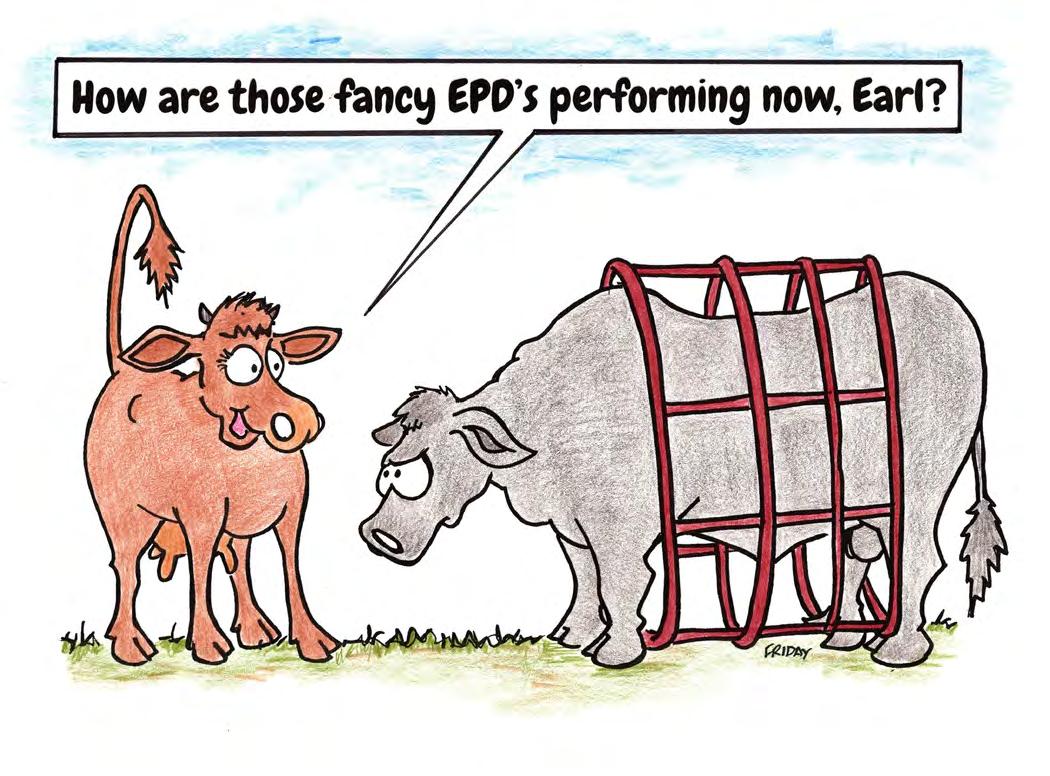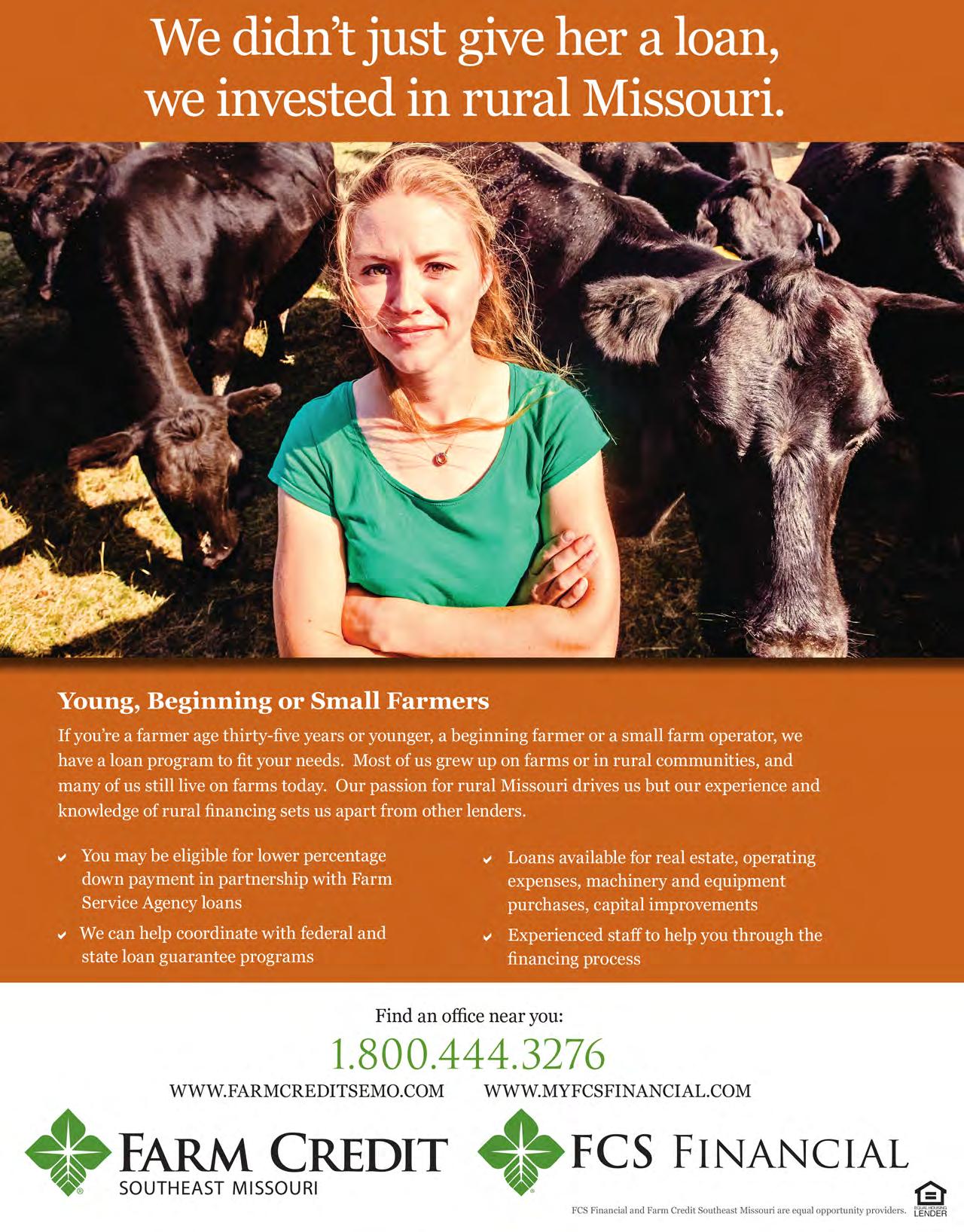





DEPARTMENTS









Magazine Publishing Office 2306 Bluff Creek Drive, #100, Columbia, MO 65201 Phone: 573-499-9162 • Fax: 573-499-9167
Andy Atzenweiler: Editor/Production/Ad Sales P.O. Box 480977 • Kansas City, Missouri 64148 816-210-7713 • E-mail: mobeef@sbcglobal.net
Missouri Cattlemen’s Association
MCA Website: www.mocattle.com
Mike Deering, Executive Vice President - Ext 230 Mike@mocattle.com
Courtney Collins, Manager of Membership– Ext 231 Courtney@mocattle.com
Aly Francis, Manager of Strategic Solutions – Ext 235 Aly@mocattle.com
Lisa Stockhorst, Administrative Assistant – Ext 234 Lisa@mocattle.com
Missouri’s Cattlemen Foundation www.mocattlemenfoundation.org
Missouri’s CattleWomen http://mocattle.com/missouricattlewomen.aspx
Chuck Miller, President 573-881-3589 • 393 Spring Garden Road, Olean, MO 65064
Jeff Reed, President-Elect 903-279-8360 • P.O. Box 35, Williamsville, MO 63967
Anita Vanderwert, Vice President 573-808-3000 • 4902 Conchero Ct., Columbia, MO 65203
Marvin Dieckman, Treasurer 660-596-4163 • 28998 Hwy JJ, Cole Camp, MO 65325
Charlie Besher, Secretary 573-866-2846 • RR 5, Box 2402, Patton, MO 63662
Region 1: Ethan McNeill, 325 McMurry St. Paris, MO 65275 636-544-9943
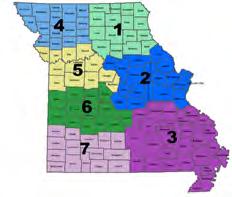
Region 2: Blake McDonald, 250 Clonts Rd. Sullivan, MO 63080 • 573-205-7914
Region 3: Blake Crow, 1910 W. Broadway St., West Plains, MO 65775 • 417-293-9525
Region 4: Deb Thummel, 12601 Hwy. 46 Sheridan, MO 64486 • 660-541-2606
Region 5: Alex Haun, 1031 SW 600 Rd Holden, MO 64040 • 816-345-0005
Region 6: Warren Love, 8381 NE Hwy ZZ Osceola, MO 64776 • 417-830-1950
Region 7: Josh Worthington, 401 N. Dade 231 Dadeville, MO 65635 • 417-844-2601

The Missouri Cattlemen’s Youth Expo was held the second weekend of June in Sedalia on the Missouri State Fairgrounds. This expo featured the 41st Annual MCA All-Breeds Junior Show with 373 exhibitors and over 700 head of cattle. The 42nd Annual MCA All-Breeds Junior Show will be held June 12-15, 2025, in Sedalia on the Missouri State Fairgrounds. Show results start on PAGE 32.
We are just a few short weeks away from the 2024 Missouri State Fair and another big year for the Beef House. Our volunteers help ensure the success year after year on the fairgrounds and we could not do it without you! Beef House cleaning days are Friday, August 2 at 9 a.m. and Monday, August 19 at 9 a.m. Reminders will be sent out to all members with their respective county affiliate scheduled time to volunteer at the Beef House. To view the tentative Beef House schedule and for more information see PAGE 21.
We are looking forward to the 2024 Youth Industry Tour. This year’s trip will take participants to Southwest Missouri to Region’s 6 and 7 of Missouri Cattlemen’s Association. We have exciting tour stops planned at local businesses and cattle operations, featuring the unique agriculture industry opportunities in the area. Participants must be a freshman in high school to 21 years of age to attend. Space is limited to the first 50 applicants and spots are filling up fast. Registration is open online. More information can be found on mocattle.com or by flipping to PAGE 79.
Summer is here, and events are in full swing, but don’t forget to mark your calendars for events scheduled this fall! The 29th Annual Missouri’s Cattlemen Foundation Cattlemen’s Classic Golf Tournament will be held on Thursday, September 12, in Fulton at the Tanglewood Golf Course. The tournament will be a four-person scramble with a shotgun start. Prizes will be awarded to the top teams in both the “Cattlemen” and “Open” classes. 2023 saw a fantastic turnout for MCF supporters and we look forward to the same success in 2024. To join in on the fun and help raise money for a good cause, look for the registration form in this month’s magazine or visit the MCA website. For more details, see PAGE 73.
The 2023-2024 Profitability Challenge is wrapping up and we are gearing up for the 2024-2025 competition. The Profitability Challenge will kick off with steers being dropped off at MU South Farm on November 7, 2024, from 8 a.m. to 4 p.m. Steer drop off will be held in conjunction with the MCA Board of Directors meeting on November 7, 2024. FFA Fantasy Feedout will open registration November 1, 2024. Draft Day for the 2024-2025 FFA Fantasy Feedout program will be held February 11, 2025, starting at Trowbridge in Columbia. For more details, see PAGE 80.
Marie Fitzgerald, Arnold, MO
Jamie Burger, Benton, MO
Eric Imhoff, Rolling Hills Livestock, Blackwater, MO
Katie Siegel, JKCS Cattle Co, California, MO
Cierra Britton, Cuba, MO
Ellery Whitt, De Soto, MO
Dalton Cooper, Dittmer, MO
Elizabeth Althoff, Hillsboro, MO
Morgan Crosby, Hillsboro, MO
Hunter Ferber, Hillsboro, MO

Brooke Patterson, Hillsboro, MO
Logan Miller, Long Lane, MO
Jessi Thomas, Luebbering, MO
Ashley Bode, Palmyra, MO
Katie Kamm, Palmyra, MO
Mitchell Rice, M Rice Enterprise LLC, Salisbury, MO
Aaron Mcintosh, Van Buren, MO
Jesse Schroeder, Westphalia, MO
See the MCA Membership Form on page 93



“Somebody who’d bale a family together with the soft strong bonds of sharing, who would laugh and then sigh, and then reply, with smiling eyes, when his son says he wants to spend his life ‘doing what dad does. So God made a farmer,” Paul Harvey.
The generational transfer of farms and ranches will occur at a much higher rate in the next few years. This is mostly due to the ever-increasing average age of farmers or and ranch owners. Others will sell out due to good prices, because of development or to someone else who has the ability to grow their own operation. Simply put, our industry will change a great deal in the next decade or two. Our great state is blessed with one of the largest collections of farms or ranches in the country and 50,000 of those are cattle operations. Some industry experts are saying we should expect to see a fewer number of large farms. Perhaps cooperatives and cooperative groups will see a resurgence to increase purchasing power. As times are changing, I believe the next generation will find new ways …to do old things.
Some good news here, is we have more resources and better tools, if used the right way, to cope with parts of this change. Livestock Risk Protections are perhaps the most recent, useful tools. Other tools include: pasture and range insurance, social media, online livestock sales, livestock marketing and video marketing. Innovative folks like Wes Tieman have created an online sale platform like “Bid On Beef.” Alongside of those great tools and resources, our industry is currently enjoying historically high prices, but with much higher input costs too. My wish it is that our Missouri cattle operations use any historic profits to upgrade their operations for the future, when we know that times will get tougher, and profits will shrink.
You’ve likely always heard that you need a last will and testament. Hopefully you have one, as that is the bare

minimum in estate planning. How you plan to pass on your farm is critical to the success of the next generation and you owe it to them to be prepared. See a professional whom you know and trust to get this done soon. If you happen to not have interested heirs, please consider working with a younger producer who needs a start in our industry. In fact, that is how my family and I got our start in the industry. I met Ersel and Dorothy Lawman many years ago when I moved to Columbia. They allowed me to use sweat equity and a small investment to get started in the seedstock business. Zane Dodge was also a neighbor who saw an opportunity in working with us as well. I am forever grateful to both of those families. These opportunities to work with potential young producers are out there. You’ll just need to engage and search.
I’ve mentioned previously that we are about to become empty nesters here at Miller Cattle Company as our son, Ethan, begins his collegiate career at the Univeristy University of Missouri this fall. So, the above references are clear and present on our minds moving forward.
Here’s the lesson:
Future Farmers of America morphed into The National FFA Organization early in my teaching career. The change was difficult and extremely hard for many to accept at the time. Yet, change it did and here we are a few decades later with a somewhat dim memory of that change. Now there is another name change for FFA on our horizon, Father Farms Alone…
Please stay safe and please eat beef!
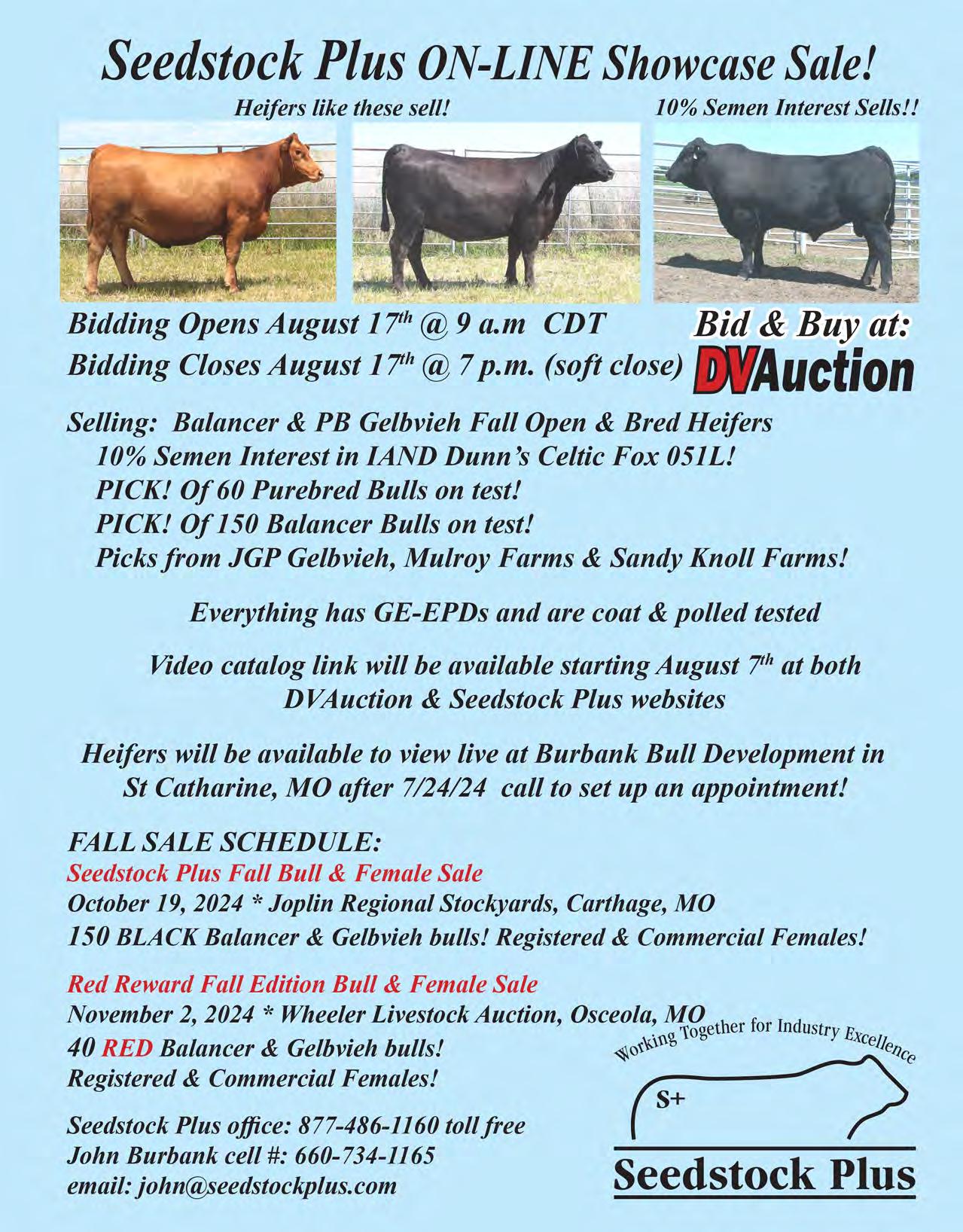
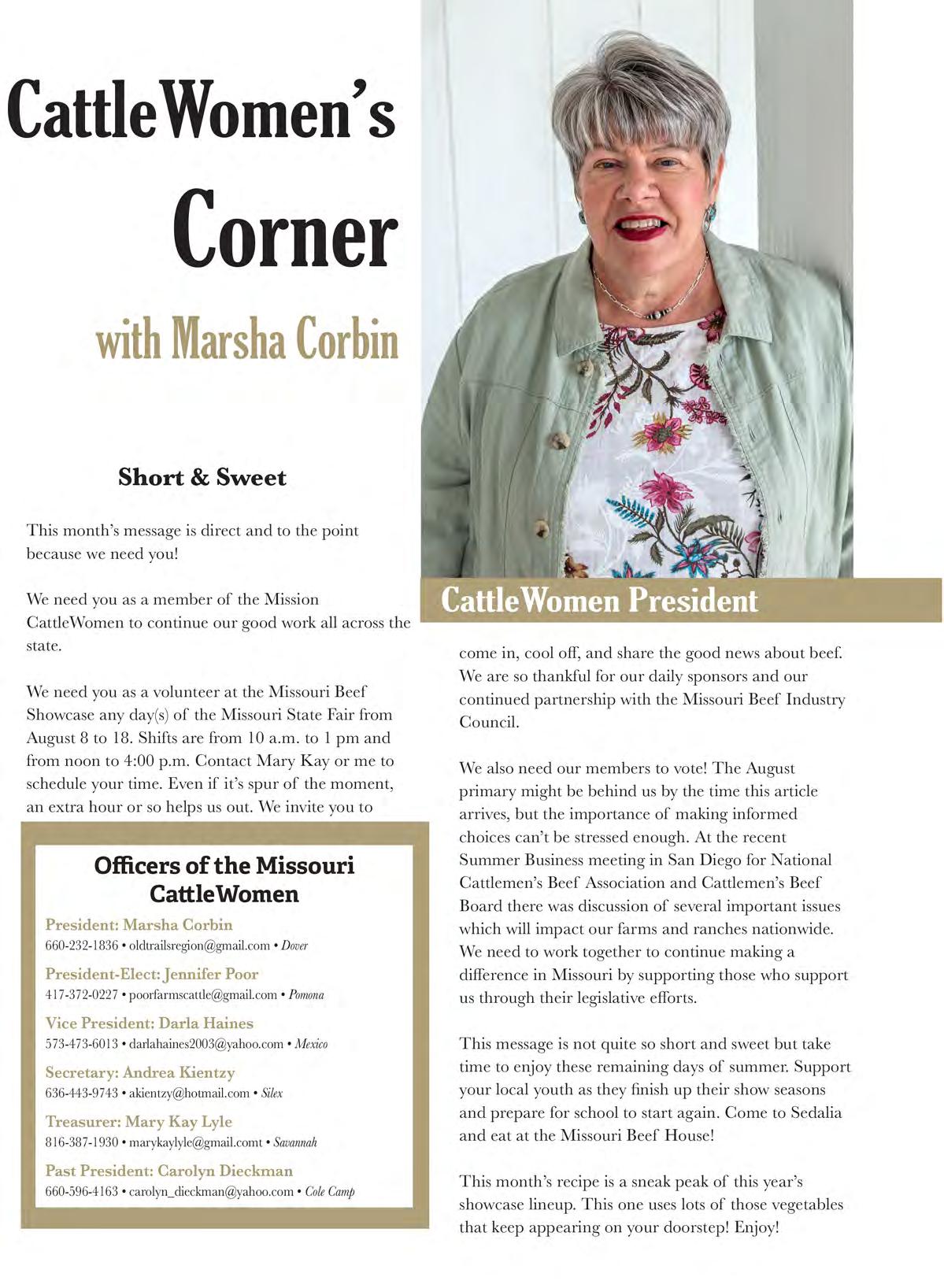
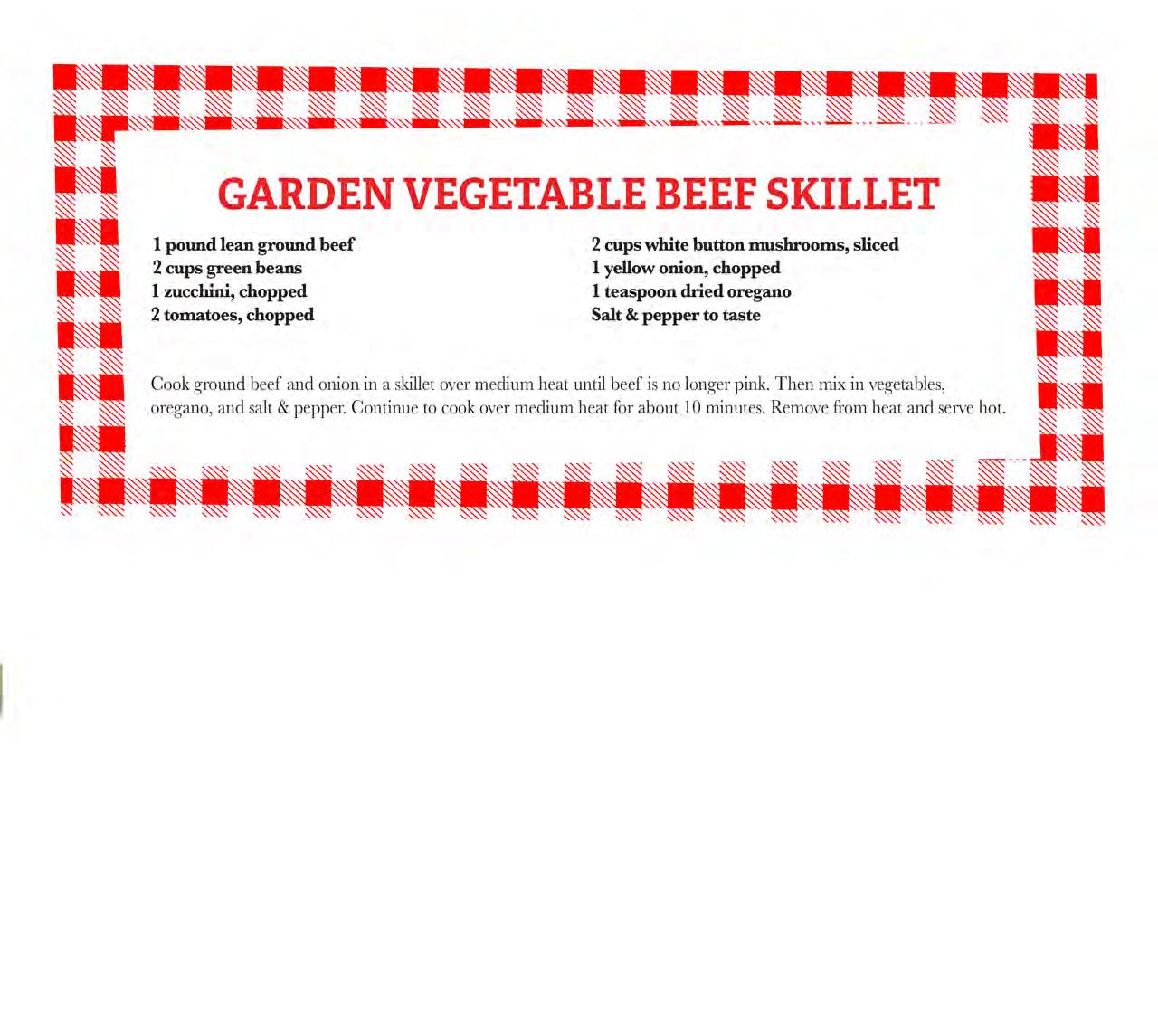
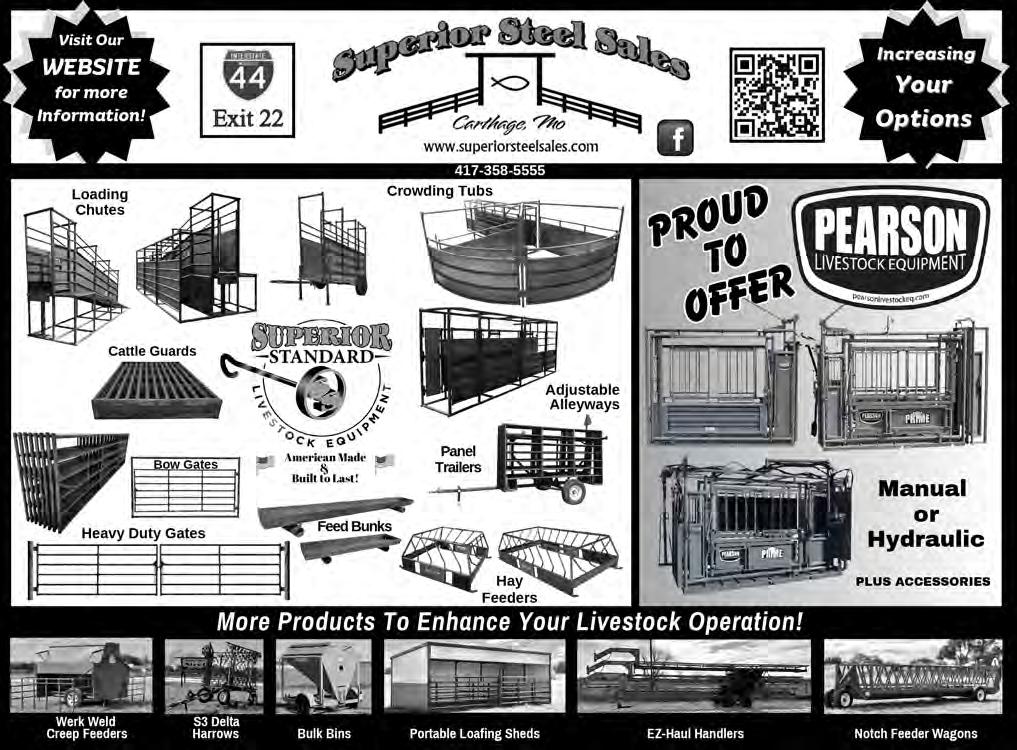
The premier showcase of youth in agriculture in our state is undoubtedly the Missouri State Fair. A year’s worth of hard work is on full display as youth from every nook and cranny of this state are showing off their projects. The state fair is the grand finale of youth livestock exhibition before another year of school begins. When you walk through the barns and hear the fans blowing and see the sweat running down the determined faces of the next generation, you cannot help but appreciate the work ethic and passion these young people possess. Not far off, you see parents, grandparents and others helping these young agriculturalists and cheering them on. It’s a family thing. There’s absolutely nothing in the world like a livestock show.
The Missouri Cattlemen’s Association is proud to be a huge part of the state fair. We are not only longtime sponsors of the fair as a whole, but we also sponsor the sale of champions, the youth livestock judging contest, the supreme heifer show and many other events throughout the 10 days of the fair. Personally, what I am most proud of is this association’s support of the beef carcass contest. This is real world stuff and best represents what our members do every single day. You make constant investments in genetics and other inputs to raise the best beef possible. MCA is front and center when it comes to supporting this contest.
Something new at this year’s fair is a commodity-based sale called the Best of Missouri Awards & Sale. The sale will feature Missouri grown products from beef to bacon to cheese to wine. This sale will provide even more scholarship money for the Missouri State Fair Foundation to distribute to students throughout the state. I am excited about the addition of this sale and have advocated for something like this for a long time.
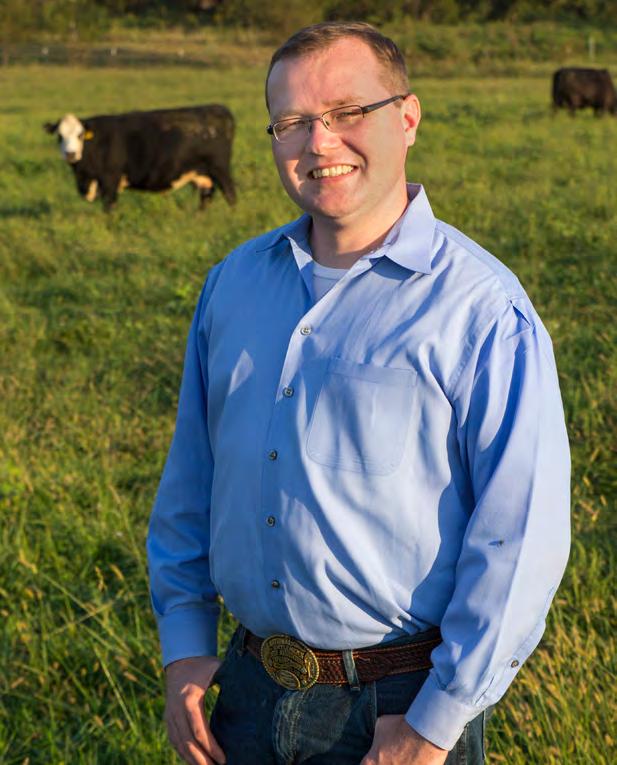
I appreciate the Youth in Agriculture Committee for making this a reality. I look forward to seeing this effort grow in the future to showcase even more youth who are working hard on these projects and gaining valuable leadership skills along the way.
When you think of a grand finale, you are probably like me and think about the big, beautiful display of fireworks that concludes your holiday celebration. The MCA Beef House is indeed that grand finale experience for fairgoers as they cut into that mouth watering ribeye that makes your taste buds explode with true delight. Yes, your MCA Beef House is a favorite of fairgoers and undoubtedly offers the best food on the fairgrounds. MCA Beef House Managers Pat and Patty Wood, along with the beef house committee and hundreds of volunteers, work extremely hard to show off the best of beef. This has been a Missouri State Fair tradition for so many families since 1982.
The state fair is a family gathering of sorts. There are so many friends and members of this association that I only get to see one or two times a year. The state fair brings people together. It also affords our urban neighbors the opportunity to see what Missouri agriculture is all about. We are proud to support the fair and hope to see you there.
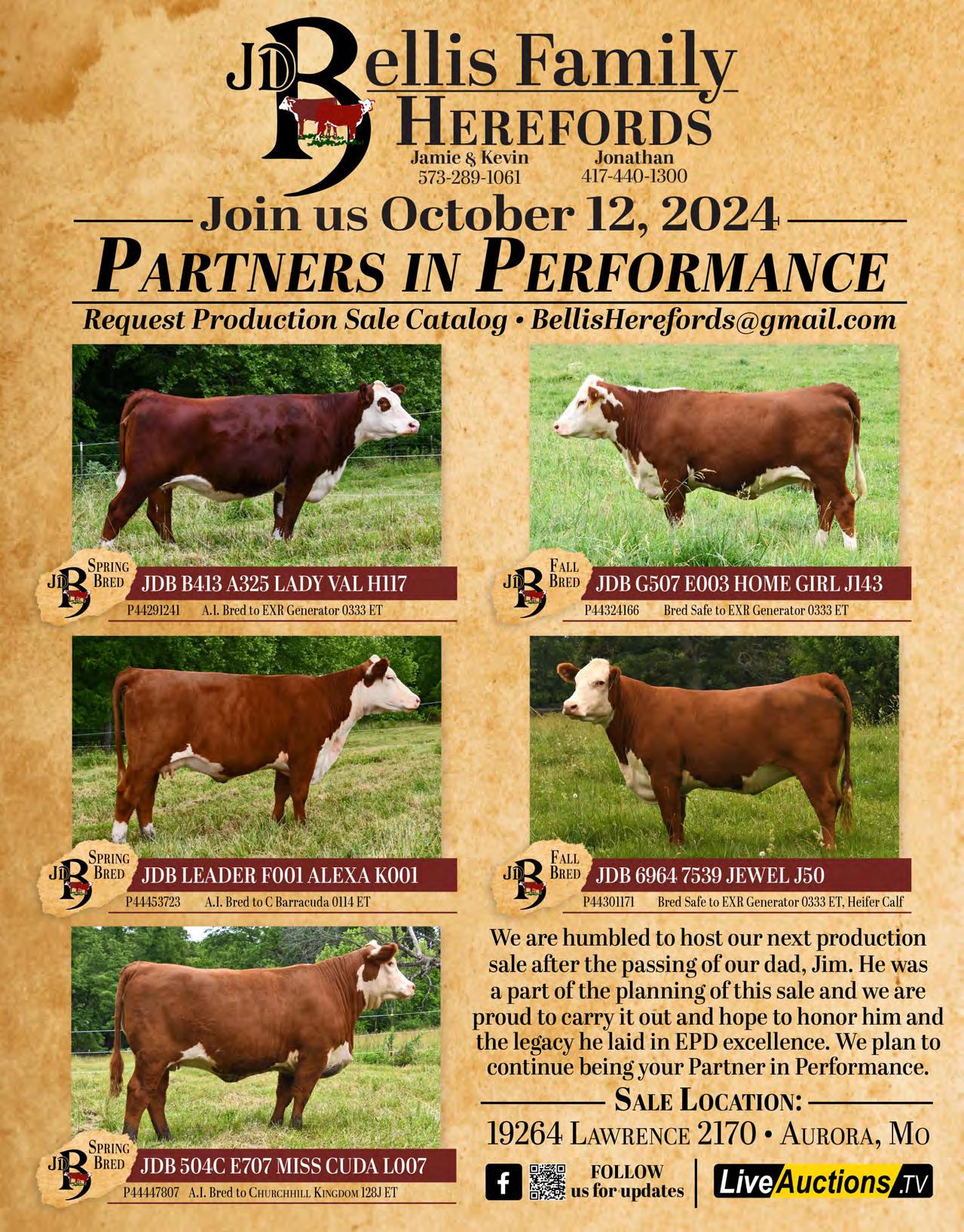
by Alex Haun, MCA Region 5 Vice President
Service is defined as the action of helping or doing work for someone. It’s a driving factor in our organization. Here at Missouri Cattlemen’s Association, we have an incredible staff, but the life blood is the volunteers. The hard-working folks who get off work at 5 p.m. then volunteer to work another shift cooking hamburgers and steaks at the county fair to promote beef producers, like myself, that work so hard to raise beef. The county leaders that shut down the baler just so they can make it to their county affiliate meeting because they chose to serve. Our organization is filled with folks who volunteer for events and organizations when they don’t have to and they don’t expect a paycheck in return. They do it because they believe in the cause. From the folks that work at the beef house to the youth that help in the rings at the MCA All-Breeds Junior cattle show, service in this organization has no age limit. It has heart and a work ethic like no other.
Service is seen in so many more areas in MCA from taskforces to committees, we are always working towards one goal. Together we are moving the industry forward, securing a future for cattle in Missouri and securing a future for cattleman. A goal which can only be accomplished if we work as a team. Unity is our strongest asset, regardless of the color of cattle you run or the difference of opinion. We as cattleman, can always come together to fight for our values and beliefs.
As we all know, the future of our industry is the next generation, a group I am proud to be a part of. I have been a member of MCA for well over a decade, which to some doesn’t sound like a long time. Considering I’m 29 years old, being a member of this organization has been a large portion of my life. I have served on the executive
Region 1 VP - Ethan McNeill
Region 2
- Blake McDonald
Region 3 VP - Blake Crow
committee for over four years now and many things have changed in that short time. When I joined, the age gap was at least a decade span and several of them serving on the Board of Directors. Today, we have three region vice presidents under 30 including our at- large board member Jack Davis. These younger members came after me, but I take no credit for their success.
I worked for years to gain the trust of the older members in our organization and my region to achieve my office as Region 5 Vice President. As we have moved forward to encourage more young people, more opportunities have been made available for us to serve in higher offices. Those achievements in my opinion go to our past presidents. We have had several in recent years that have made youth a priority. From 2016 MCA President Keith Stevens and his collegiate initiative to all the new programs MCA has added to get youth involved such as Missouri Cattlemen’s Leadership College and the FFA Fantasy Feedout. Exceptional youth are out there and we must continue to provide them opportunities to serve others and grow as cattlemen.
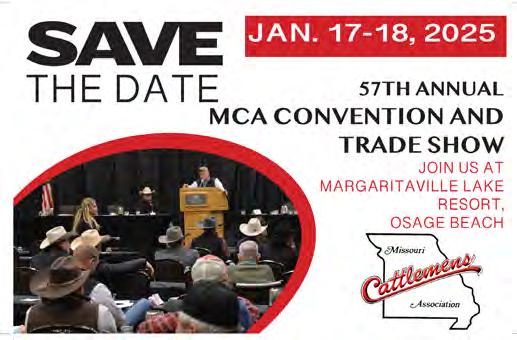
Region 5 VP - Alex Haun
Region 6 VP - Warren Love
Region 7 VP - Josh Worthington
Region 4 VP - Deb Thummel At-Large Rep. - Jack Davis
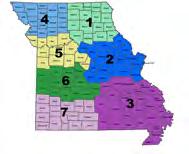

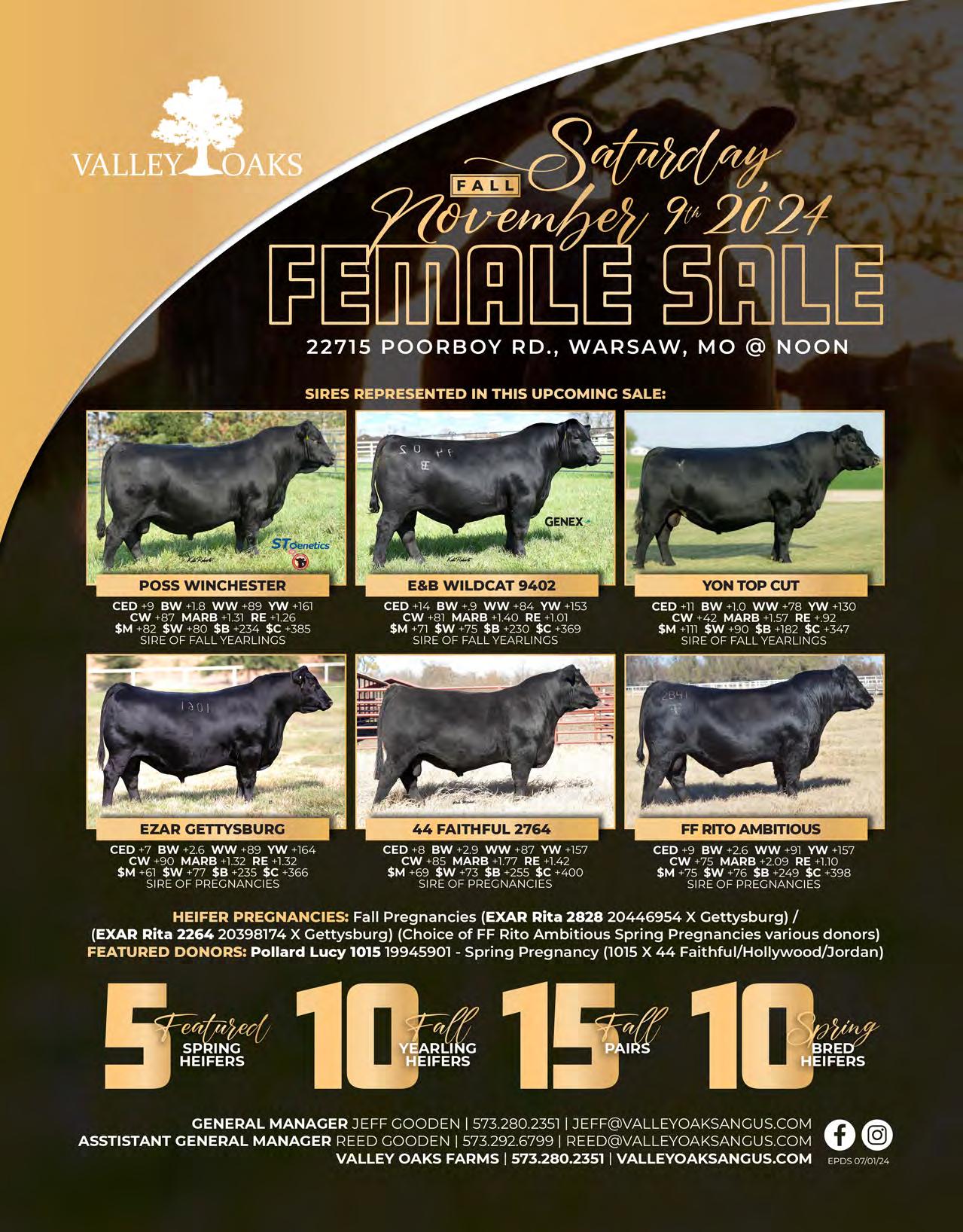
Nathan Isakson
An agriculture teacher, family man, proud Missouri Cattlemen’s Association member, and beef producer built into one. From the small community of Lawrenceburg, Missouri, Nathan Isakson took time to give us insight into his operation and how they see their Checkoff Dollars working for them. This wellknown rancher is the head cattleman at Isakson Cattle Company, where he works alongside his wife, Taylor, and daughter, Korbett Paige.
The Isakson Cattle Company herd consists of 50 cows. Their focus has been a commercial Angus herd, but they are actively introducing seedstock genetics through in-vitro fertilization. Nathan attributes most of their success to genetic advancements like IVF and artificial insemination , which have allowed them to make progress herd-wide relatively quickly.
After calving and weaning, the steers get sold at the Joplin Regional Stockyards through a value-added sale, while genetic testing is completed on the heifers. Heifers found not compatible with the farm’s goals get finished in a specialty feeding program until they’re ready to be sold directly to consumers. Potential customers contact the family via social media to purchase a whole, half, or quarter of beef and receive an estimate that includes retail weight cost. Nathan believes this offers a transparent cost analysis for consumers who may not understand the commonly used hanging-weight pricing. “We want to be in the friend-making business,” says Nathan. “Showing consumers our farm-to-fork process and its associated costs allows us to build those connections.” This commitment to transparency fosters a sense of openness and honesty within the operation.
As you can imagine, their family calendar is full of abundant work and community events, all of which fit in alongside AI timelines, fertilizer put-downs, and cattle working dates. Nathan heavily depends on Google Calendar to keep the operation on track and utilizes Google Sheets just as often. Within his Google Sheet farm files, he has five different “logs.” Those included are a calving log, nutrition log, cattle observation log,

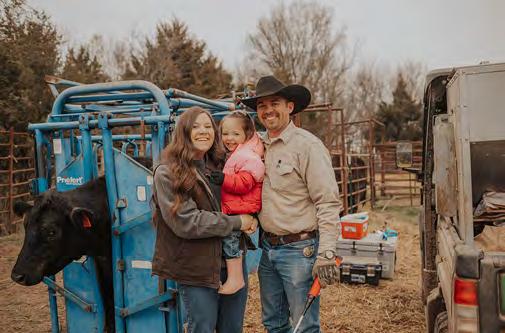
treatment log, and equipment maintenance log. Each of those goes into even more detail. For example, the calving log includes the dam, sire, calf ID and sex, birth weight, dystocia notes, udder suspension, and the dam’s disposition. The best thing about the convenient filing system is that it can be done from the palm of your hand in the middle of a pasture. Nathan’s meticulous recordkeeping ensures the operation runs smoothly, with all records accurate and up to date.
Both Nathan and Taylor have taken the steps to receive their BQA certification. When asked what he believes is the importance of BQA courses, Nathan replied, “It provides a better insight into the beef supply chain, proves the importance of subcutaneous injections, and cleans up the things that aren’t supposed to be happening.” He also mentioned the sense of security it brings to the consumer, knowing their meat is backed by a certification that focuses on humanely producing beef with skills verified by cattle industry experts nationwide. To round out the BQA conversation, Nathan provided an insightful quote about the Checkoff-funded program, “I love that it has been developed by cattlemen, proctored by cattlemen, for cattlemen.”
As our time with Nathan concluded, he was asked his favorite thing about being a part of the next generation of beef producers. His humble response quoted back to
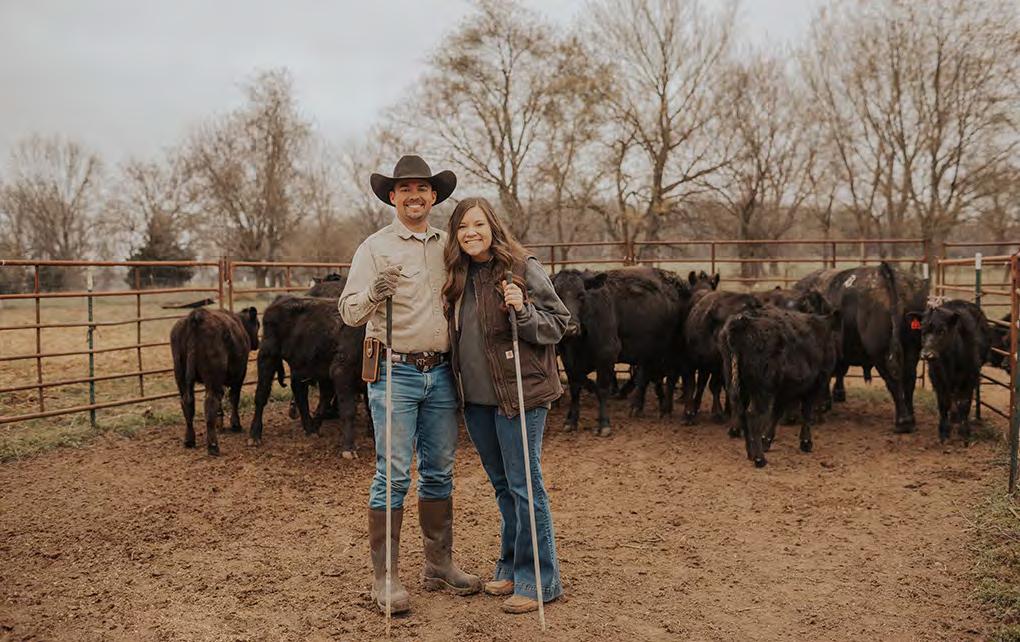
Donnell Brown from RA Brown Ranch saying, “People talk about being born in the wrong generation, but I like having the tools we utilize today. They help produce cattle to feed God’s people.” This quote fits their cattle operation to a ‘T’ as they implement new thoughts through technology while keeping traditions learned on the family farm.
During the last few minutes of our conversation, Nathan made an impactful statement. Our team hopes it is just as eye-opening for you as it was for us. “Agriculture is a life-and-death industry; it is our job to make sure what happens between those two events is most efficient and proper for those animals.”
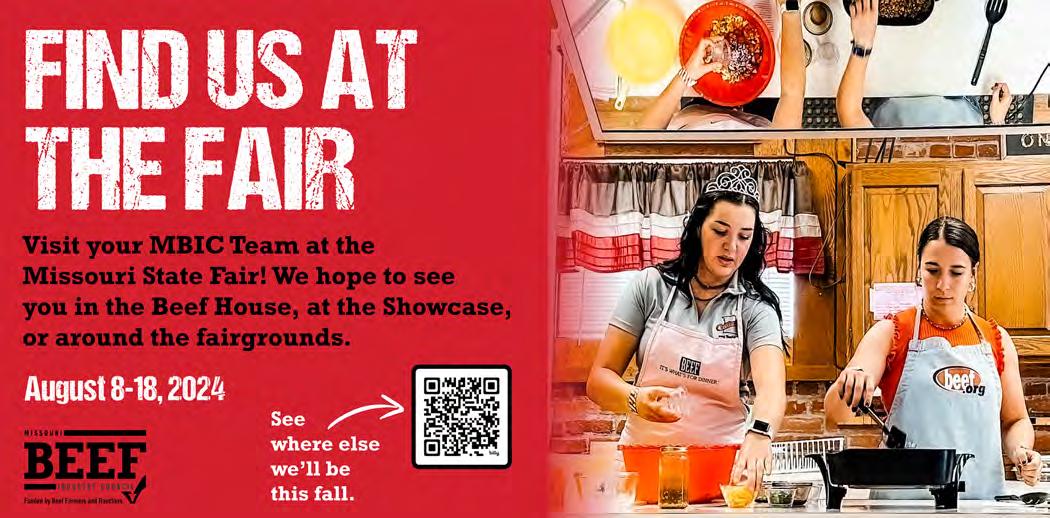
Source: USMEF
The value of U.S. beef exports topped $900 million in May, the highest since June 2023, according to data released by USDA and compiled by the U.S. Meat Export Federation. Pork exports posted another solid performance in May, but were below last year in both volume and value.
Japan, Mexico, Taiwan help push May beef export value over $900 million
May beef exports totaled 110,133 metric tons, down 5% from a year ago but the second largest of 2024. Beef export value reached $902.4 million in May, 3% above last year and the highest in 11 months. Exports trended higher year-over-year to Japan, Mexico, the ASEAN Region, the Middle East, the Caribbean and Central America – which included a record month for Guatemala. May export value was also higher for Taiwan. For January through May, beef exports followed a similar trend, increasing 5% year-over-year in value to $4.29 billion, despite a 4% decline in volume by 533,578 mt.
“It has been encouraging to see demand stabilize in Japan, where U.S. beef certainly faces significant headwinds,” said USMEF President and CEO Dan Halstrom. “The tourism boom has provided a muchneeded lift for Japan’s foodservice sector, and it is a source of optimism for buyers and importers. Taiwan and the ASEAN region were also bright spots for U.S. beef in May, along with Western Hemisphere markets such as Mexico, Guatemala and the Caribbean.”
May pork exports below last year, but still show broad-based strength
May pork exports totaled 251,447 mt, down 4% from a year ago, valued at $715.8 million, down 2%. Shipments to leading market Mexico were below last year’s large volume but still trended higher in value. Exports increased year-over-year to South Korea, the ASEAN region, Central America and Colombia and held steady to Japan. Through the first five months of the year, pork exports were up 6% to 1.29 million mt, while export value was 7% above last year’s record pace at $3.6 billion.
“Pork shipments to Mexico trended a bit lower in May, but that’s following a record April performance,” Halstrom said. “And even at that, export value to Mexico still topped $200 million. U.S. pork also posted another great month in Korea and exports to the ASEAN region were the largest in three years. Demand also continued to strengthen in Central America and the Caribbean.”

May lamb exports trend higher
May exports of U.S. lamb totaled 251 mt, up 78% from the low year-ago volume, while export value was up 66% to $1.3 million. For January through May, lamb exports increased 11% from a year ago to 1,294 mt, while value climbed 25% to $7.2 million. Export growth was driven primarily by the Caribbean, Mexico and Canada, but shipments also increased to the Philippines and Taiwan.
A detailed summary of the January-May export results for U.S. beef, pork and lamb, including market-specific highlights, is available from the USMEF website.
Source: NCBA
SAN DIEGO (July 10, 2024) – Today, grassroots members of the National Cattlemen’s Beef Association (NCBA) concluded a successful Summer Business Meeting in San Diego, CA. Cattle producers discussed top issues facing the cattle industry including risk management, taxes, and business regulation.
“Our grassroots members are the backbone of NCBA, and I am extremely proud of how they made their voices heard through our centuries old grassroots policy process,” said NCBA President and Wyoming rancher Mark Eisele. “The policies passed at the Summer Business Meeting will direct our association’s advocacy efforts in Washington to strengthen our industry’s profitability, reduce crippling government regulation, and safeguard our way of life for the future. Thank you to everyone who attended this meeting and spoke up on the issues facing our industry.”
The new policies passed by NCBA members direct the association to improve disaster relief and risk management programs, advocate for reduced capital gains tax, and oppose burdensome business registration and reporting requirements like the Corporate
Transparency Act.
NCBA members also discussed the implementation of USDA’s new animal disease traceability rule that will take effect in November.
“The USDA rule moves the cattle business forward allowing more efficient and accurate means of tracing animal movement in the event of a disease outbreak, which is crucial as diseases like Foot-and-Mouth Disease continue to spread around the globe,” said Eisele. “USDA has made the decision to switch from visually readable to both visually and electronically readable tags for certain classes of cattle moving interstate. NCBA has already secured funding to help defray the cost of making this change and we will continue pushing for additional funding and privacy for producer data. NCBA policy also supports the work of U.S. CattleTrace, which is an extremely important partner in the efforts to increase the adoption of EID tags and overall herd traceability. CattleTrace is an excellent resource for producers seeking to implement a traceability program for their herd.”
Learn more about the NCBA grassroots policy process at ncba.org.
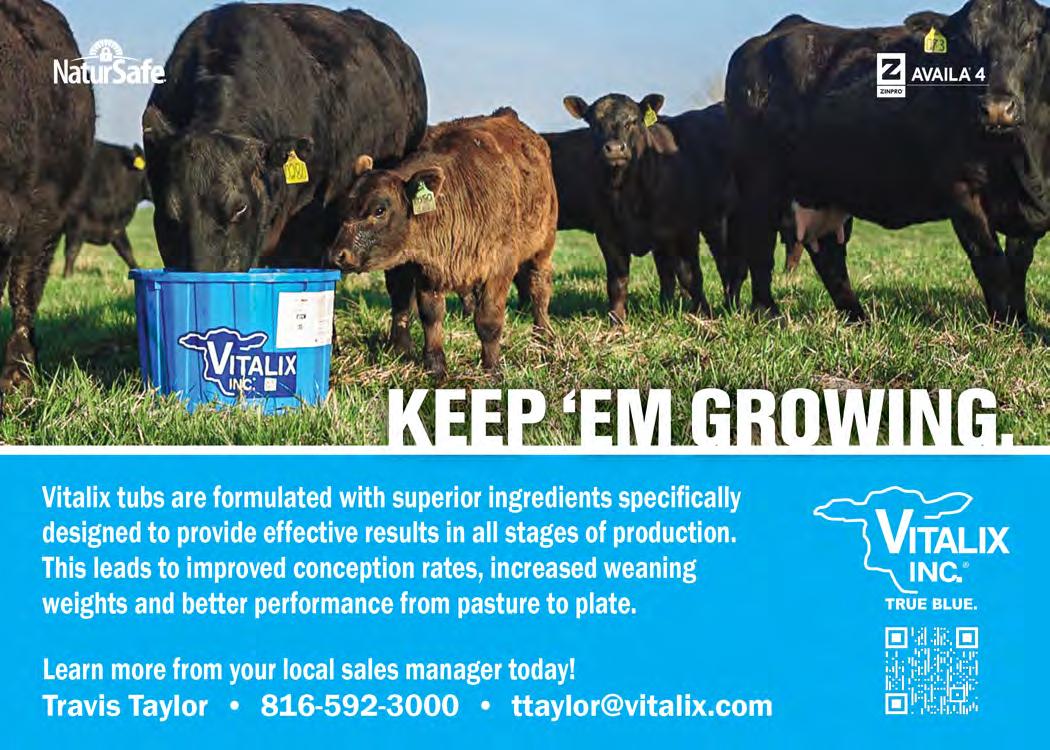
By
With an avalanche of foods awaiting fairgoers at this year’s Missouri State Fair “Summer’s Best Story” in Sedalia, Missouri August 8-18, 2024, there isn’t a moment to waste. We’re going out on a limb and declare that nothing is better than eating at the Missouri Cattlemen’s Association Missouri Beef House and the Beef House Express with over 40 years in business. For your dining experience, we have an air-conditioned dining room or covered outdoor patio seating. If you are in a hurry or just want to grab and go, our Beef House Express, which serves only the sandwiches on our menu, is the small building near our back door.
Indeed, the true essence of fair food is eating good quality, great tasting beef grilled and served by cattlemen who know beef best. We prioritize using fresh, high-quality beef, elevating the overall dining experience, and ensuring that your taste buds are treated to exceptional flavor. Whether you are a casual diner or on the move, the variety of beef entrees ensure that there is something for everyone. You’re bound to see a line of hungry people milling around the sidewalk out front… even the hot sun or rain won’t stop customers from waiting to get a taste. Be assured the wait is worth it!
We want to be sure to point you toward the best food option at the State Fair! You can find us north of the Missouri Conservation building, south of the Family Fun Center, east of the Machinery Area, and west of the Home Economics building. We’ve included the menu so you can get your taste buds prepared. BEEF... It’s What’s for Dinner from 11 a.m. – 9 p.m.
Thought for the Month: One potato, two potato, three potato, four! Stick ‘em in the oven, the line is OUT THE DOOR!
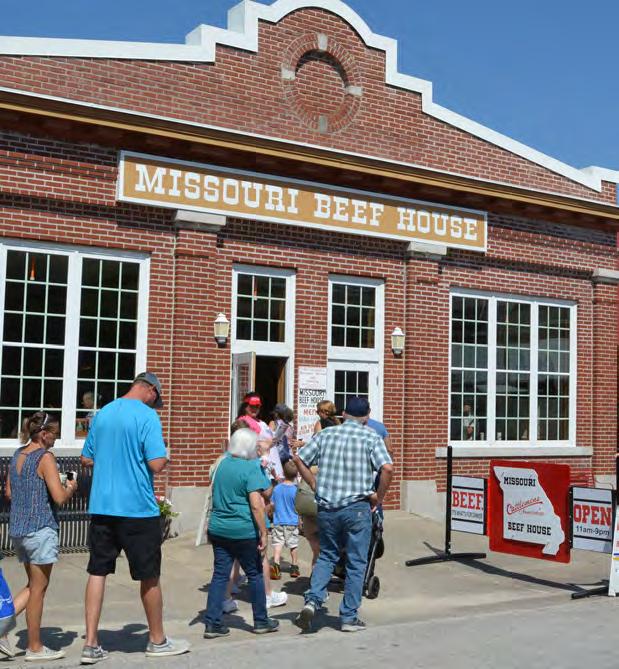
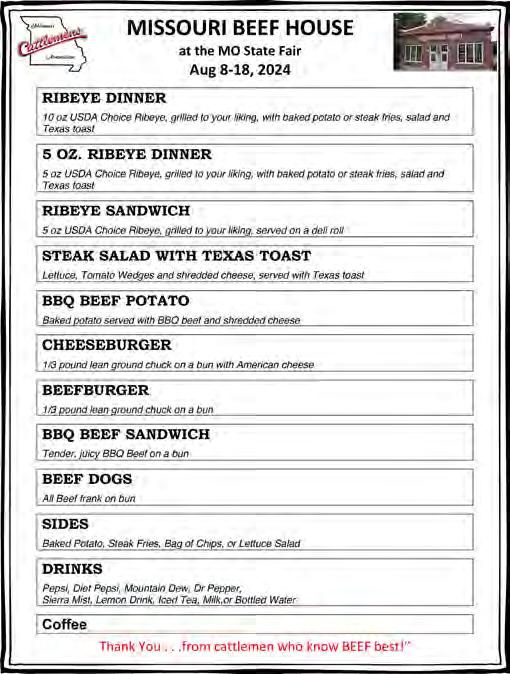
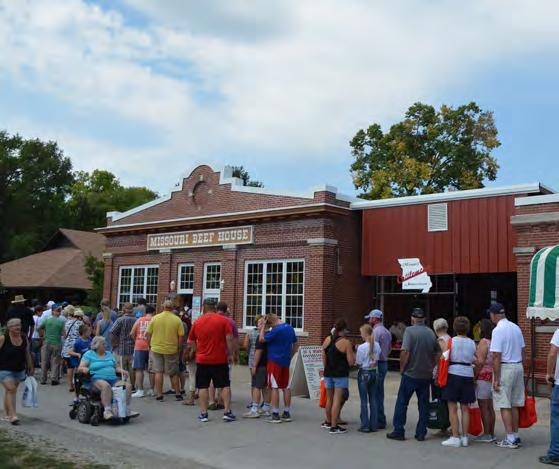
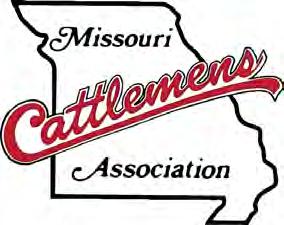
Please
Source: Missouri Department of Agriculture
JEFFERSON CITY, Mo. – The Missouri Department of Agriculture and Missouri State Veterinarian Steve Strubberg announce updated biosecurity protocols for dairy cattle exhibiting at the 2024 Missouri State Fair, scheduled for Aug. 8-18 in Sedalia.
• All lactating dairy cattle must have a negative H5N1 influenza test within seven days prior to arrival at the Missouri State Fairgrounds.
• Lactating cows should be milked on personal milking machines. The Fairgrounds milking parlor will not be made available to exhibiting dairy cattle.
“These health requirements are in place for the 2024 Missouri State Fair in an effort to protect the dairy industry and all of agriculture,” Dr. Strubberg said. “There have been no cases of H5N1 influenza detected in Missouri dairy cattle. Still, we want to operate in a manner of caution while allowing dairy exhibitors the opportunity to show their animals.”
MDA has provided guidelines for testing lactating dairy cows. Testing must be completed at a NAHLN veterinary diagnostic laboratory, such as the MDA Animal Health Laboratory in Springfield or the University of Missouri Veterinary Medical Diagnostic Laboratory in Columbia, with samples submitted by
an accredited veterinarian. There will be no laboratory charges for the test and results can be reported upon arrival to the Fair with a lab report or on the Certificate of Veterinary Inspection document.
Exhibitors and their veterinarians are asked to alert the laboratory prior to submission to ensure adequate time is allowed for results prior to the Missouri State Fair. Samples must be collected from each lactating cow within seven days of arrival to the Fairgrounds.
The use of portable milking machines is another step to avoid spreading the virus unknowingly from one herd to another. Missouri State Fair staff will work with exhibitors to collect and properly dispose of the milk, which will not enter the food supply.
“The dairy cattle show is an important and historical part of the Missouri State Fair,” Strubberg continued. “We want to do everything possible to continue the tradition of exhibiting dairy cattle at the Fair, while also maintaining healthy, safe dairy herds.”
For more information about the Missouri Department of Agriculture and its programs, visit the Department online at Agriculture.Mo.Gov.
See a full schedule of events for the Missouri State Fair at MoStateFair.com.
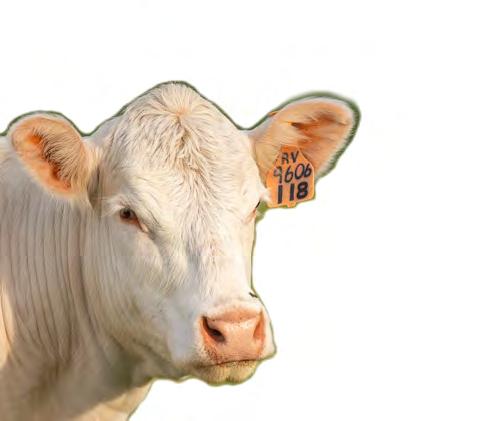

The Missouri State Fair is proud of be the showcase for agriculture in the state of Missouri. There are countless interactive and fun exhibits, contests and shows, and agricultural education opportunities at every turn. If it’s not already, make plans to add agriculture to your list of Missouri State Fair traditions!
Here is just a sampling of how you can experience agriculture first-hand during your State Fair visit this August.
Horses and Pigs and Cattle (and more)….OH, MY! The State Fair features livestock shows every day of the Fair (and a few even start before Opening Day!). You’ll find shows for equine, poultry, goats, sheep, swine, beef and dairy cattle, dogs, and rabbits.
Donate to the Food Drive and Save Big!
Looking to save money when coming to the Missouri State Fair? Love giving back to those in need? Missouri Farmers Care Food Drive $2 Tuesday offers you a chance to do both! Bring in two non-perishable food items or give a $2 donation to Feeding Missouri on Tuesday, Aug. 13, and pay just $2 gate admission. To add to the $2 fun, most carnival rides will be $2 this day and select concession and vendors will offer $2 specials.
In the spirit of service and giving back, Missouri FFA will host their annual Food Insecurity Day held in the Assembly Hall, with over 800 FFA members and agriculture leaders serving those in need. Their goal is to reduce childhood food insecurity in Missouri and package 175,000 child-friendly meals that will be distributed among food banks across our state.
The Agriculture Building is a great place to learn more about food insecurity. There will be a canned food educational display constructed of approximately 3,000 cans of food donated by Woods Supermarket. All cans used in the display will be added to the food drive collection and head to local food banks after the Fair concludes.
While in the Agriculture Building, stop by the Missouri Farmers Care booth to learn how you can support the Drive to Feed Kids and make a difference in the fight against hunger in our state. All proceeds from the Drive support Feeding Missouri’s network of food banks. You can learn more about the Drive, including additional partners like Missouri 4-H and the Hogs for Hunger program, by visiting mofarmerscare.com/drive/.
Governor’s Ham Breakfast
The 2024 Governor’s Ham Breakfast is a traditional gathering of Missouri elected officials, leaders in agriculture and supporters of the Missouri State Fair. The Breakfast features Missouri country cured ham and other Missouri Grown products. Tickets are $50 per plate and includes Aug. 15 gate admission to the Fair.
Sale of Champions – The Sale of Champions will take place at 1:30 pm on Saturday, Aug. 17 and is the highlight of Youth in Agriculture Day at the State Fair. Grand Champion and Reserve Grand Champion steers, barrows, lambs, meat goats, pens of chickens, pens of rabbits, hams and bacons from 4-H and FFA shows are sold.

Mark your calendars for Saturday, August 17 because we’re thrilled to announce the Best of Missouri Awards and Sale, sponsored by American Foods Group, America’s Heartland Packing! Get ready to celebrate the junior exhibitor winners of the various categories below starting at 10:30 am, and enjoy the sale including 19 total lots right after! See you there!
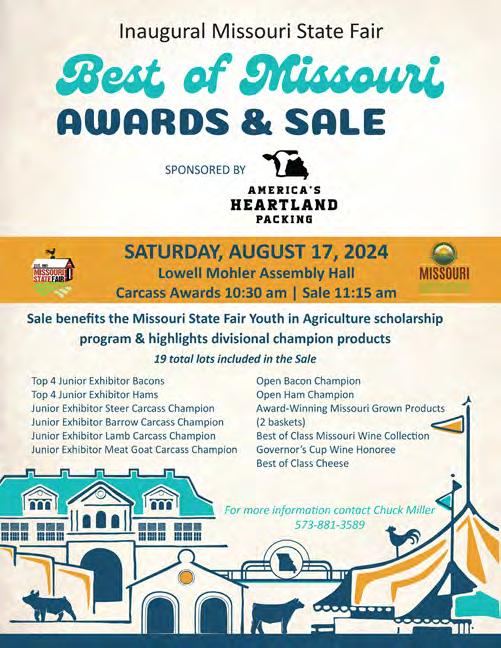

Thursday, August 8
8:00 a.m. Angus 4-H/FFA Show – Coliseum
8:00 a.m. Simmental 4-H/FFA Show –MFA Arena
3:00 p.m. Gelbvieh 4-H/FFA Show – MFA Arena
3:00 p.m. Salers 4-H/FFA Show – Donnelly
5:00 p.m. Youth Beef Cattle Judging – Coliseum
Friday, August 9
8:00 a.m. Angus Open Show – Coliseum
8:00 a.m. Gelbvieh Open Show – MFA Arena
1:00 p.m. Salers Open Show – Donnelly
Saturday, August 10
8:00 a.m. Simmental Open Show – Coliseum
8:00 a.m. Charolais 4-H/ FFA Show – MFA Arena
1:00 p.m. Hereford 4-H/FFA Show – MFA Arena
Sunday, August 11
8:00 a.m. Hereford Open Show – Coliseum
1:00 p.m. Maine-Anjou 4-H/FFA Show – Donnelly
2:00 p.m. Charolais Open Show – Coliseum
5:00 p.m. Crossbred & Other Heifer 4-H/ FFA Show – MFA Arena
Monday, August 12
8:00 a.m. Maine-Anjou Open Show – Coliseum
9:00 a.m. L ive Evaluation of Carcass Steers –MFA Arena
1:00 p.m. Beef Showmanship – Coliseum
Tuesday, August 13
8:00 a.m. 4-H/ FFA Market Heifer Show –Coliseum Steer Show – Immediately Following Market Heifer Show – Coliseum
5:00 p.m.± Grand Champion Steer – Coliseum
Wednesday, August 14
8:00 a.m. Red Angus 4-H/FFA Show – Coliseum
Thursday, August 15
8:00 a.m. Red Angus Open Show – Coliseum
9:00 a.m. Miniature Hereford 4-H/FFA Show –MFA Arena
9:00 a.m. Miniature Hereford Open Show –MFA Arena
Friday, August 16
8:00 a.m. Shorthorn 4-H/FFA Show – Donnelly
1:00 p.m. L imousin 4-H/FFA Show – Donnelly
2:00 p.m. Beefalo 4-H/FFA Show – MFA Arena
Saturday, August 17
8:00 a.m. Shorthorn Open Show – Coliseum
8:00 a.m. Black Hereford 4-H/FFA Show – Donnelly
8:00 a.m. Black Hereford Open Show – Donnelly
10:30 a.m. Carcass Awards – Lowell Mohler Hall
12:00 Noon Beefalo Open Show – Coliseum
1:00 p.m. L imousin Open Show – Coliseum
1:30 p.m. Sale of Champions – Lowell Mohler
A ssembly Hall
2:00 p.m. Brahman Infl. 4-H/FFA Show – Donnelly
4:00 p.m. Santa Gertrudis 4-H/FFA Show –Donnelly
7:00 p.m. Supreme Heifer 4-H/FFA Show –Coliseum
Sunday, August 18
8:00 a.m. Brahman Infl. Open Show – Donnelly
12:00 Noon Santa Gertrudis Open Show – Donnelly
The 2024 Missouri State Fair Beef Cattle Shows are being dedicated to James Farms, they are active exhibitors and supporters of the Missouri State Fair in many ways. Please join us in honoring them at the open Maine-Anjou show 10:00 a.m. on Monday, August 12 in the Coliseum.

Superintendent - Greg Onstott, MDA, Jefferson City, MO 573-751-7766
Asst. Superintendent - Greg Harrison, MDA
LIVE EVALUATION JUDGE: TBD
CARCASS JUDGE: Dr. Bryon Wiegand, University of Missouri, Columbia, MO
Amount offered in this section by State Fair $4,480.00. THE MISSOURI STATE FAIR will award $900 to the Grand Champion Steer Carcass overall winner and $500 to the Reserve Grand Champion Steer Carcass overall winner.
NEW This Year - The top junior exhibitor of the steer carcass show will participate in the Best of Missouri Sale on Saturday, August 17. The top junior exhibitor will be determined by overall results and judge’s discretion.
The MISSOURI CATTLEMEN’S ASSOCIATION will donate trophies for the Grand Champion and Reserve Grand Champion On-Foot and On-Rail steers.
The MISSOURI STATE FAIR will award plaques to the two highest placing junior exhibitors in the Steer Carcass Contest.
1. To promote the beef industry.
2. To provide producers with information on the type of beef animals that are desirable for today’s consumer market.
3. Genetics utilization.
4. Uniform product production conception.
5. Source verification of products.
6. Create a positive economic balance.
7. Carcass merit.
8. Identify target(s) of market share

1. MFA Feed Division will award $1,000 to the Grand Champion and $750 to the Reserve Grand Champion on-the-rail overall winners of the Open Steer Carcass Show. To qualify, animals must be enrolled in the MFA 4-H/FFA Livestock Premium Program, using one of the MFA recommended feeds. See your authorized MFA Feed supplier for details.
Continued on page 26



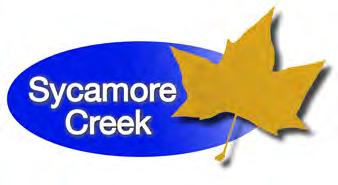

2. Briarwood Angus Farms, (Curtis Long) Butler, MO and the Missouri Angus Association will award $1,000 to the Grand Champion on-the-rail overall carcass winner if the steer is a registered, purebred Angus and exhibited by a 4-H or FFA youth exhibitor. Also awarded will be $750 for the top placing, $550 for the second placing, and $250 for third placing on-therail carcass steers that are registered, purebred Angus and exhibited by a 4-H or FFA youth. There will also be $250 awarded to the highest gross dollar carcass steer that is registered, purebred Angus. $200 will be awarded if the Grand Champion on-foot winner is a registered, purebred Angus steer and exhibited by a 4-H or FFA exhibitor. $200 will be given to any 4-H or FFA exhibitor with a purebred Angus that enters in all three (3) classes: Angus steer, On-foot carcass steer and the Carcass contest. Must pre-register to be eligible for prize money by meeting MSF deadline and submitting a copy of registration papers and your complete entry form to Dr. Curtis Long, 2110 NW St. Rt. 52, Butler, MO 64730, by June 30, 2024. These awards will be presented at the Missouri Angus Association’s annual banquet and the exhibitors must be present for the awards to be given. Contact: Curtis Long, 2110 NW St. Rt. 52, Butler, MO 64730 (660-679-3459).
3. The Missouri Hereford Association, Matt Reynolds, 1071 County Road 1231, Huntsville, MO 65259, 660-676-3788 will award $500 to the top 4-H and FFA bred, born and raised in Missouri Hereford steers and $250 to the second place bred, born and raised in Missouri Hereford steers. For steers to qualify, steers must be DNA tested for verification of parentage and registered with the American Hereford Association prior to the Missouri State Fair. Each animal must have a legible tattoo that matches the registration paper from the American Hereford Association. All steers will be subject to an inspection by a breeder committee and required to meet minimum standards for type and confirmation. Blood may be drawn or tail hair pulled for DNA verification of parentage. Decisions made by the breeder committee will be final. The first and second place bred, born, and raised Missouri Hereford steers in the carcass show will receive $500 for the first place and $250 for the second place.
4. The Missouri Shorthorn Association will award $500 to the Grand Champion on-the-rail overall winner if the steer was a registered, Shorthorn steer. To qualify, proof of registration is required. Also awarded will be $250 to the Grand Champion on-the-rail overall winner if the steer was a registered Shorthorn plus which is at least 50% Shorthorn steer. To qualify,
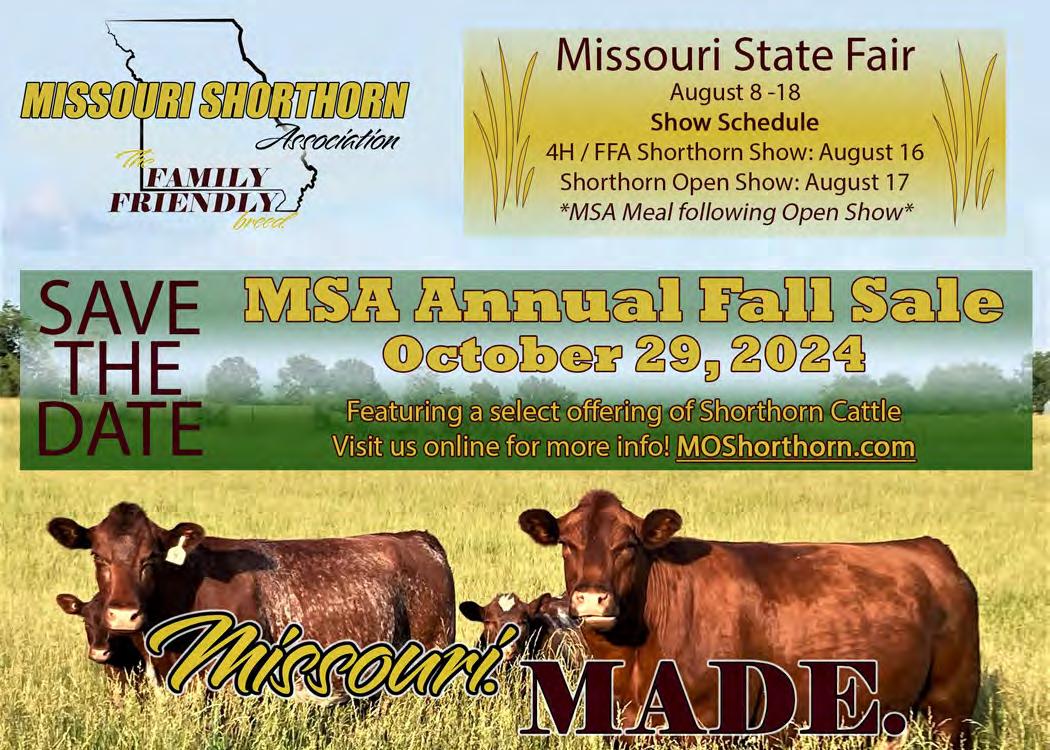
proof of registration is required. Contact: Brett Naylor missourishorthorn@gmail.com.
5. The Missouri Simmental Association will award $500 to the Grand Champion and $250 to the Reserve Grand Champion on-the-rail overall winners of the Open Steer Carcass Show if they are registered purebred Simmental. Contact: Devin Sonnenfelt 417-207-5501 mosimmassc@ gmail.com.
6. The Missouri Red Angus Association will award $500 to the over-all Grand Champion “On-the-Rail” if the steer is a registered Red Angus. To be eligible, the animals must be registered (50% or greater Red Angus) with a valid registration certificate from the Red Angus Association of America. Steers must be 85% Red in color, polled and display sufficient breed characteristics which match percent of registration (no black hided or black animals). A scurred animal is considered polled if you choose not to remove the scurs, if you surgically or mechanically remove the scurry you will be disqualified. Each animal must have a legible tattoo that matches the registration paper from the Red Angus Association of America. All steers may be subject to an inspection by a breeder committee and required to meet minimum
standards for type and conformation. Blood may be drawn for verification of parentage. Decisions made by the breeder committee will be final.
7. Missouri Cattlemen’s Association will award $250 to the exhibitor that exhibits the steer with the highest marbling score, $250 to the exhibitor that exhibits the steer with the largest ribeye area and $250 to the “Chef’s Award Winner” determined by the National Beef Checkoff’s Culinary Center, based upon the carcass data submitted to them that would be the most ideal for a high end restaurant. To be eligible for the awards, the exhibitor must be a member or Junior member of the Missouri Cattlemen’s Association. In case of a tie, the award will be divided equally. Must be a member prior to August 13th, 2024.

8. Fountain Charolais and Tinger County Charolais will award $500 to the Grand Champion and $250 to the Reserve Champion on-the-rail overall winners of the Open Steer Carcass Show if they are a Charolais or Charolais cross steer. To be eligible, the animals must be 50% or greater Charolais, subject to verification and must be declared at entry. No black hided or black animals will be eligible.
Continued on page 28
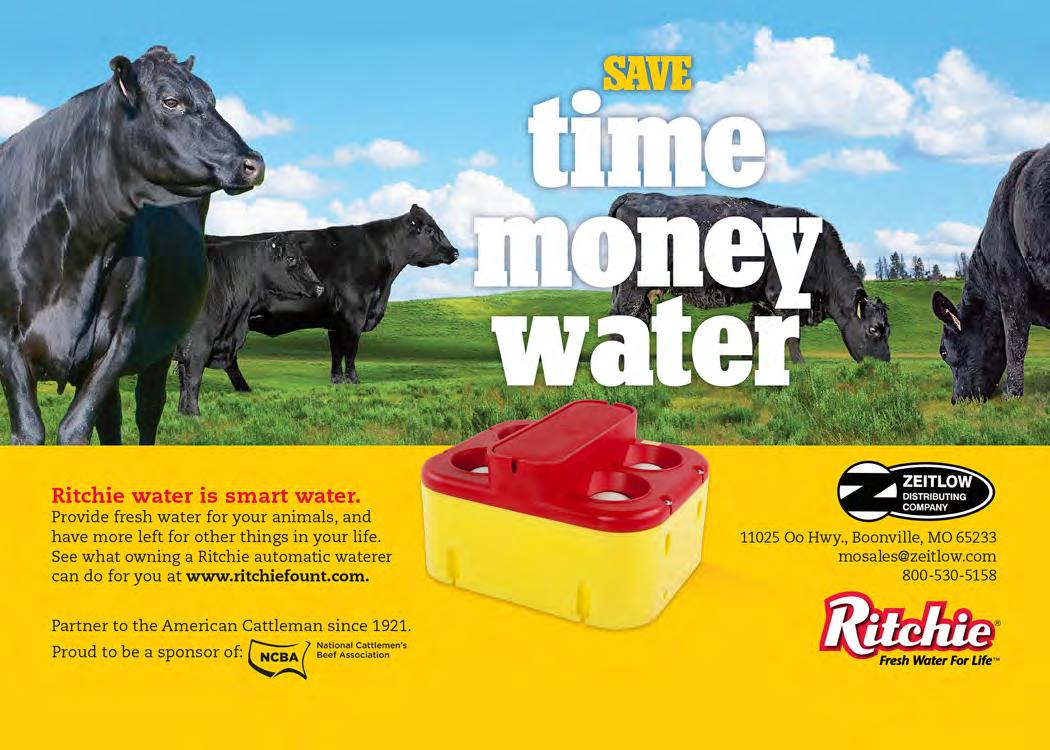

Monday, August 12
Live Evaluation begins: 9:30 a.m. Location: MFA Arena
What is the Live Evaluation Contest? It is an opportunity for individuals to participate in an educational activity associated with selecting slaughter steers by live and carcass traits and criteria. Anyone wishing to participate can enter this contest in the Junior or Adult Division. Age divisions will be as follows: Junior Division - anyone under 18 years of age; Adult Division - anyone 18 years and older. Ten steers will be selected from the Carcass show entries to be used for the Live Evaluation Contest. A sample demonstration will be given on how to yield grade and quality grade slaughter steers prior to the beginning of the live evaluation contest. Junior and adult contestants compete by guessing the actual carcass data collected on the 10 slaughter steers which are selected for the contest. Cash prizes will be awarded by the State Fair to the top 5 individuals in each division who are nearest to the actual carcass placings on the slaughter steers entered in this contest. The MISSOURI CATTLEMEN’S ASSOCIATION will present trophies to the top two junior and the top two adults. This is an excellent learning opportunity, not only for youth, but also for adults.
Service age bulls, bred cows, cow/calf pairs, show prospect heifers available. 417-652-3425 417-839-7205 www.oryscircle7.com
The Missouri State Fair will award two $80 awards, plus attractive plaques, to the herdsmen in charge of the two most outstanding beef cattle exhibits. A committee will make inspections to determine the winners. The following points will be considered: 1) cleanliness, grooming, and appearance of the exhibits; 2) handling of feed, equipment, etc. and keeping same out of the alleys; and 3) cooperation, courtesy, and sportsmanship in the exhibit area and show ring.
The 2023 Beef Cattle Herdsman award was presented to Gregory Polled Herefords and Whiskey River Livestock.
The Missouri State Fair will award a plaque, to be hung in the Beef Cattle Office, to the breed that has demonstrated and presented its entire exhibit barn and is considered by the committee to be the best-kept barn during the course of the Fair. The following points will be considered: 1) cleanliness, grooming, and appearance of the exhibits; 2) handling of feed, equipment, etc. and keeping same out of the alleys; and 3) cooperation, courtesy, and sportsmanship in the exhibit area and show ring.
The Best-Kept Beef Cattle Exhibit Barn in 2023 was Hereford and Limousin.
Superintendent - Jim Spencer, Jr. - Aurora, MO 417-489-0247
Assistant Superintendents: • Tammy Bartholomew • Shelby Haag
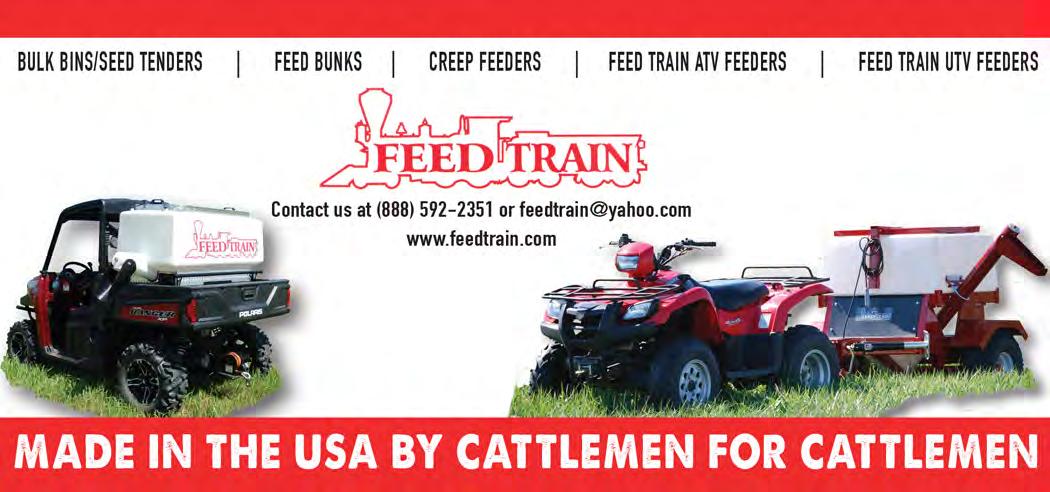


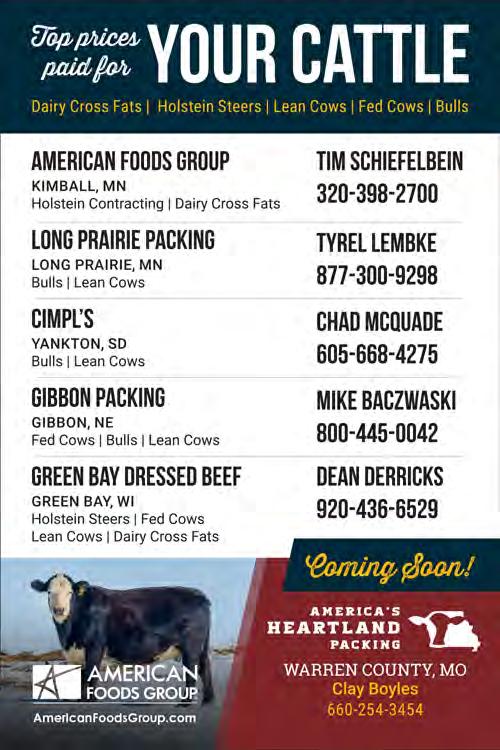
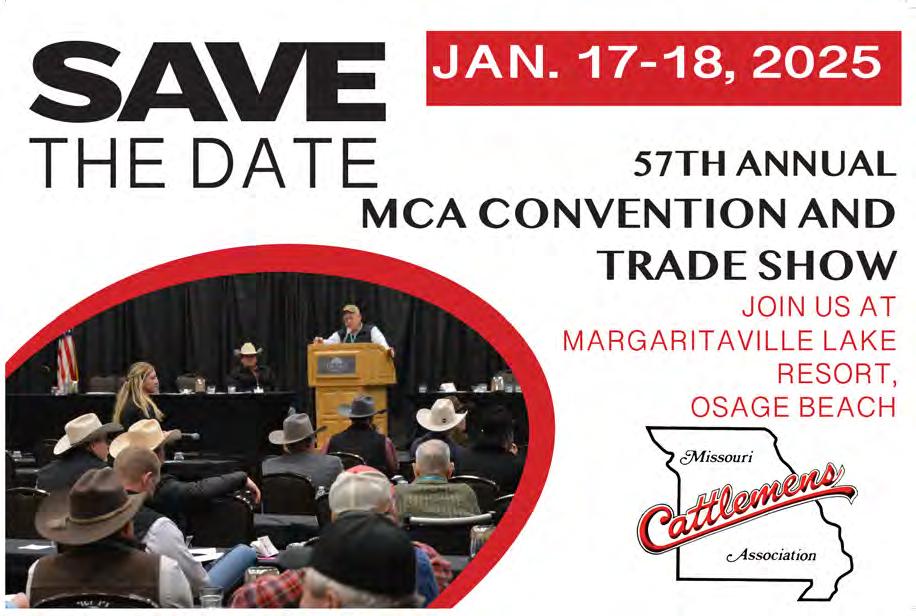
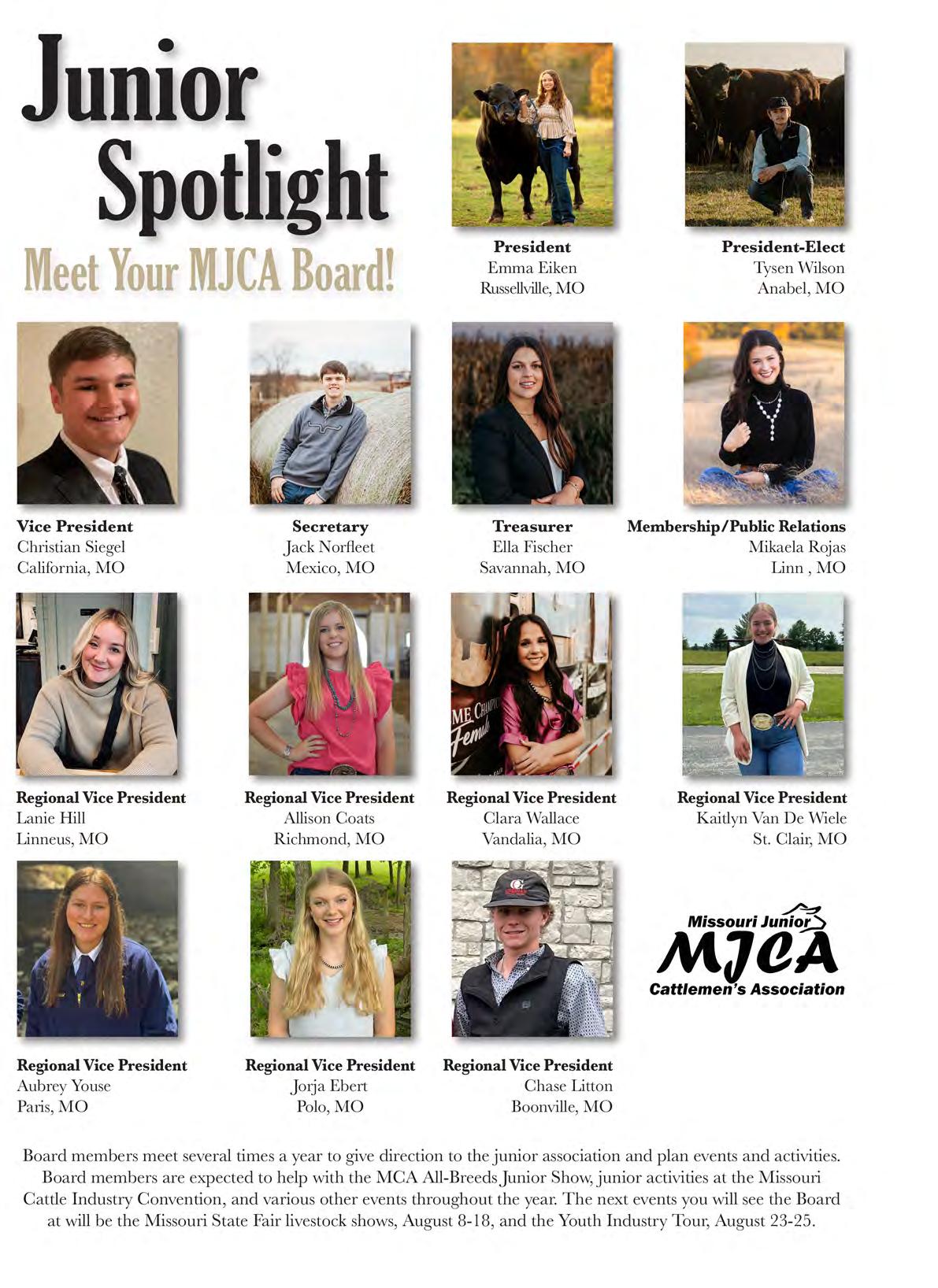

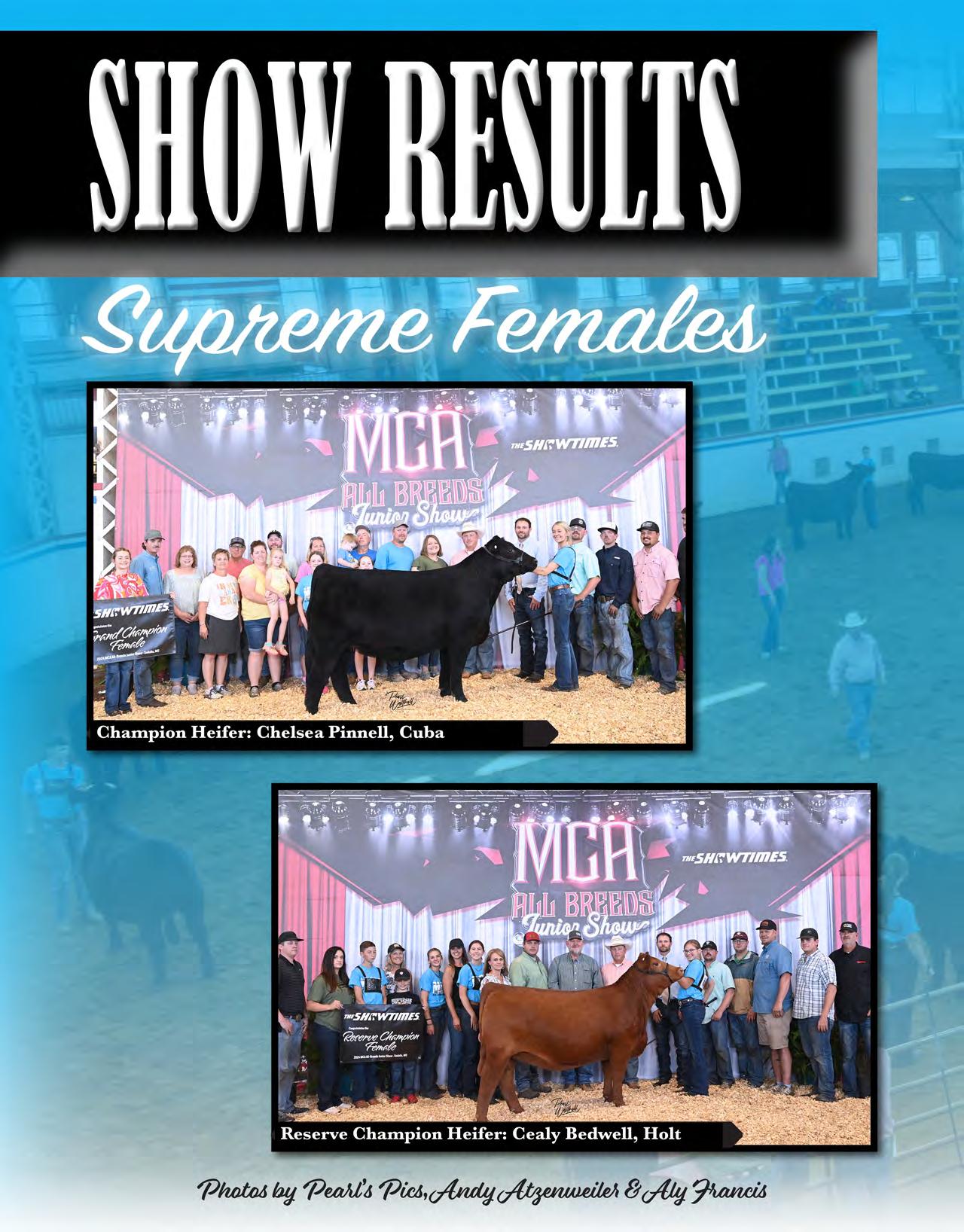
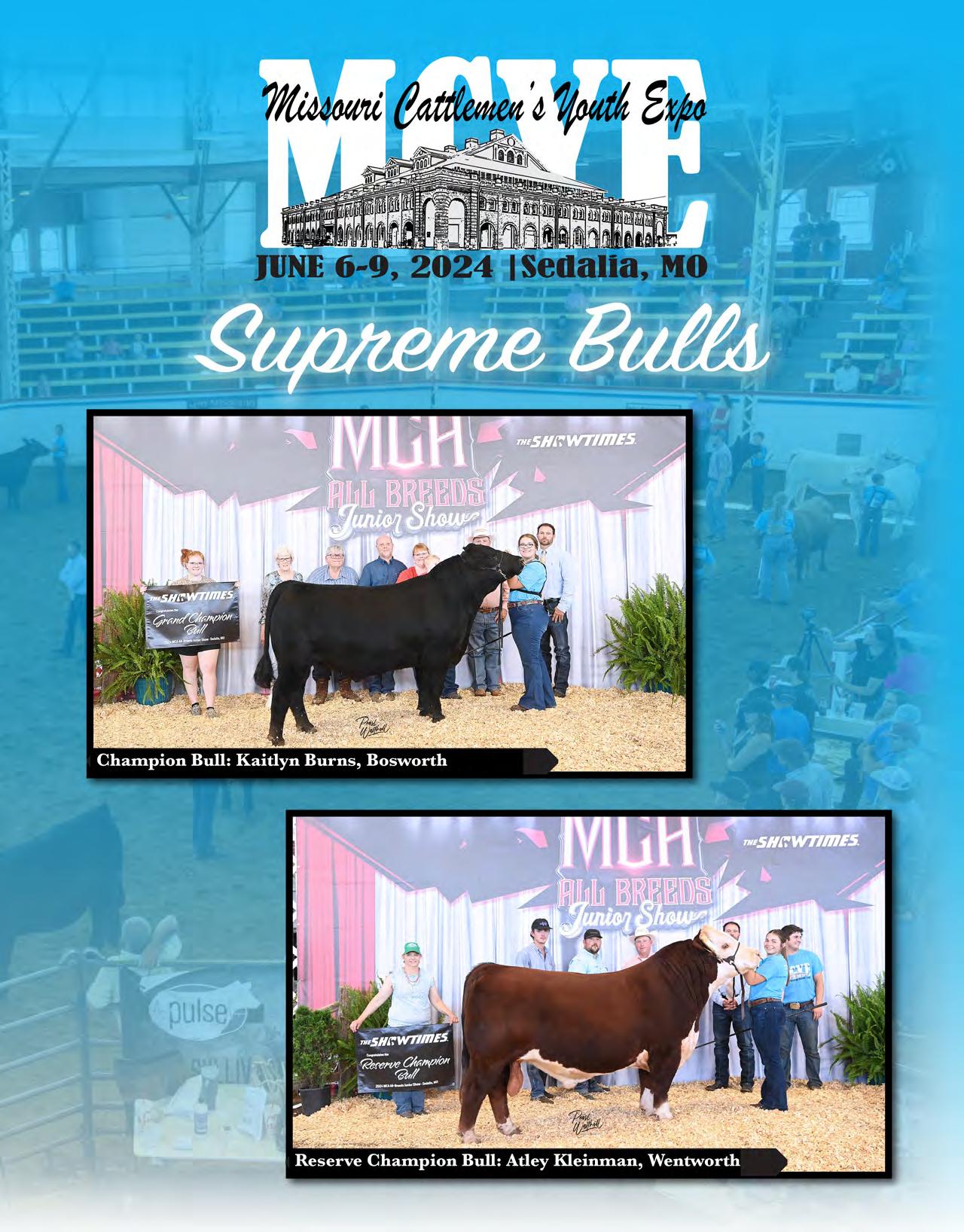
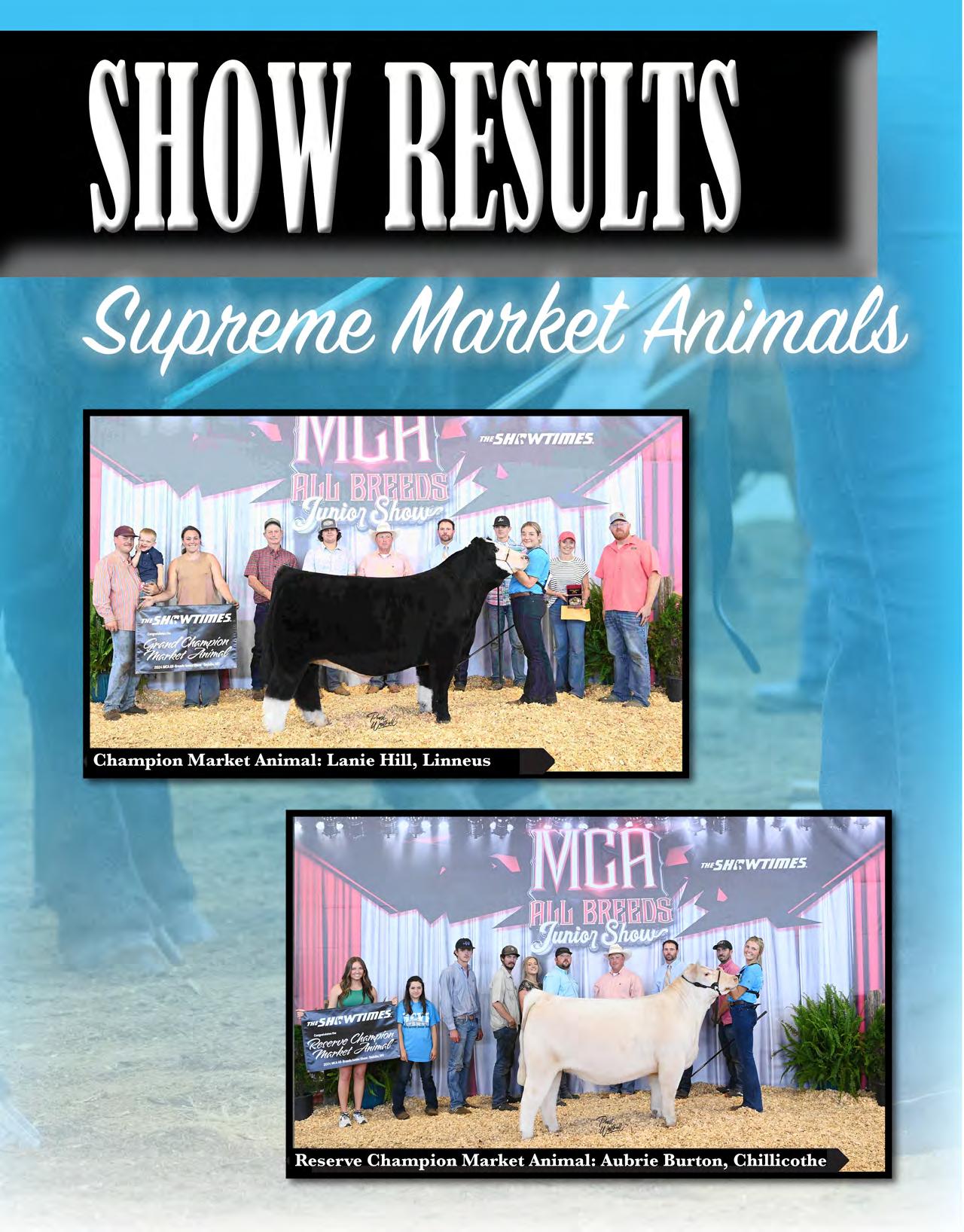
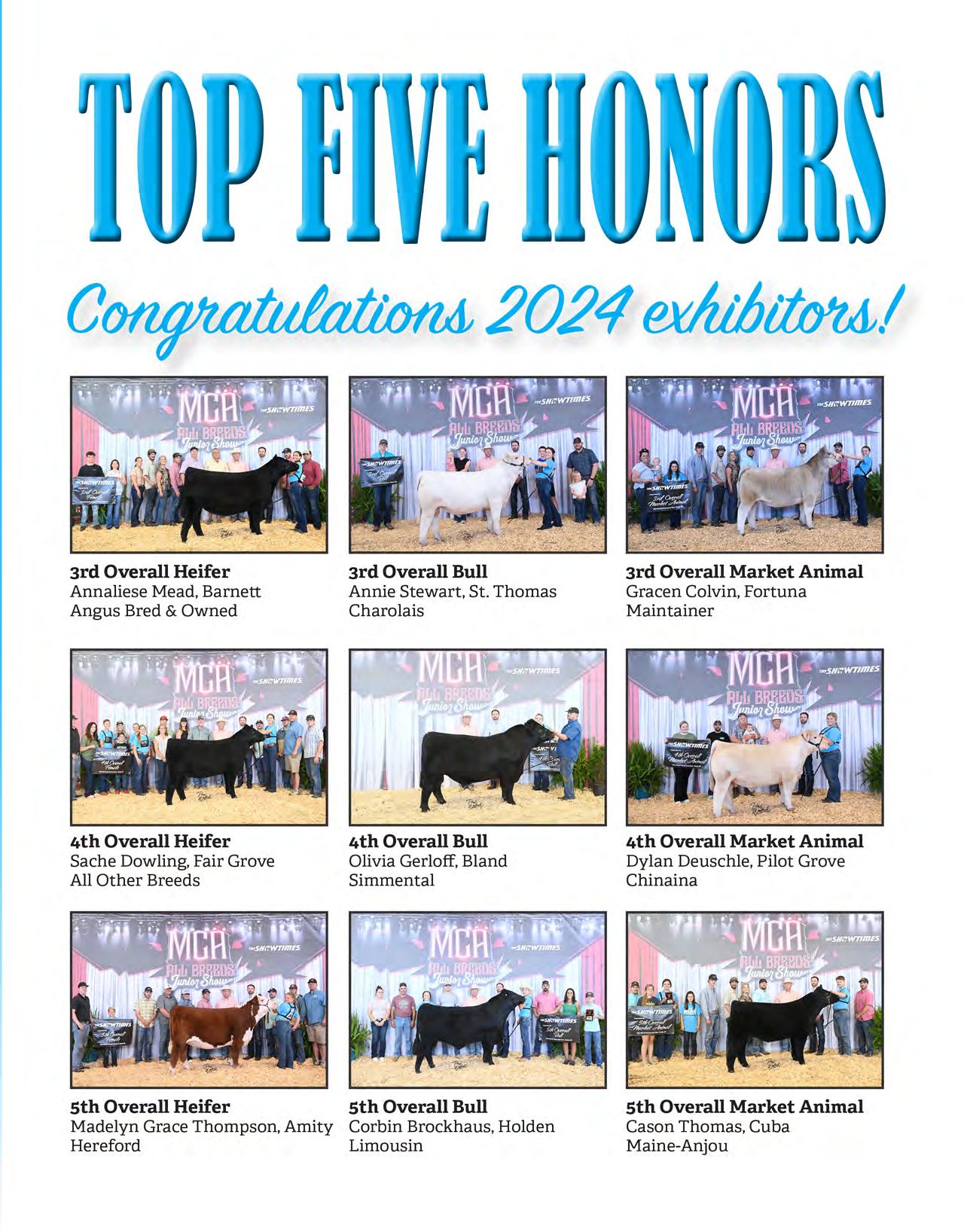
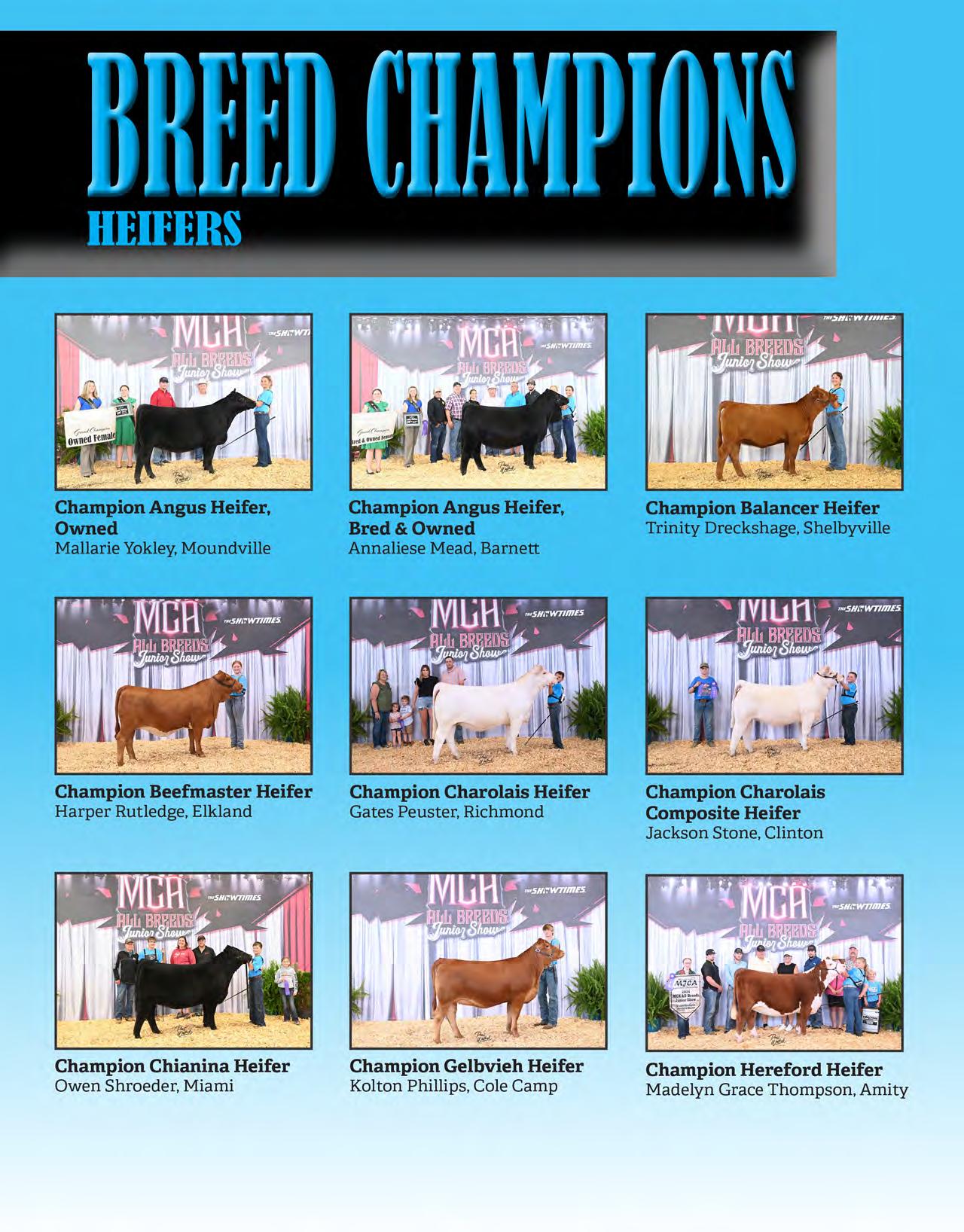
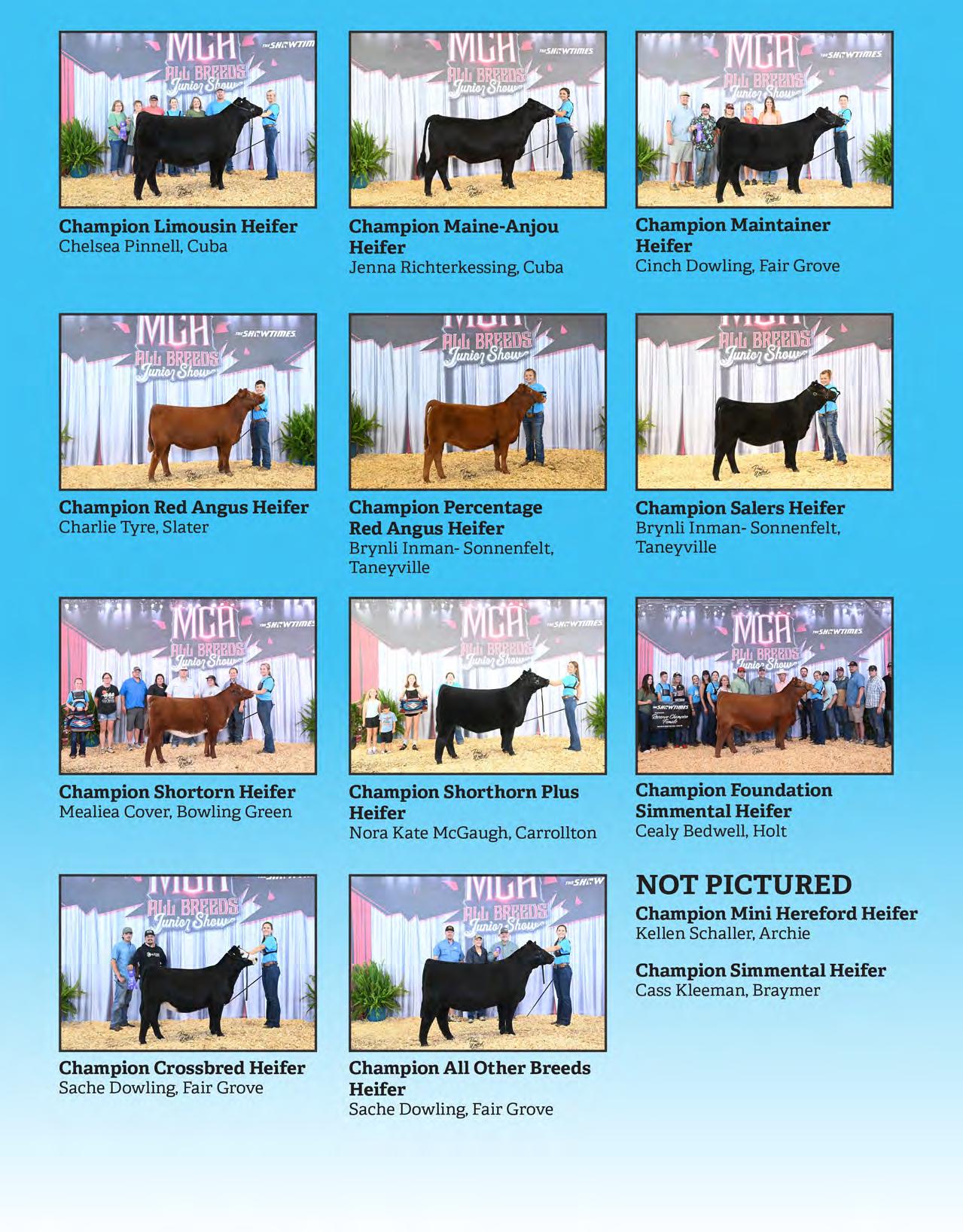
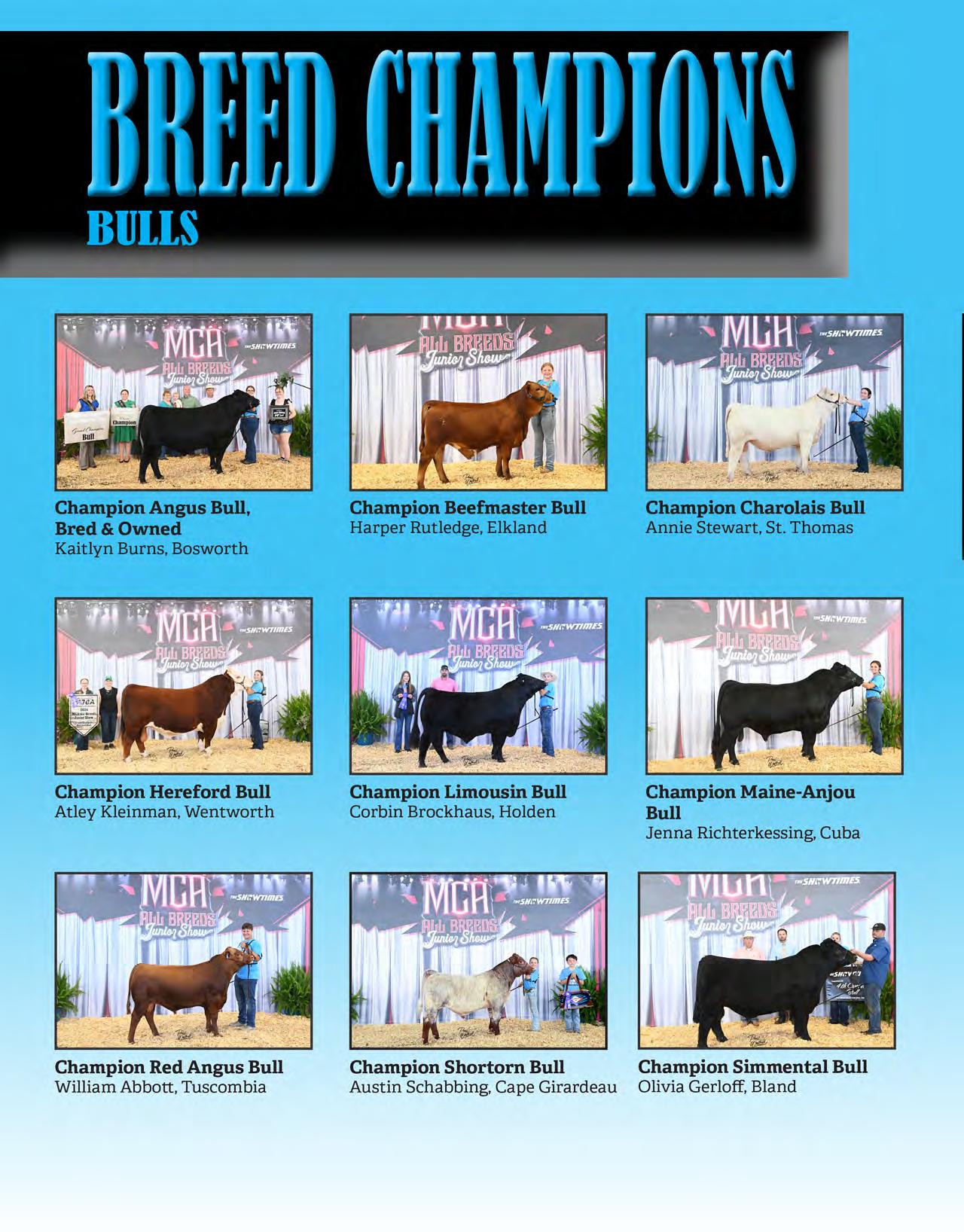
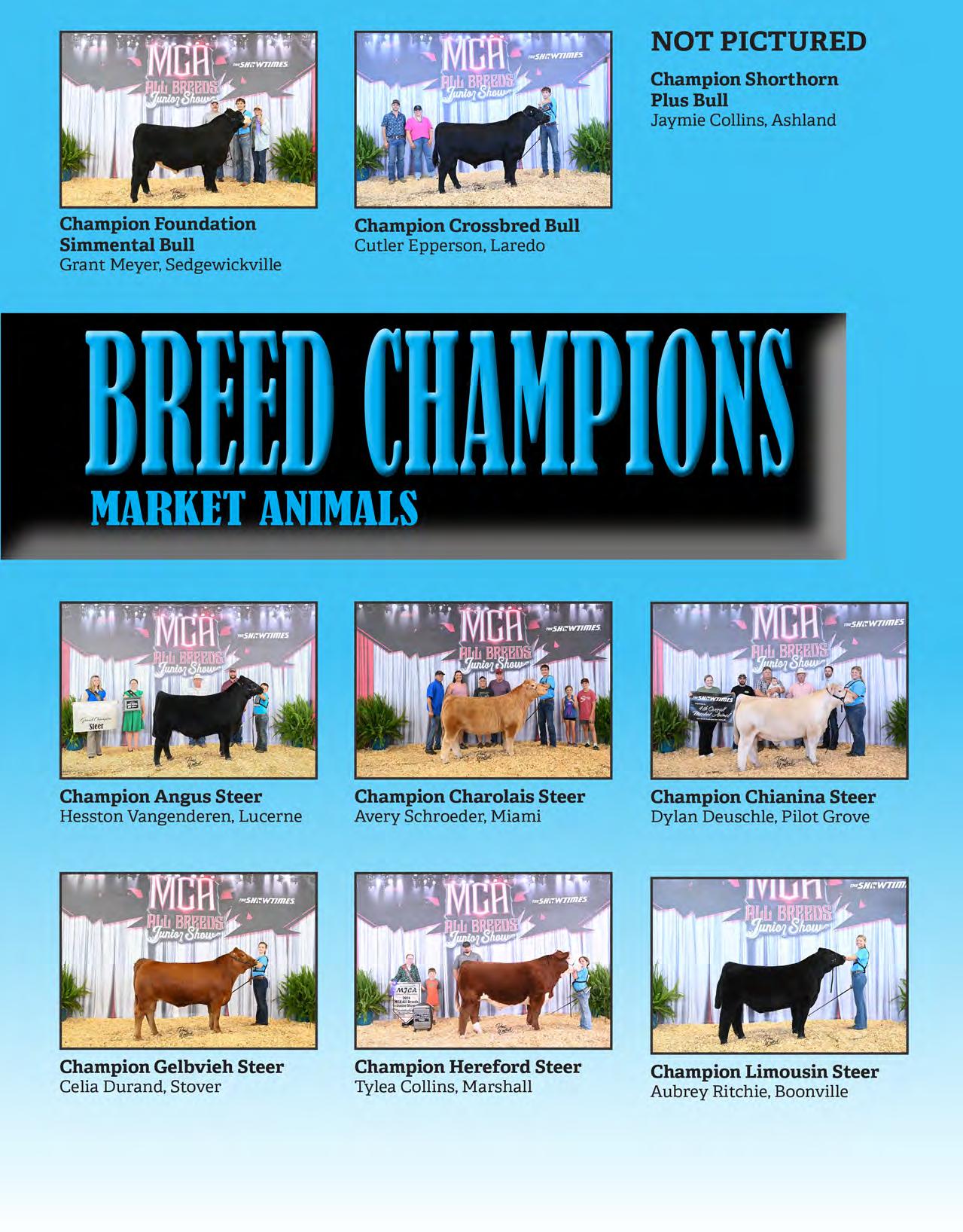
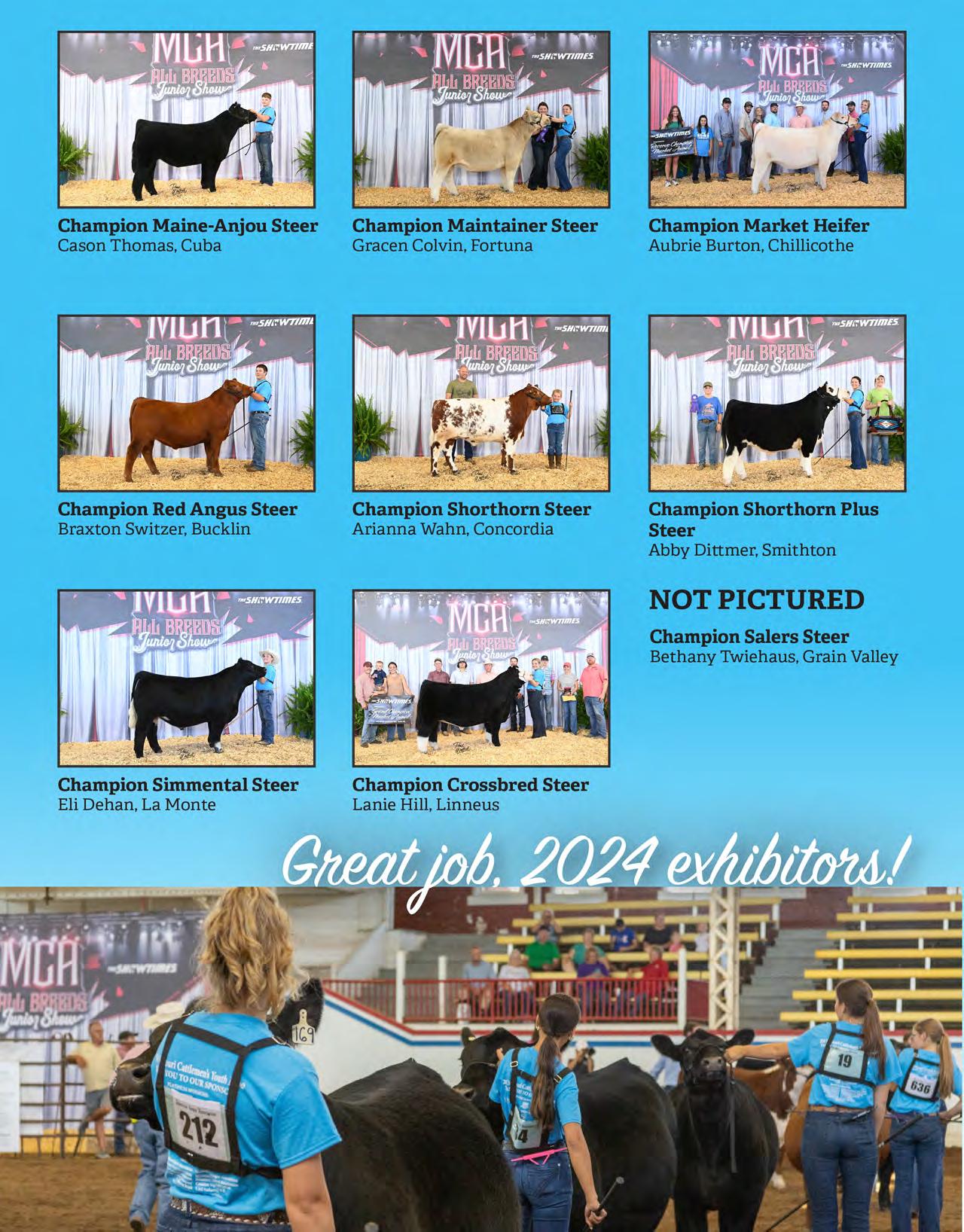

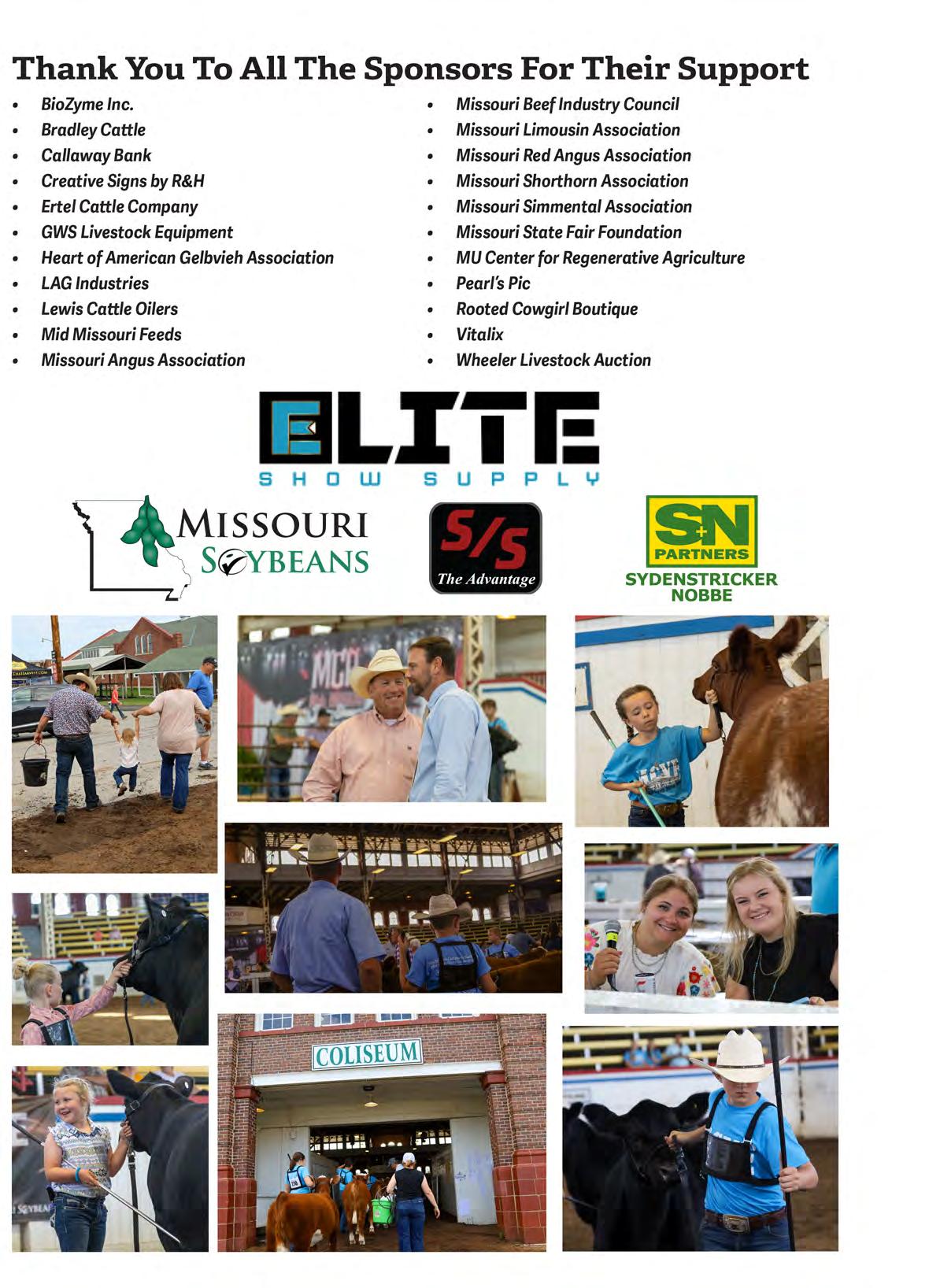
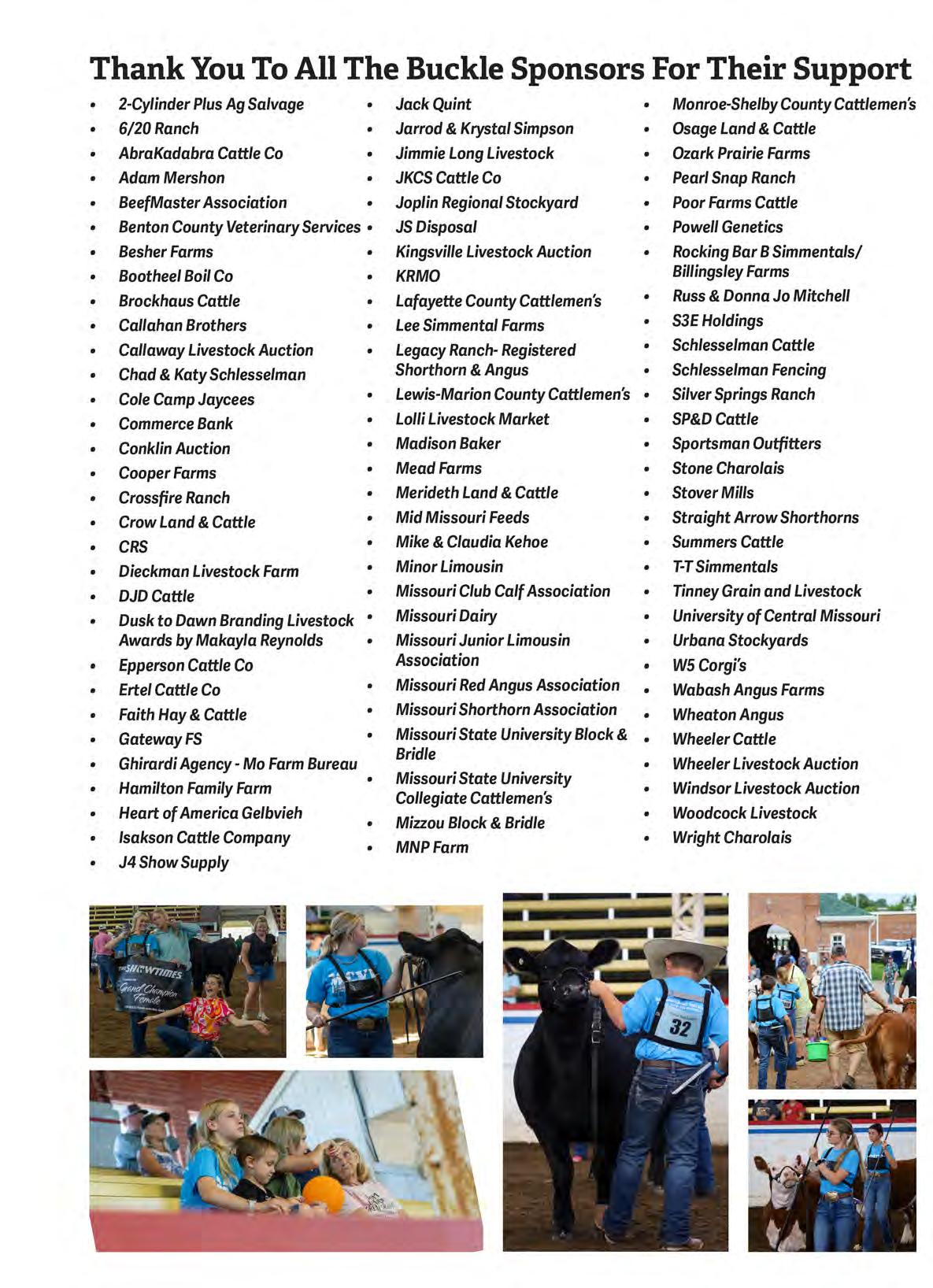
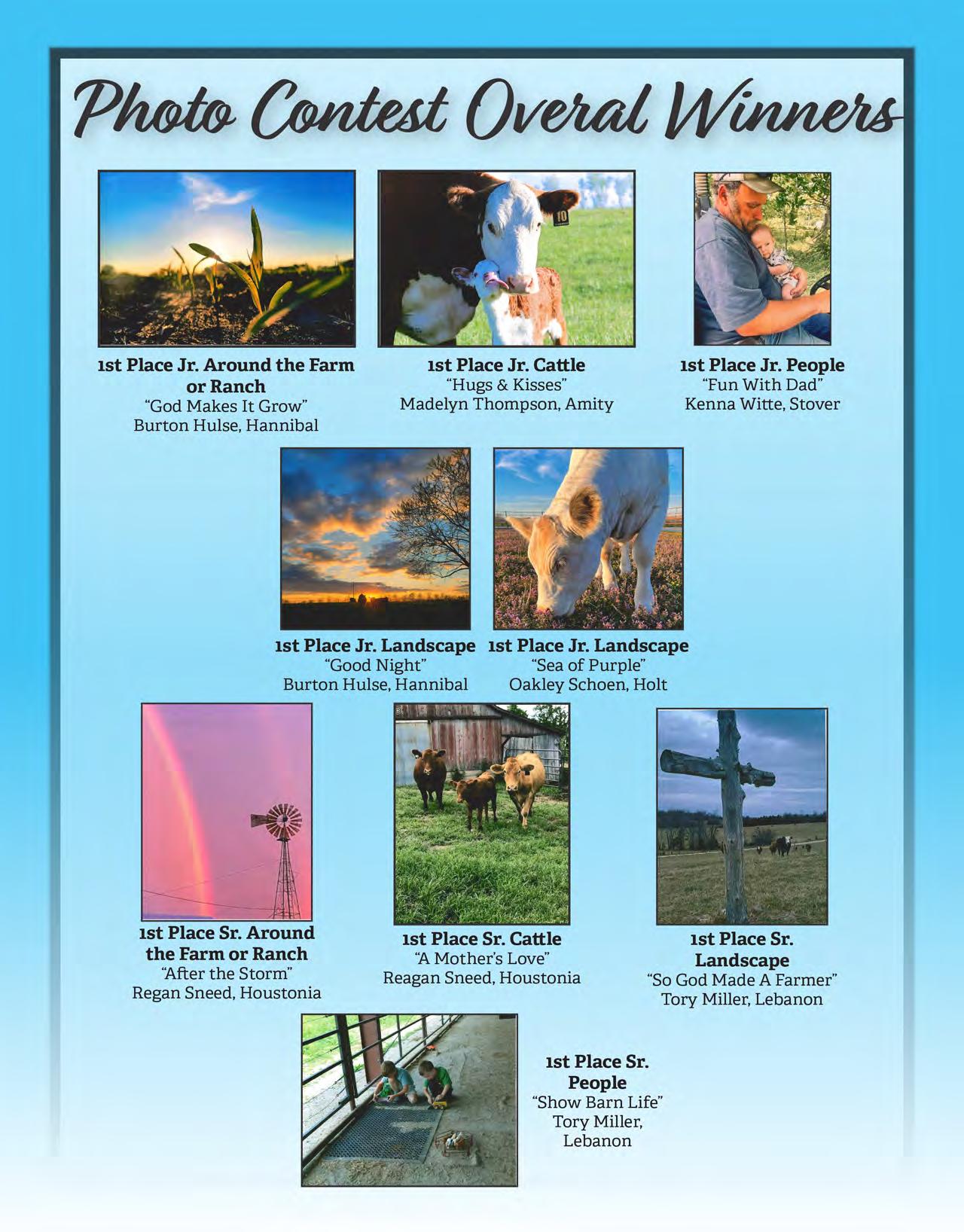
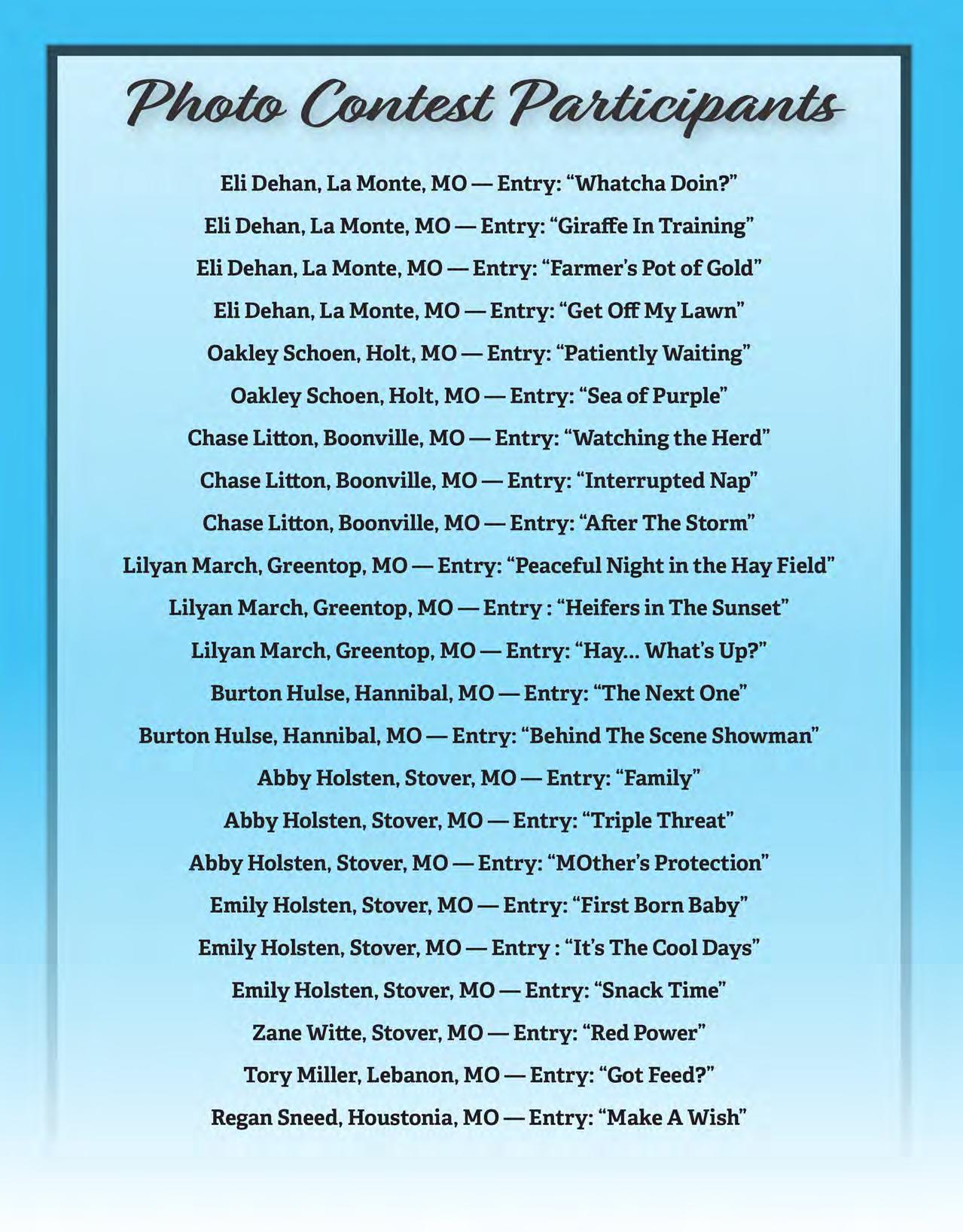
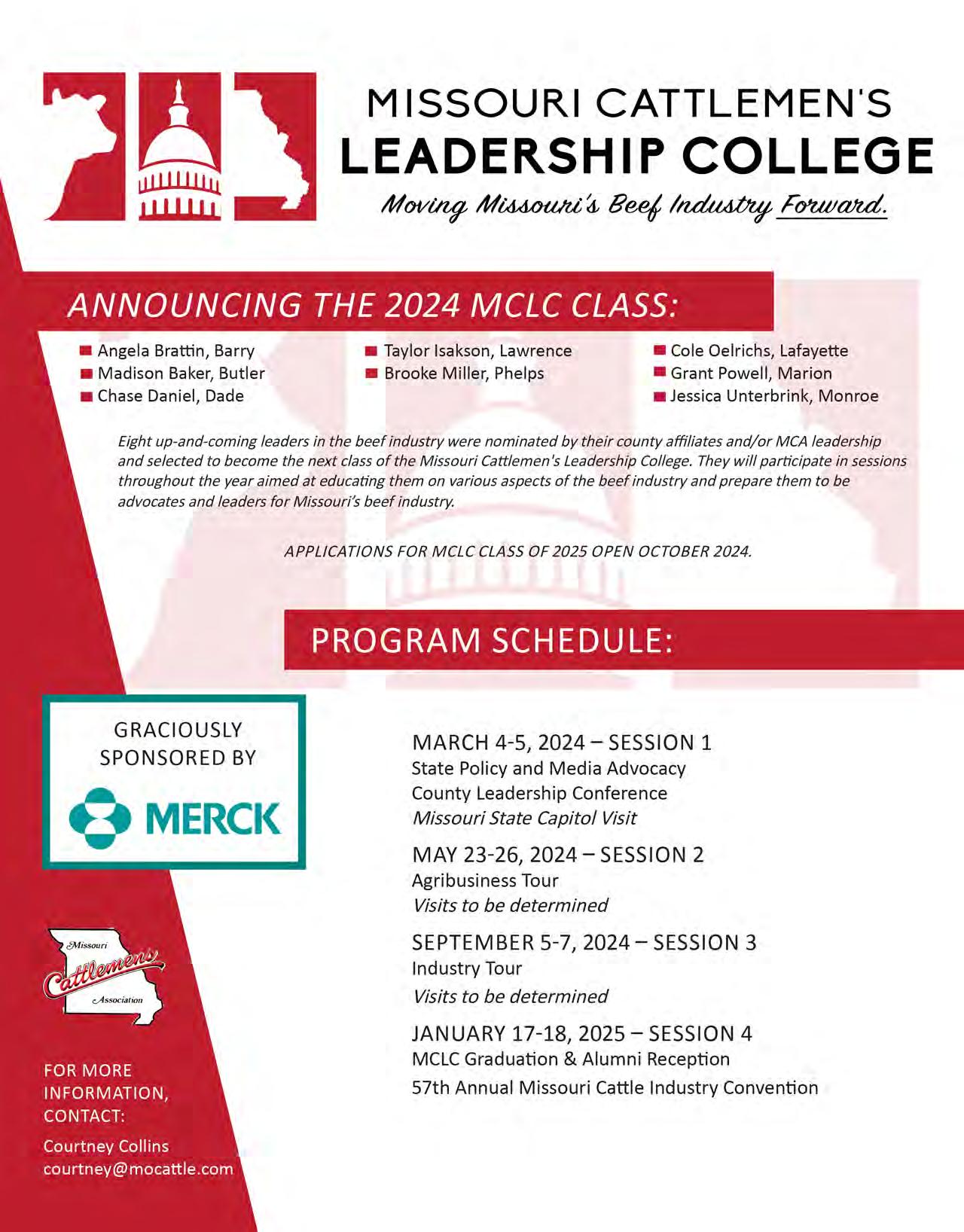
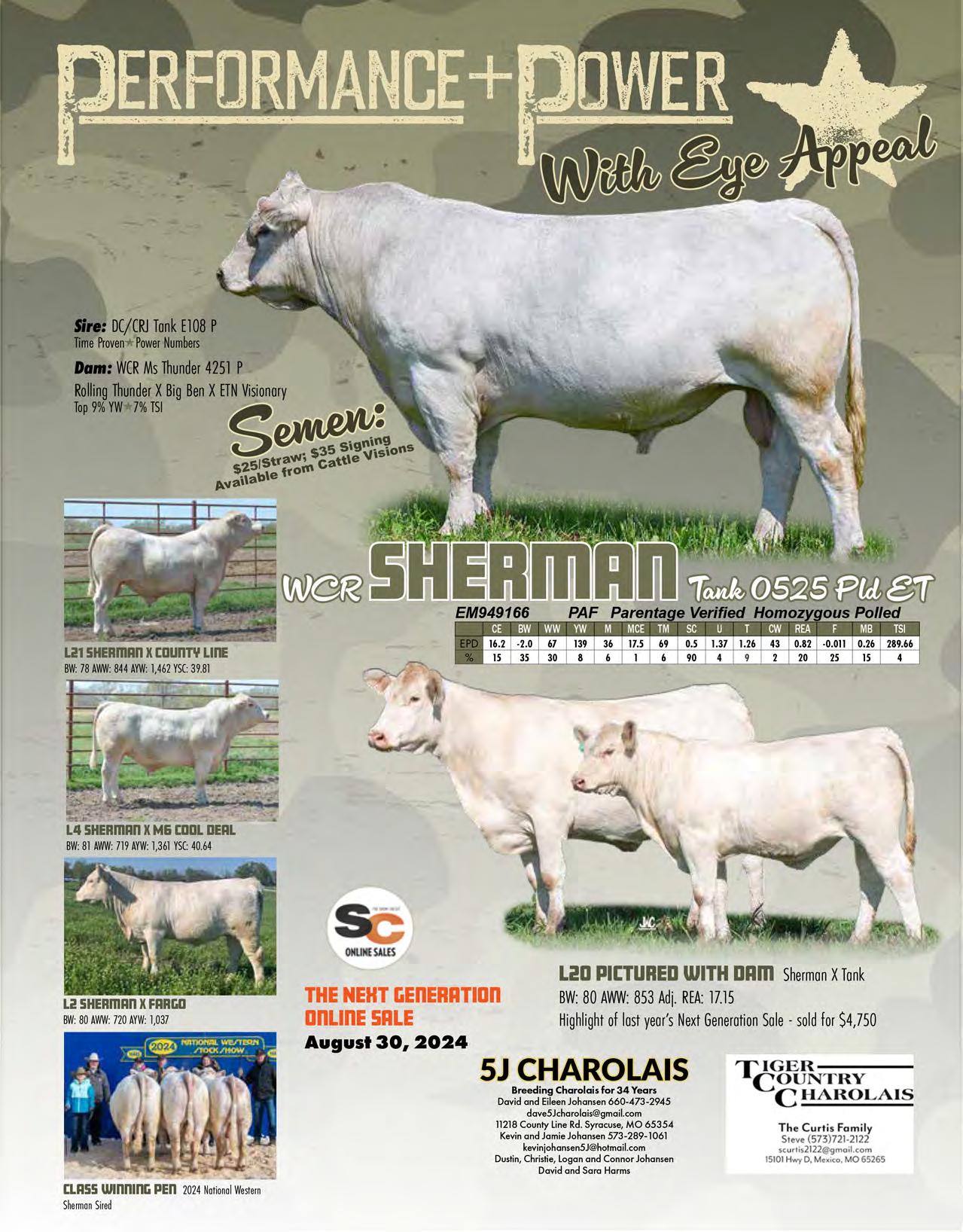
The SEMO Cattlemen worked hard during May to promote beef month. We worked with the staff at Ken’s Ace Hardware each Saturday in May to offer a different beef dish. The SEMO Cattlemen provided the meat to cook while the staff at Ken’s Ace Hardware cooked the dish. The SEMO Cattlemen members also manned a booth to share information and beef recipes with the community. Also, during beef month, the SEMO Cattlemen cooked and served all beef hot dogs and burgers at two different local school events to the students, staff and parents that attended.
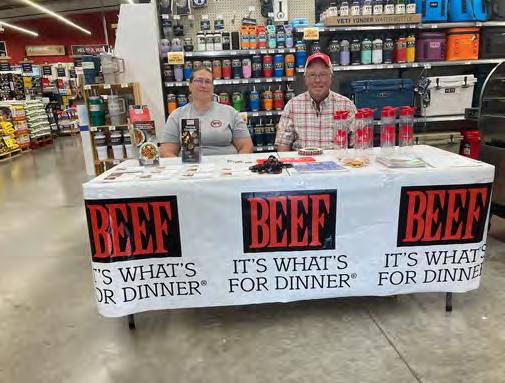
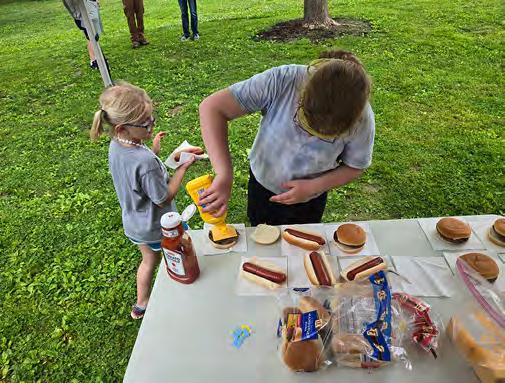
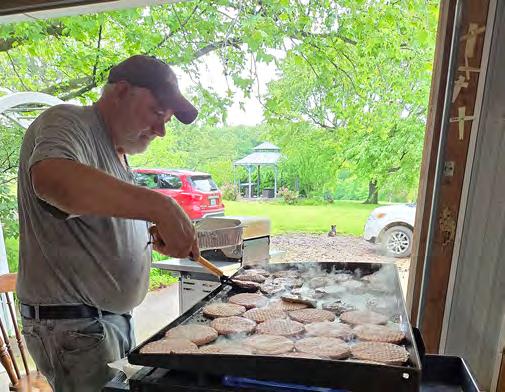
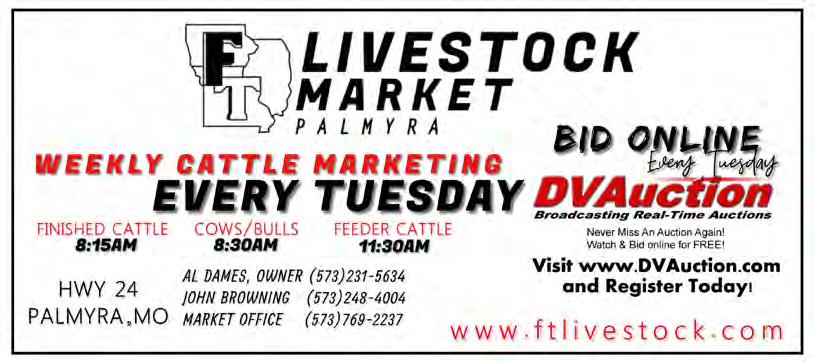
Has a cow ever gotten the best of you? Sheepishly we all bring to mind plenty of instances or the memory of others can help ‘remind’ us! - the ol’ rip does exactly the opposite of what we predicted, and we’re out-foxed. On top of that, it’s either really hot or absolutely frigid, our facilities or equipment aren’t setup for the particular task that we find ourselves in, or… we blow our top. Either way, we’ve all been there; and we sternly do our best to avoid those situations, and the decisions or lack thereof that so often lead to them. We don’t like to play the fool; and rightly so.
Interestingly enough, one of the great mistakes in life is suffering for years because you didn’t want to feel foolish for five minutes.
You don’t want to apologize, so you let a relationship deteriorate.
You’re scared of the sting of rejection, so you don’t ask for what you want.
You fear people will say your idea is dumb, so you never start the business.
Nobody likes feeling foolish, but the feeling fades quickly. The willingness to endure five minutes of discomfort turns out to be a meaningful dividing line in life,” James Clear.
I wanted to share this quote with you - it connects well to agriculture. Life is interesting isn’t it? On the subject of perceived failure, Thomas Edison comes to mind, who failed nearly 1,000 times to create the light bulb. Colonel Sanders also pops in my head. His chicken recipe was rejected over 1,000 times, and at the age of 62, his business venture finally took off, resulting in an international business success story. And of course, Noah, who in the face of naysayers, built the Ark for decades, in faithful anticipation of events to come.
There’s a parable in Luke that speaks of a successful farmer whose land yielded a great harvest. He planned to tear down his current facilities and upgrade. He’d be able to store his more bushels of his crop longer, and could retire. “But God said to him, ‘You fool! This very night your life will be demanded from you,” Luke 12:20.
There’s a lot to unpack in this short parable. The message is not that expansion, growth, and planning are poor decisions. In the case of the farmer, he had foolishly placed this world ahead of what should have been central to his life. As I read this passage, I could instantly hear my grandmother’s voice quoting Mark 8:36.“What good is it for someone to gain the whole world, yet forfeit their soul?”
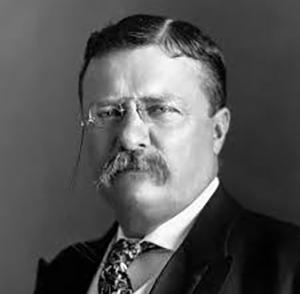
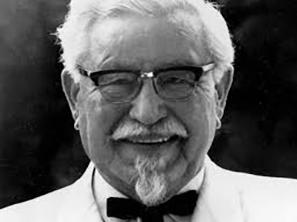
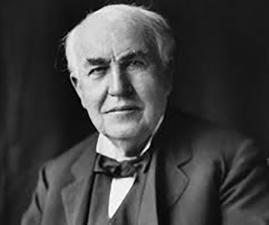
She’s good at reminding me to ‘Keep the Main Thing, the Main Thing’.
So, what’s the take away this month? I think there are several. We must plan, observe and continually adjust. While our strategies may seem foolish to some, if we are taking calculated risk based on relevant information, but I’d argue that we’re on the right track. “In any moment of decision, the best thing you can do is the right thing, the next best thing is the wrong thing, and the worst thing you can do is nothing,” President Theodore Roosevelt. Agriculture will continue to change, therefore our methods may be under revision more often than not. Most of all, in the end, we have to acknowledge and accept the Way, Truth, and the Life. After all, on the 8th day, God made a Farmer, not a fool.
Being on our annual summer break, our county news is fairly limited; thank you for allowing me to share a few noteworthy thoughts with you this month. Be considering which SW Cattlemen’s member(s) you’d like to nominate to attend the 2025 NCBA Cattle Industry Convention & Trade Show in San Antonio this February. The fall Dade County Tour will include the Joel Gray Farm, Pennington Seed, and Worthington Angus, tentatively on Saturday, September 14. I hope you make plans to join us!
Here’s to more summer rain, Nathan Isakson
President - Southwest Missouri Cattlemen’s Association
Polk County Cattlemen started July off with a bang! The Celebration of Freedom was held at Southwest Baptist University on July 4. The festivities began at 5:30 p.m. with volunteers set up and ready to serve. There were 250 steak sandwiches and 140 all beef hot dogs sold at the event. As dusk arrived the volunteers and community turned their eyes to the sky for a brilliant fireworks display. Dazzling, shimmering lights made a spectacular show.
We held our July meeting on the July 11 at the CMH Community Room at Lime Bank. Learfield Communications were the sponsor of the evening. Chez Kleeman, Biological Science TechnicianUSDA, APHIS gave an informative and eye-opening presentation about black vultures. These destructive birds are increasing in population and their aggressive nature is causing problems for livestock producers in Polk County and other parts of Missouri. Chez brought examples of turkey vultures and black vultures to showcase their differences. Notably the black vulture is smaller than a turkey vulture, with a black head and white feathers on the tips of their wings. There are steps to take to limit the chance of them being more problematic for you. You can remove dead trees and old buildings where they like to roost. If they are already a nuisance you can try hanging effigies, using green lasers or even fireworks to harass them off your property. These birds are federally protected by the Migratory Bird Treaty Act, so, before you shoot, it is imperative to get a permit. You can contact your local Farm Bureau Office to assist in obtaining one. Let’s help the USDA show these birds are taking up residence and a threat to our livestock by reporting when you have an issue.
A winner was drawn for the raffle of the MiraFount Waterer. Congratulations to Keith Stevens for purchasing the lucky ticket. Last meeting, Rick Davis, highlighted a need for AED devices for first responders in Polk County. Your chance of survival can triple when these devices are used. In response, Mike and Angie Siemens of Paradox Farms generously donated $1,000 for a unit from our Association. This in addition to the $1,000 donation from Polk County Cattlemen makes two units to help save lives. We feel passionate about supporting friends, family, and neighbors and giving first responders the best tools to save lives. Stay tuned for more opportunities to help contribute to this worthy cause.
Summer is going by quickly but there is still more fun to be had. It is almost time for the Missouri State Fair, and you know what that means! Ribeye and burgers and steak salad, oh my. Make plans to volunteer at the
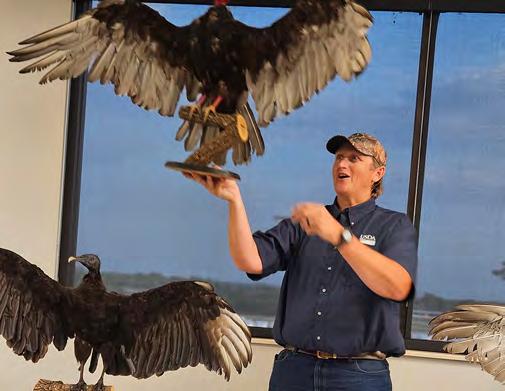
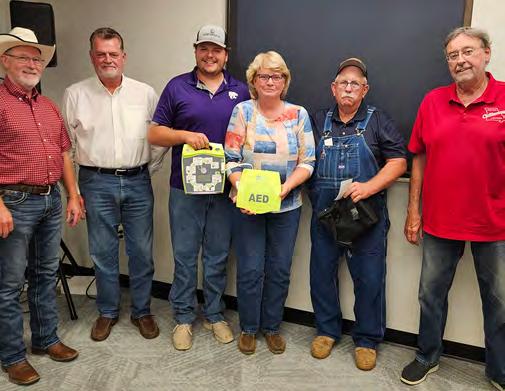
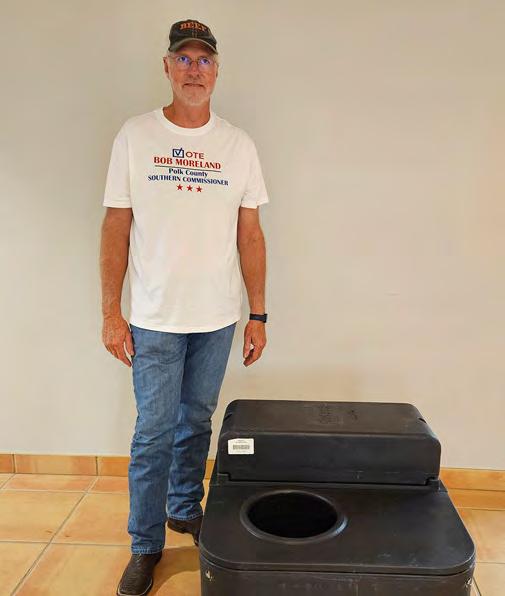
Missouri Beef House on August 17 from 2 p.m. to 6 p.m. If you can’t make it that day stop by and support the beef industry by enjoying a delicious meal.


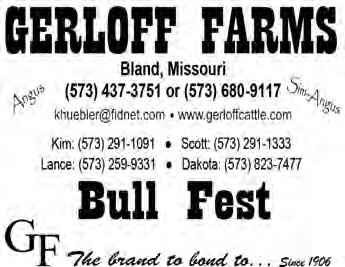

641-4522
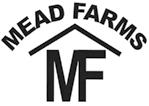
573-302-7011
Fax: 573-348-8325 E-mail: meadangus@yahoo.com Website: www.meadfarms.com
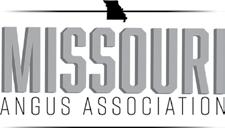


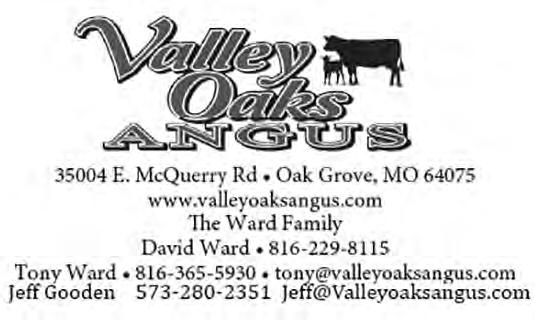
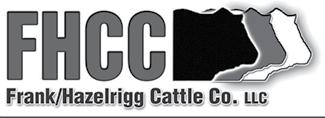

Julie@missouriangus.org



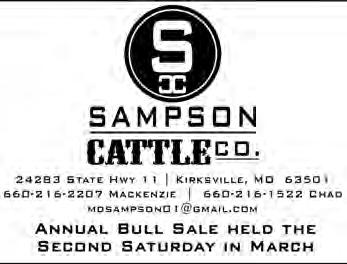
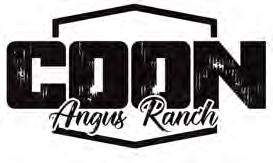
St. Clair County Cattlemen’s Association met on Tuesday, July 9 at Valley Center Church in Lowry City with 37 members and guest present. Patrick Davis with the University of Missouri Extension spoke to the Cattlemen about Protecting your Cattle Operation from Drought. Patrick discussed all avenues from cattle management, fertility management, diverse forage, and hope for and capture what rain you can!
Thank you to Miller Seed for sponsoring, Patrick Davis with MU Extension for speaking and Valley Center Church for cooking a delicious meal for our meeting!
St. Clair County Cattlemen are working to sustain the MO Beef for MO Kids Program. Next school year dates are set as August 2, Oct. 25, Dec. 27, and March 28th. Any person or business interested in donating please see Weston Shelby or Lawanna Salmon so they can get it marked down. Monetary donations are being taken to help the Cattlemen be able to purchase cattle when no one has one ready to go at the scheduled time.
St. Clair County Cattlemen are holding a scholarship fundraiser for a 22 Henry Golden Boy. Tickets are $5 each and the drawing will be held on August 31, 2024.

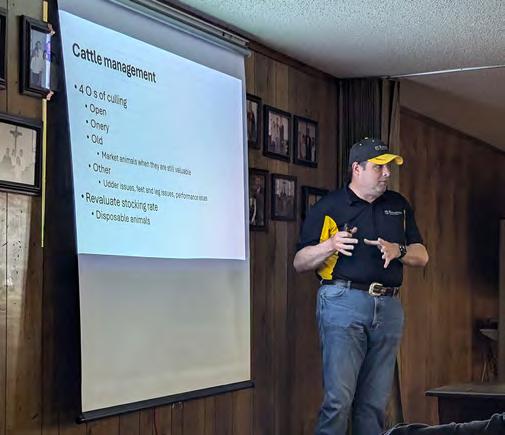
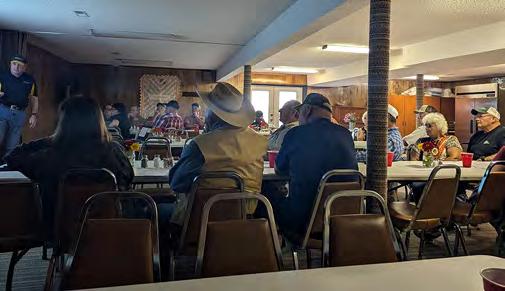
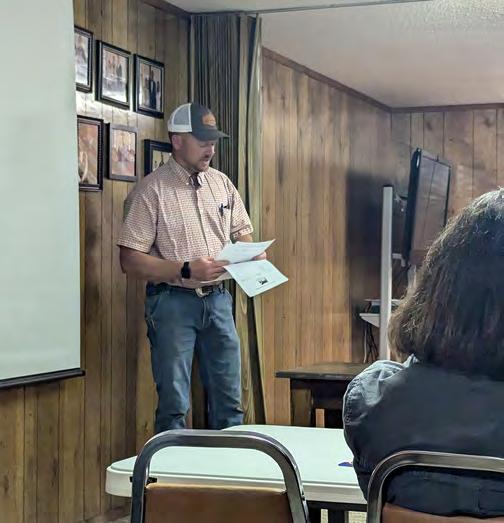
Lafayette County Cattlemen were busy at the grill again in June and July.
Cattlemen grilled on Saturday and Sunday June 8 and 9 for the Missouri Cattlemen’s Youth Expo in Sedalia, and helped Pettis County grill for a record crowd at the PAC steak fry on Saturday evening.
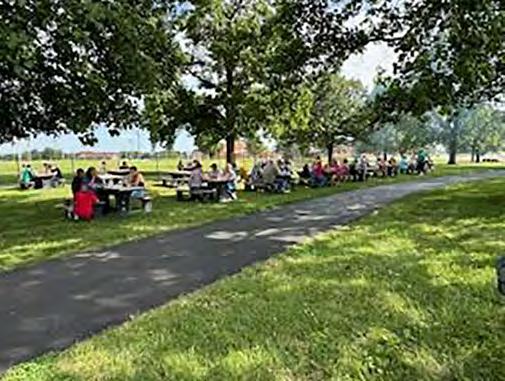
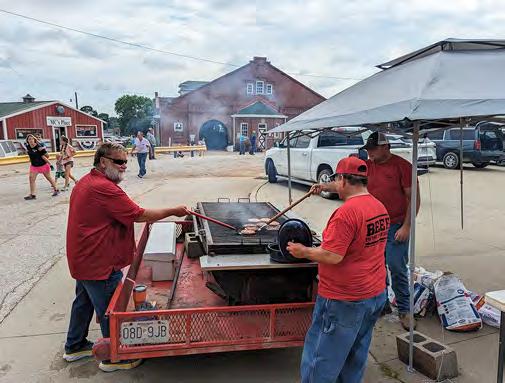
The Lafayette County 4-H and FFA Fair is one the ways LCCA supports our youth. Grilling hamburgers and hot dogs for the annual Super Farmer contestants and their families is always a “hot time” during the week.
Details on the Rate of Gain contest sponsored by LCCA will follow in next months article.
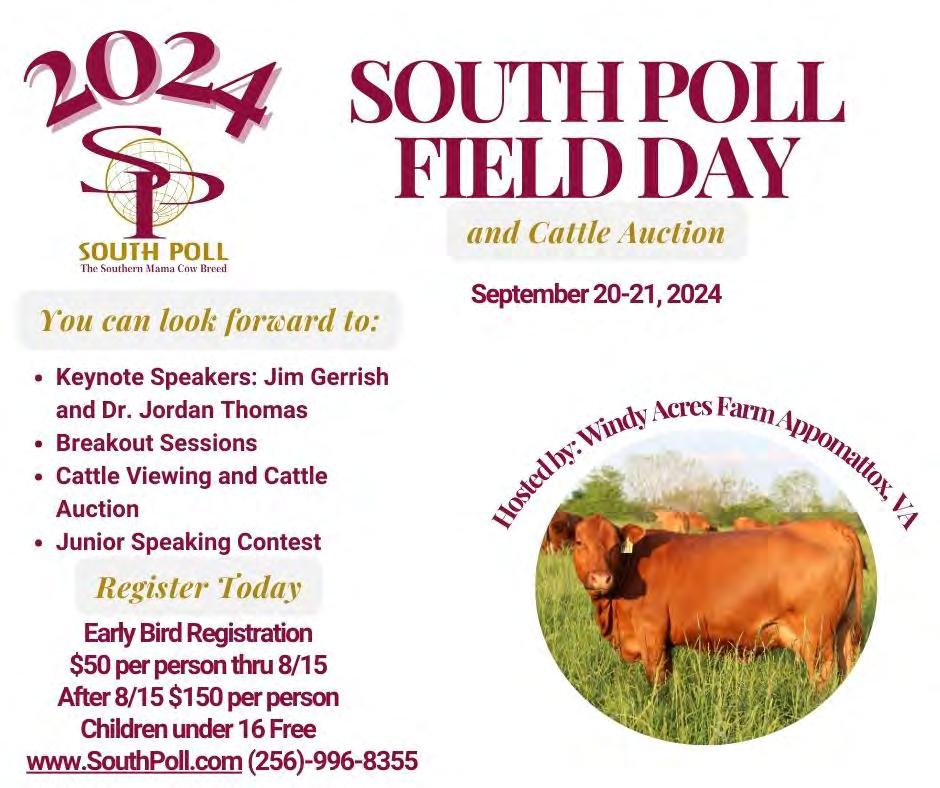
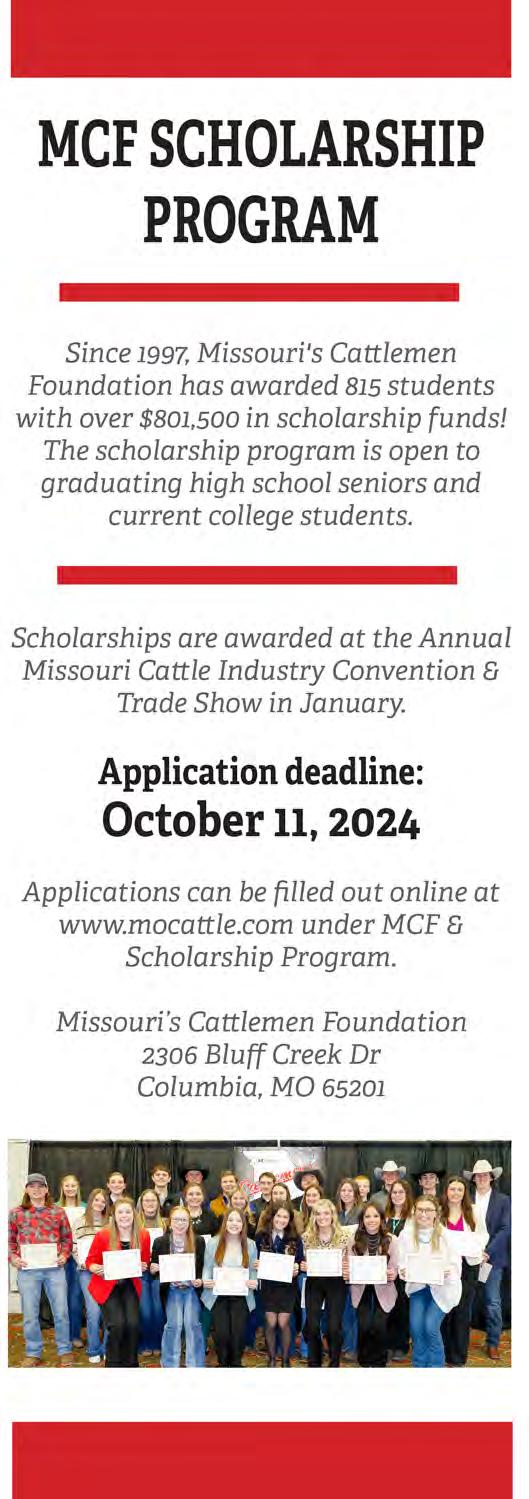
It is with a heavy heart that we announce the passing of Dr. Rex E. Ricketts on July 7, 2024, at the age of 83. Rex was a revered educator and a pillar in his community and the agriculture industry. A long-time resident of Hallsville and a cherished University of Missouri professor emeritus of animal science, Rex left an indelible mark on the world around him.
Born and raised on a dairy farm in Fair Grove, Missouri, Rex’s early life was steeped in agriculture. He and his brothers were known for their prize-winning cattle at fairs and cattle shows across the region. His father, Raymond Ricketts, was a 1937 University of Missouri graduate from the agriculture department who led the use of new access to electricity to improve the Missouri dairy industry. Adding to Rex’s deep Mizzou and agricultural roots, his uncle, Ralph Ricketts, was an MU professor of agricultural engineering.
Destined for the University of Missouri, Rex’s academic journey was distinguished, culminating in a doctorate in dairy husbandry. His leadership extended to various student organizations, including membership in Mizzou’s famous Roughnecks, as well as his Alpha Gamma Sigma fraternity. During his final year as an undergraduate, he was recognized as the Outstanding Senior by the MU College of Agriculture. Throughout his time at MU, Rex found himself mucking stalls at the university’s dairy barns, which had been donated by none other than J.C. Penney, who would often stop by to visit. Rex described him as “quiet, but friendly to a stall mucker.”
Rex also met his wife, Sondra (Rainey) Ricketts, at MU, who graduated with a degree in library science, and with whom he recently celebrated 60 years of marriage. His lifelong interest in Charolais cattle can be attributed to Sondra’s dad, J.E. “Sky” Rainey, who ran a purebred Charolais operation in northwest Missouri, where Sondra grew up. Rex’s two younger brothers followed him in studying agriculture at MU, and all three of his children are Mizzou graduates as well.
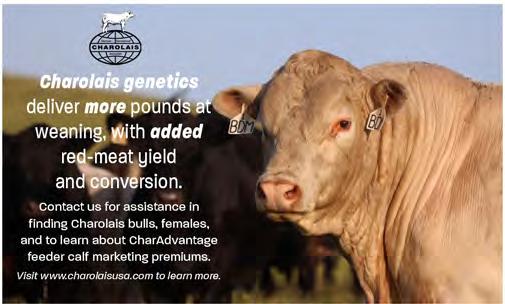
After a remarkable 42-year tenure teaching at the University of Missouri, Rex retired as the Director of the MU Extension Commercial Agriculture Program in 2013. His earlier career was marked by significant roles, including MU Extension State Dairy Specialist and Chair of the MU Department of Dairy Sciences. His efforts in leading dairy programs and improving the Foremost Dairy Research Center’s operations were pivotal for the university and the state. In 1993, the Missouri Dairy Hall of Honors awarded Rex its Dairy Leadership Award, a testament to his profound impact on the industry.
While his academic specialty was dairy science, Rex’s expertise spanned well beyond dairy, as he worked closely with swine, beef, and agronomy educators, as well as industry leaders nationwide. He was lauded for his unique ability to foster multidisciplinary collaboration and develop practical agricultural technology. His leadership in organizing livestock teams at MU exemplified his commitment to the land-grant mission and continues to inspire other university programs across the country. Rex was also a founding board member of the National Center for Beef Excellence and its national genetic evaluation program, responsible for over 30 million commercial cattle throughout the United States. He even led the installation of a quarantine process at the Lambert-St. Louis International Airport to facilitate the shipment of Missouri livestock all over the world. Whether in the classroom or in the field, Rex’s innovative and energetic approach to his work significantly advanced Missouri’s agricultural sector.
Rex’s impact was frequently and widely recognized. In 2019, he was honored with the Agriculture Educators Lifetime Achievement Award at the Missouri Livestock Symposium where his contributions were celebrated in the presence of esteemed colleagues and the keynote speaker, Temple Grandin.
Most recently, Rex was inducted into the AmericanInternational Charolais Association’s Hall of Fame on April 24, 2024. Having run a renowned breeding operation with his wife Sondra at their 170-acre Ricketts Charolais Ranch for many years, he served the AICA
for over 22 years as chairman of the Breed Improvement Committee, where he helped revolutionize the science and methodology for producing the highest quality Charolais cattle. Fellow Missouri native and Charolais breeder, Jim Husz, attested that Rex’s influence was “almost immeasurable.”
Among many other contributions to his community outside of his work, Rex served for many years as an elder at Trinity Presbyterian Church in Columbia. He had many interests, big and small. He loved watching his children and grandchildren perform in cattle shows, theater, robotics, equestrian competitions, and sports. He was a world-class tomato grower, accomplished swing dancer, and savored the simple joy of a cold Miller High Life at the end of a long day. Not surprisingly, he and Sondra were also avid Mizzou sports fans, season ticket holders for many years.
Rex is survived by his wife, Sondra, a retired librarian, and their three children, Chad Ricketts (wife, Gabrielle Ricketts), Trina Ricketts (husband, Brett Strand), and Neysa Kleinman (husband, Kevin Kleinman), all of whom have continued the family’s legacy of excellence and service. He is also survived by his brother, Kim Ricketts (wife, Linda Ricketts), as well as six grandchildren and many nieces and nephews.
Rex Ricketts was so much more than any one thing; he was a devoted husband, father, brother, friend, educator, visionary, mentor, and community leader whose life and work will be remembered and celebrated by all who had the privilege of knowing him. He will be deeply missed, but his legacy will continue to influence the agriculture industry, his family, and his community for generations to come.
In lieu of flowers, please consider a donation to the American Charolais Foundation (<https://charolaisusa. com/american-charolais-foundation.php>) which will be used to create a Rex E. Ricketts Memorial Scholarship for Junior Charolais members.
Funeral Services were held at 11:00 a.m., Friday, July 19, 2024, at Trinity Presbyterian Church.

A Sullivan, Missouri cattleman is among a small group of breeders selected to attend the 2024 Beef Leaders Institute and spend a week learning about the beef value chain.
Source: Angus Media
From pasture to plate, it takes multiple links in the value chain to bring Americans the hamburgers they are throwing on the grill this 4th of July. And each link is integral to the success of the others. That was one of many takeaways for the 25 Angus producers selected to attend the 2024 Beef Leaders Institute.
“It is evident that Certified Angus Beef is doing a good job promoting our breed and their brand,” said attendee Blake McDonald from Sullivan, Mo. He operates an Angus-based cow herd and direct-to-consumer beef business while also working for Sydenstricker Genetics.
“It looks like we have a bright future ahead, as a breed,” he continued.
The American Angus Association®, in partnership with Certified Angus Beef ® brand and the Angus Foundation, hosts the annual BLI program to develop young cattlemen and women as industry leaders.
“Our Angus breeders are the very beginning of the food chain. They are raising the high-quality Angus genetics that are the very start of things,” said Kara Lee, director of producer engagement at Certified Angus Beef. “However, sometimes producers can be so focused on executing that it can prevent them from having a better understanding of how they impact every step along the way to the consumer.”
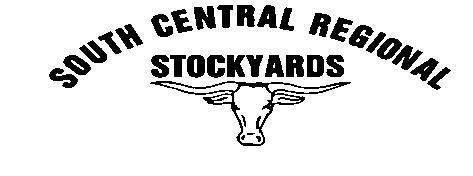

The five-day tour started at the American Angus Association® in St. Joseph, Missouri, and traveled to six states before wrapping up at the Certified Angus Beef headquarters in Wooster, Ohio. Attendees toured TysonDakota City, Weborg Feedyard, Buckhead of Ohio, STgenetics, and a Meijer Grocery Store along the way.
The whirlwind of a travel week still allowed time for the attendees to get to know one another. This year’s group came from a wide range of operations that vary in size and kind, representing 16 states and two Canadian providences.
“The highlight for me was meeting everybody from across the country,” said McDonald. “To get to tour all sectors of our industry with people who share a common interest was fun.”
The Class of 2024 will have the opportunity to expand their network further at the Angus Convention in November where they will be invited to take part in a reunion event for all Beef Leaders Institute classes.
Applications for the 2025 Beef Leaders Institute will open in late fall to American Angus Association members between the ages of 25 and 45.

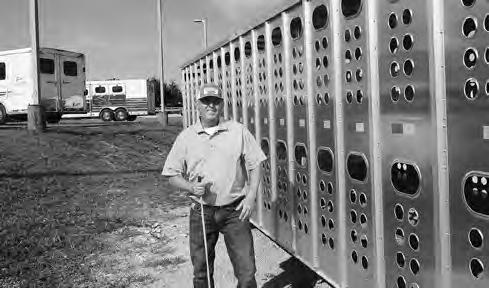
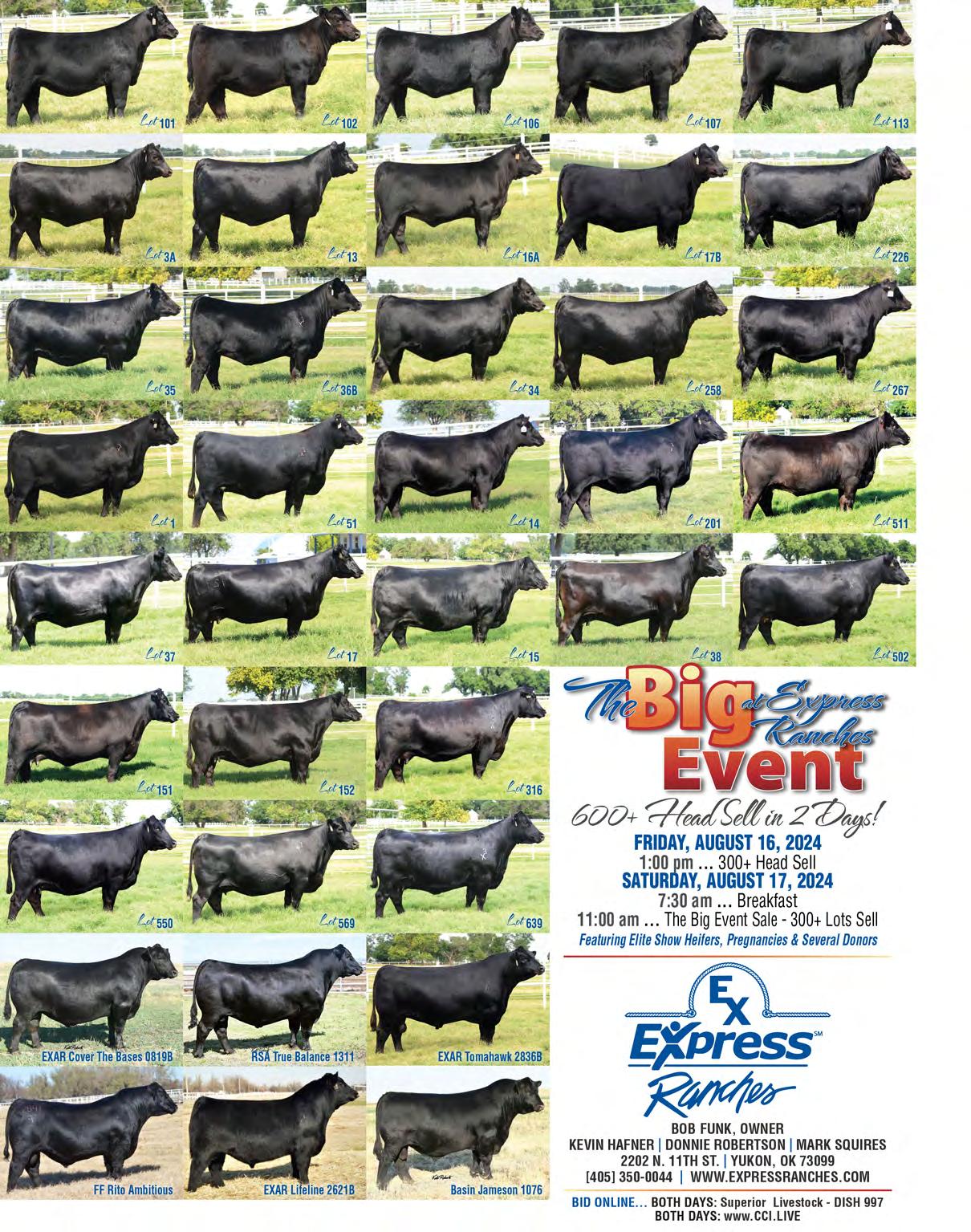
Source: University of Missouri Extension
COLUMBIA, Mo. – A yield-robbing corn disease, tar spot, is gaining ground in Missouri.
Tar spot has been confirmed in 19 counties in 2024, says University of Missouri Extension plant pathologist Mandy Bish. Corn growers in nearly half of the state’s counties have reported tar spot since Missouri’s first confirmed case in 2018.
The counties with confirmed cases this year are Scotland, Schuyler, Marion, Lewis, Pike, Lincoln, Monroe, Saline, Carroll, St. Charles, Lafayette, Boone, Nodaway, Gentry, Chariton, Andrew, Platte, Audrain and Howard, according to Corn ipmPIPE, a website that tracks corn diseases. MU Extension is one of the institutions contributing to the website.
Tar spot has been present at low levels and restricted to the lower corn canopy in most of the confirmed cases of 2024, says Bish.
Tar spot, like many other corn diseases, overwinters in infested corn residue. The fungus that causes tar spot prefers temperatures in the mid-60s to low 70s.
Tar spot appears as small, raised black spots across the upper and lower leaf surfaces. In severe cases, it can also be found on husks and leaf sheaths. Corn is the only known host.
Tar spot is sometimes confused with insect frass, says Bish. Unlike frass, which can be wiped away easily, tar spot cannot be scraped off, says Bish.
“We have some knowledge on corn hybrids that are less susceptible to tar spot, but we have yet to identify a highly resistant hybrid,” says Bish.

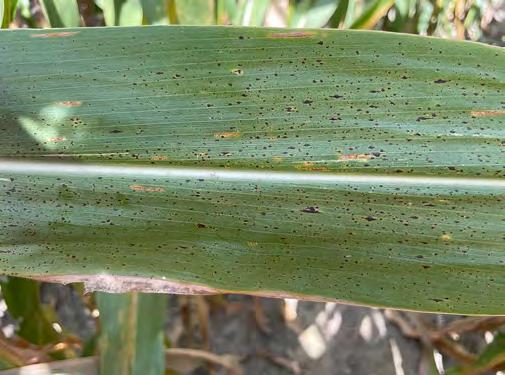
Bish recommends fungicide applications at VT-R3 stages, which have been most consistent during high outbreak years. Fungicide applications earlier than VT and after R4 have not demonstrated a good return on investment, she says.
A June 2024 article on the Crop Protection Network website discusses decision-making for fungicide application.
The Tar Spotter app at https://ipcm.wisc.edu/apps/ tarspotter helps to predict the risks of tar spot using several variables, including weather. Farmers can enter site-specific information into the app, which combines this information with research-based models to predict risks and need for a fungicide application.
Learn more and follow tar spot spread at https://corn. ipmpipe.org/tarspot.
Four things to do after back-to-back drought.
Source: University of Missouri Extension
LINNEUS, Mo.– Heavy rainfall throughout much of Missouri on July 2 may have lessened worries about drought damage in pastures, but one good rain won’t undo the damage to mismanaged pastures during two straight years of drought, according to two University of Missouri Extension specialists based at the MU Forage Systems Research Center in Linneus.
In fact, mismanaged pastures may continue to see a drag in production, say state forage specialist Carson Roberts and agronomist Valerie Tate.
Weakened plants and poor infiltration are two key factors that influence the continued decline in production. Weakened plants are a product of both overgrazing and drought, say Roberts and Tate. The root systems of overgrazed, drought-ridden grasses and forbs can be severely reduced. This inhibits the plants’ ability to access moisture in the soil. A few things can be done to rejuvenate root structures:
1. Allow pastures to rest. Resting pastures lets plants invest in their roots. Restocking too quickly after drought can put more pressure on the pastures before they have adequately recovered. Haying or mowing weakened swards can also keep plants from investing in their root systems.
2. Manage fertility. Weakened root systems are less capable of accessing nutrients. Good fertility can speed up recovery. Consider collecting soil samples for
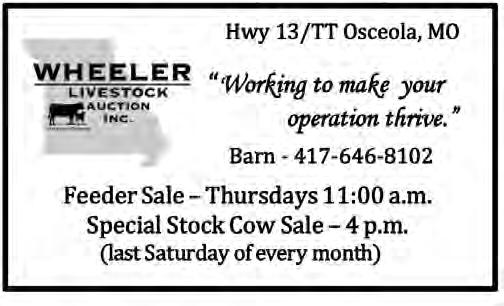
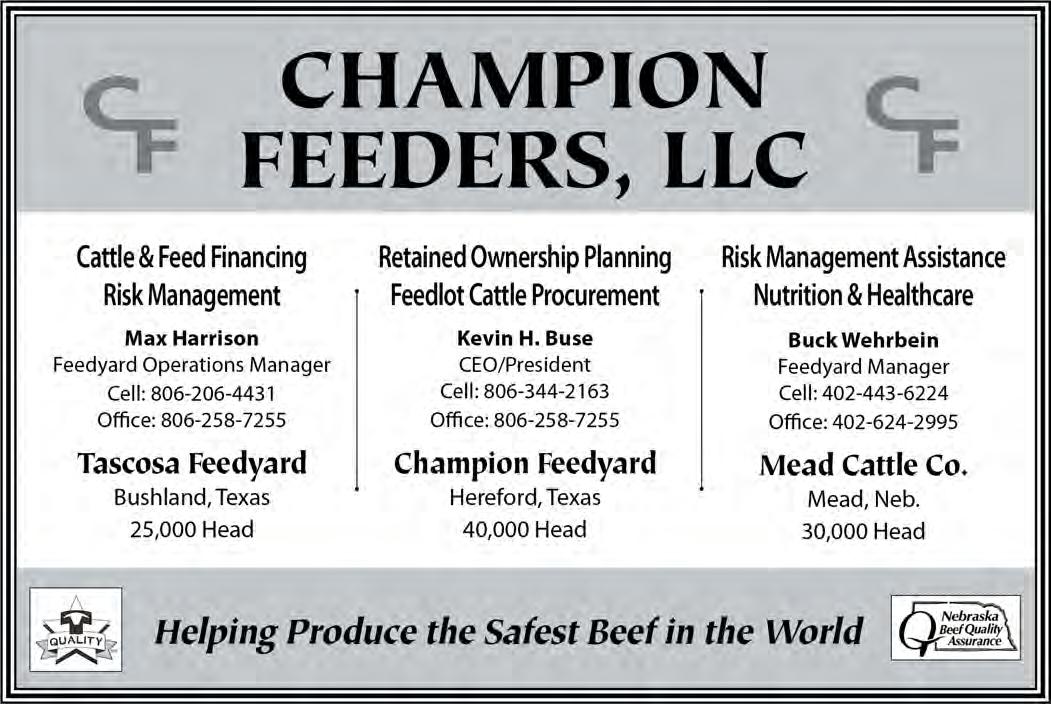
analysis. Priority may be given to amending pH followed by phosphorus and potassium. Good infiltration is key to highly productive pastures. The amount of precipitation is far less important than the amount of rainfall captured by the soil.
3. Reduce compaction. Compacted soils have poor infiltration and water-storing abilities. Wet or moist soils are most susceptible to compaction. Avoid driving pickup trucks, heavy equipment and tractors across pastures, especially when soils are moist.
4. Develop a litter bank on the soil surface. Litter provides a host of benefits, including reduced splash erosion, increased soil aggregation and lower soil surface temperatures.
Splash erosion happens when raindrops impact the soil, causing movement of soil particles. These dislocated particles can clog the pores and micropores in the soil, reducing the amount of water that can infiltrate the soil. A good thatch will protect the soil from the raindrops.
Well-developed soil aggregates can easily pull in and store water. Thatch on the soil surface increases soil aggregation through reduced erosion, improved organic matter and increased soil life.
Soils overheated from direct sunlight can develop hydrophobic properties, decreasing water infiltration. A litter bank can protect the soil from overheating.
A good thatch layer can be established by allowing pastures to rest and “wasting” some grass. This can be difficult, Roberts says, but remember that a deposit to the litter bank is an investment that will pay dividends in the future.
Poor infiltration and weak roots can combine to create a compounding effect on the productivity of a pasture between rains. Improving both is important to future productivity, regardless of the amount of rainfall. “Remember, it is not about how much rain you get. It’s about how much rain you can keep and access,” says Roberts.

Contact:

Source: University of Missouri Extension
WEST PLAINS, Mo. – An abundance of flies in cow herds is being reported to University of Missouri Extension specialists this summer, increasing the likelihood of cattle health issues, including pinkeye.
MU Extension livestock field specialist Elizabeth Picking estimates face flies are the biggest contributor this year to the spread of pinkeye in cattle.
“I’ve noticed that many producers don’t treat pinkeye until there is a big spot on the eye, rather than catching it early when their eyes are watering and they are blinking or squinting a lot,” Picking said.
Face flies are larger flies that feed on the secretions from eyes, nose and mouth. They’re very good at spreading pinkeye from animal to animal. The economic injury threshold is 10-15 flies per face, the lowest population density of a pest that will cause economic damage.
Clinically known as infectious bovine keratoconjunctivitis (IBK), pinkeye is a highly contagious bacterial infection in cattle. Pinkeye can cause weight loss, reduce milk production and decrease grazing efficiency. When both eyes are affected, cattle may die from starvation, thirst and accidents. Cattle with lightly pigmented skin around the eyes appear to be more susceptible. Consult your veterinarian about diagnosis, treatment and prevention of pinkeye, said MU Extension specialist in animal health and veterinary toxicology Tim Evans.
Prevention is Key
• Mitigate factors contributing to ocular irritation, such as dust; mechanical trauma involving plant awns, tree limbs, facilities in disrepair, barbed wire and rough handling; and excessive sunlight, especially after the animal has developed pinkeye.
• Avoid very dusty bedding. Animals should be able find safe shelter from excessive sunlight and extreme weather.
• Clip pastures to remove seed awns and remove lowhanging branches looking for eyes to poke.
• Careful handling of livestock can minimize the risk of eye trauma and stress. Take special care to provide adequate restraint when working around an animal’s head.
• Avoid overcrowding. Continued on page 62
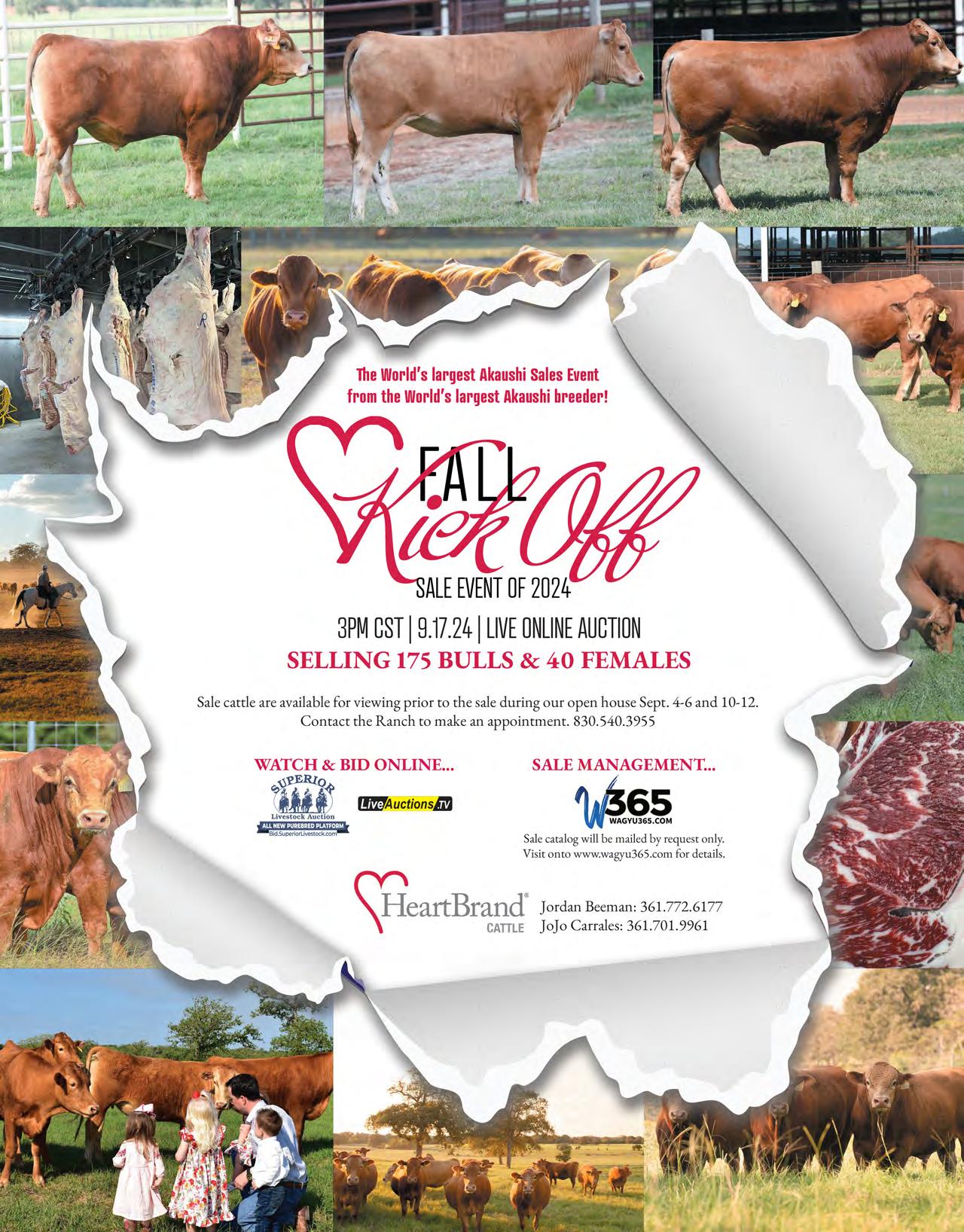
• Good nutrition with adequate copper, selenium and vitamin A can also be helpful.
• Ideally, clean chutes with a disinfectant and remove manure.
Fly larvae mature in moist places like manure piles and winter-feeding areas. Dragging pastures and feeding areas to break up manure piles and wet feed or hay will dry out those fly larvae habitats. This practice can be used in conjunction with many different types of insecticide control such as:
• Fly tags. Fly tags can be effective on cows and weaned calves. If using fly tags, buy high-quality tags, put them in when fly numbers are relatively high, and remove them in the fall to reduce potential horn and face fly resistance. Using fly tags later in the season with dust baths or sprays earlier in the season can be very effective.
• Dust bags, oilers, back rubbers. Dust bags, oilers and back rubbers are most effective when cattle are forced to use them to get to mineral feeders or water sources. Free choice use of dust bags reduces the efficacy by 25%-50% compared to forced use. When using oil, don’t use motor oil, which can cause skin irritation. Quality mineral oil works better.
• Pour-ons and sprays. Pour-ons can provide a few weeks of protection from flies. If using sprays, complete coverage of the animal provides more control. Both pour-ons and sprays need to be reapplied frequently throughout the fly season.
• Feed-through products. Feed-through fly control products like oral larvicides and insect growth regulators prevent fly larvae from maturing in manure piles. Feed-through products need to be fed continuously,
beginning before flies become a problem. Waiting until flies are heavy to begin a feed-through product is not ideal because the active ingredients take time to end up in the cow’s manure. It is suggested to start using a fly control mineral 30 days before the last frost in spring and ending after the first frost in the fall. The downside to using a fly control mineral is that fly populations may migrate from neighboring farms.
• Fly predators. Fly predators are small, non-stinging wasps that lay their eggs in the fly pupa (cocoon) and feed on fly larvae. These wasps do not bother livestock or people. To see a long-term reduction in flies, new predators need to be added to manure piles every month from April through September. As with the feedthrough products, neighboring flies can migrate to your farm, so fly predators are most effective in conjunction with another control method.
Regardless of what application of fly control is used, alternating classes of insecticides from year to year will reduce insecticide resistance in flies for better control, said Picking.
“Using more than one fly control method with differing active ingredients can increase the control of fly numbers,” she said. “Remember to follow label directions for safe application and follow any withdrawal times listed.”
While there are vaccines to protect against pinkeye, the success rate varies.
There is a way to pinpoint vaccines to a particular herd, Picking added. “Several veterinarians in my area have started swabbing local herds to create their own autogenous vaccine for the area. I know quite a few producers that have gone to using the autogenous vaccines as well.”
The ideal time to vaccinate is before the detection of any clinical signs of pinkeye, according to Evans.
Kingsville, Missouri Hwy. 58 • 45 Miles SE of Kansas City, MO Special Cow & Bull Sale Friday, August 23 • 6:00 p.m.
information call Rick, Jeremy, or Jared Anstine 816-597-3331 Visit our website kingsvillelivestock.com or E-mail us at: anstineauction@gmail.com Cattle Sale Every Tuesday 10:30 a.m.
“Although most vaccines currently available ‘require’ a single injection, a report from Dr. John Angelos with the School of Veterinary Medicine at the University of California-Davis suggests that a booster three to four weeks after the first injection might help decrease the number of animals affected and, especially, would help lessen the severity of the clinical signs observed,” he said.
Treatment with patches on affected eyes can decrease healing times. Antibiotics can also be helpful in some circumstances; they should only be used after consulting with your veterinarian, said Evans.
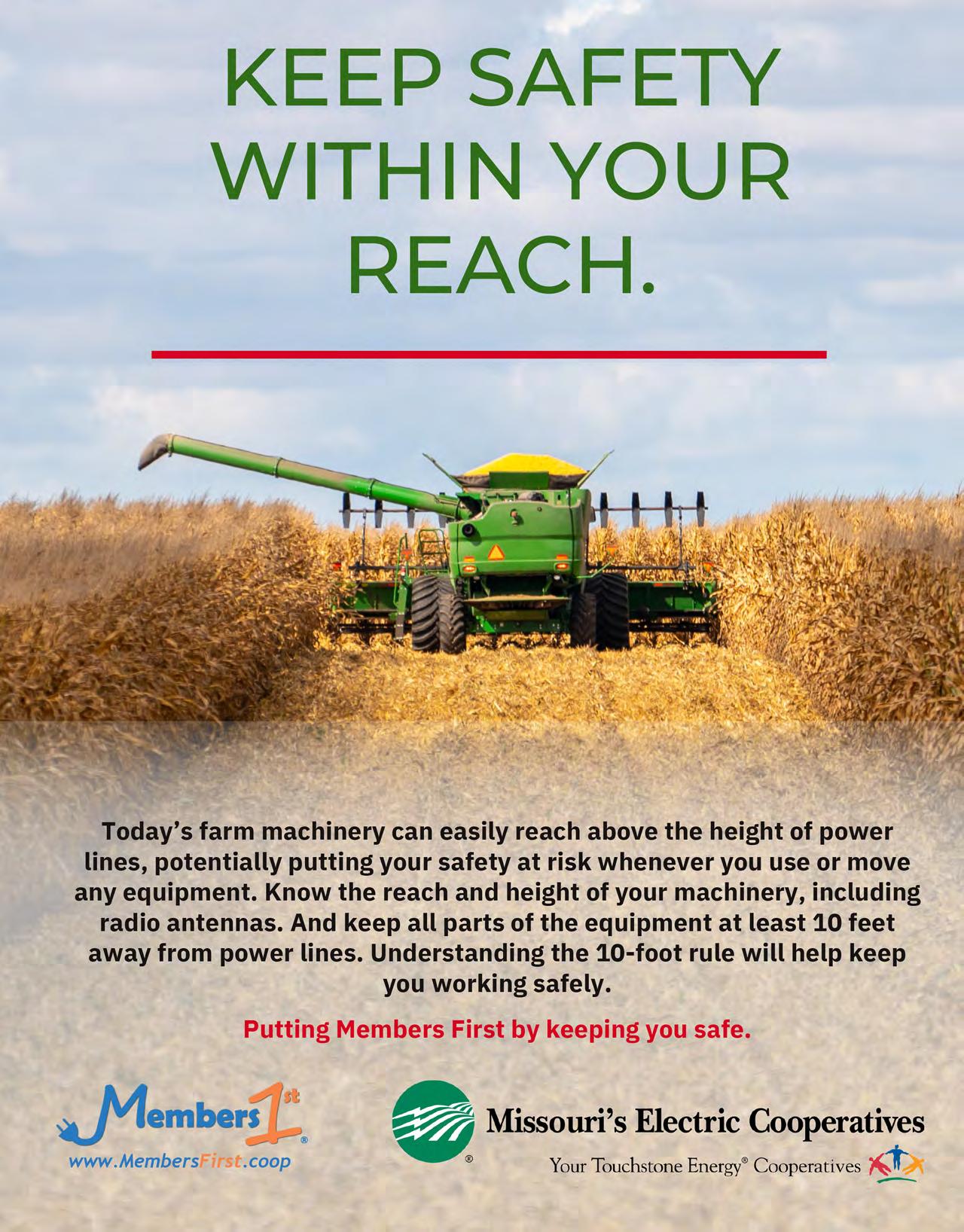
Decision-support tool from MU Extension lets users unlock insights for starting, expanding agriculture ventures.
COLUMBIA, Mo. – University of Missouri Extension has developed a free online platform to help beginning and established producers start or grow their agriculture ventures.
“Intel for Ag is a free toolbox that makes management concepts accessible and allows users to better determine what agricultural products might most suitable and sustainable for their individual success,” says Mallory Rahe, MU Extension associate professor and Intel for Ag contributor.
Intel for Ag guides users through land, marketing and management considerations as they evaluate agricultural products that could be well-suited for the operations, Rahe says.
“When working with those interested in starting or scaling up an agricultural business, we often hear many ideas shared with passion,” she says. “Evaluating the feasibility of these ideas can increase the potential for long-term success. With Intel for Ag, users can selfevaluate their land’s suitability for specific products as well as their own management capabilities and marketing opportunities.”
Intel for Ag offers interactive tools to inform decisionmaking. Features include:
• Sustainable enterprise product quizzes to determine how well select agricultural products might align with the user’s agronomic, marketing, financial and management resources.
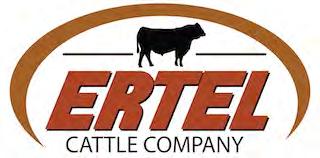
• Land suitability maps to gauge the user’s land in its ability to support a crop or animal product.
• Market intelligence reports to explore potential marketing opportunities, consumer preferences and product demand estimates for the user’s area.
• Business startup resources to help users develop a startup checklist and calculate a break-even point for their product pricing.
Rahe notes that a little less than half of new farm businesses close within five years, but those with directto-consumer sales are more likely to stay in business beyond that milestone. “We’ve developed Intel for Ag to help users go beyond simply identifying agricultural products that might be a fit for their operation but to also evaluate marketing opportunities in their community and areas where they can grow their management capabilities.”
Rahe says Intel for Ag offers insights that can help operations of all sizes make management decisions for long-term success.
“Agriculture is Missouri’s top economic driver, and we want to see agricultural businesses and farms thrive,” Rahe says.
Learn more about Intel for Ag and explore decisionsupport tools at http://intelforag.org. Rahe encourages users to connect with the Missouri Agriculture, Food and Forestry Innovation Center at https:// MissouriAgInnovation.com to discuss Intel for Ag’s tools and how to leverage the platform’s insights.

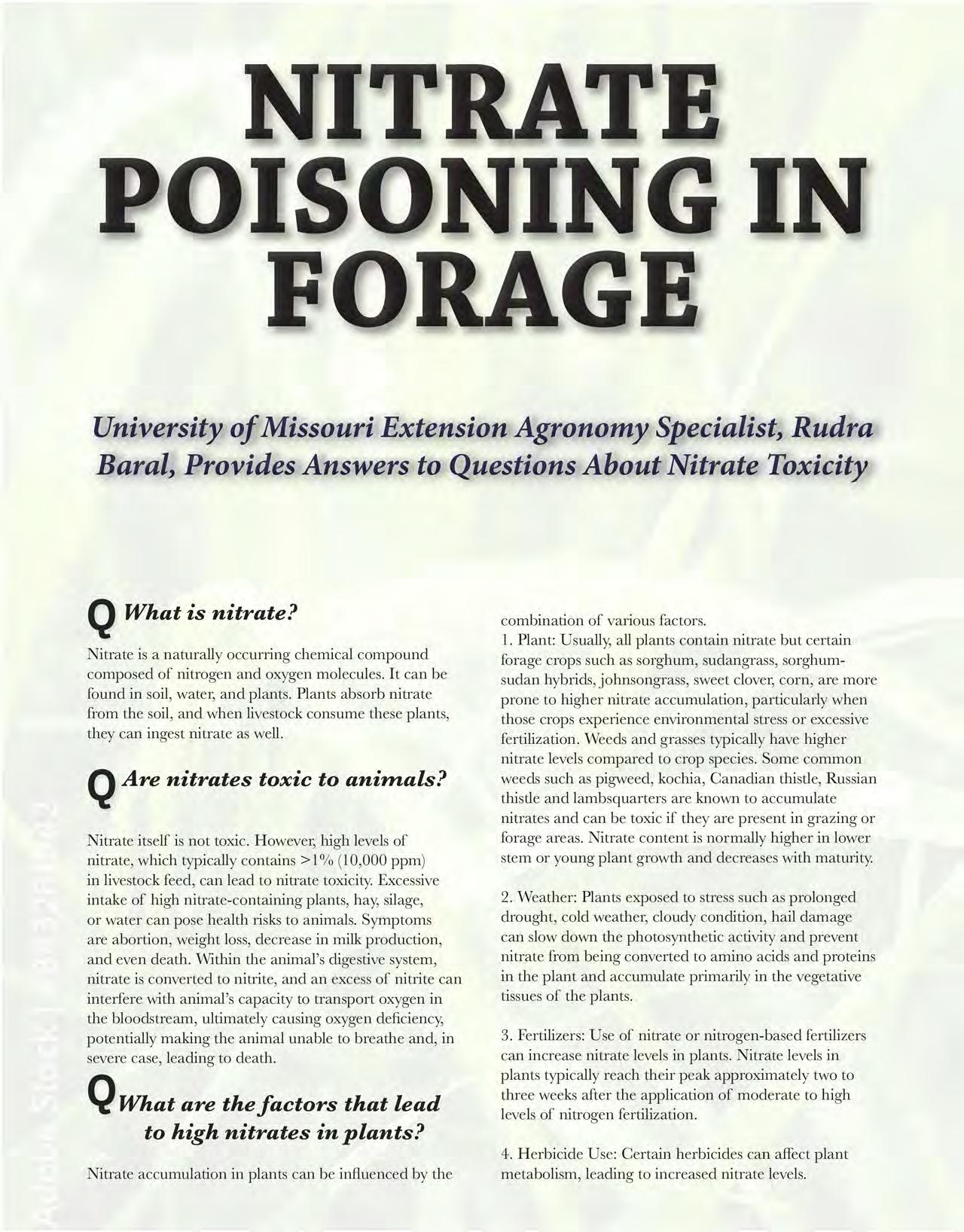

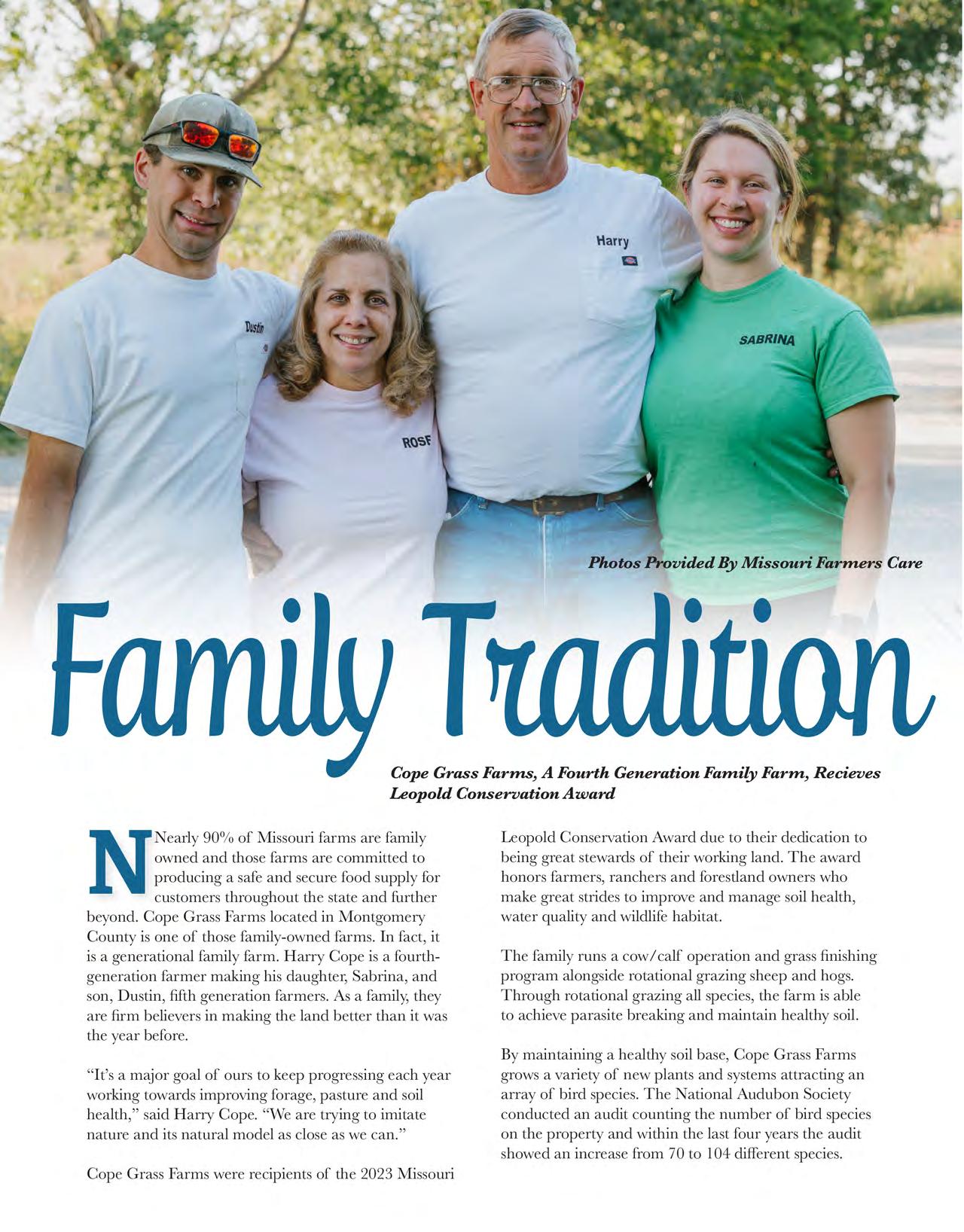
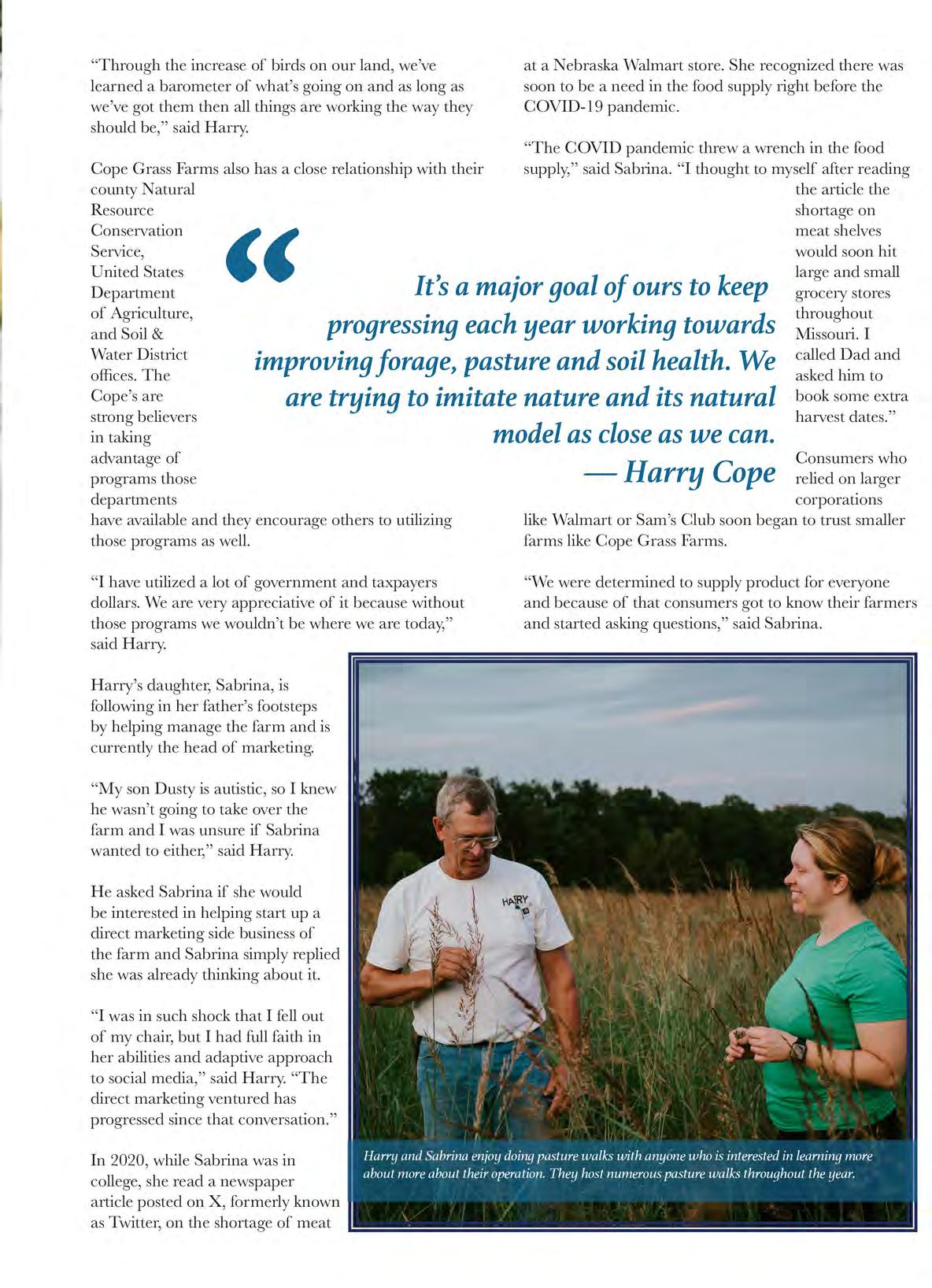
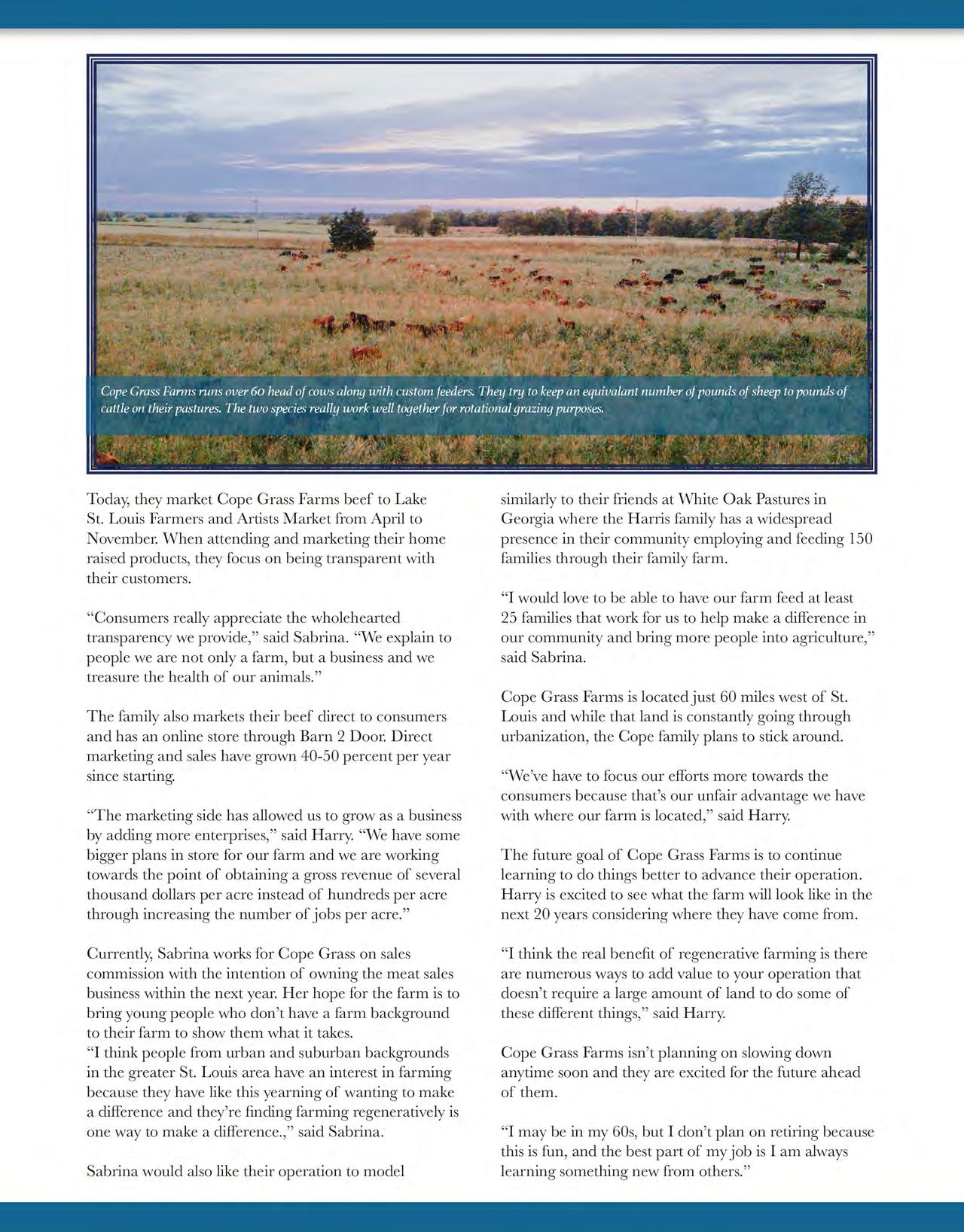
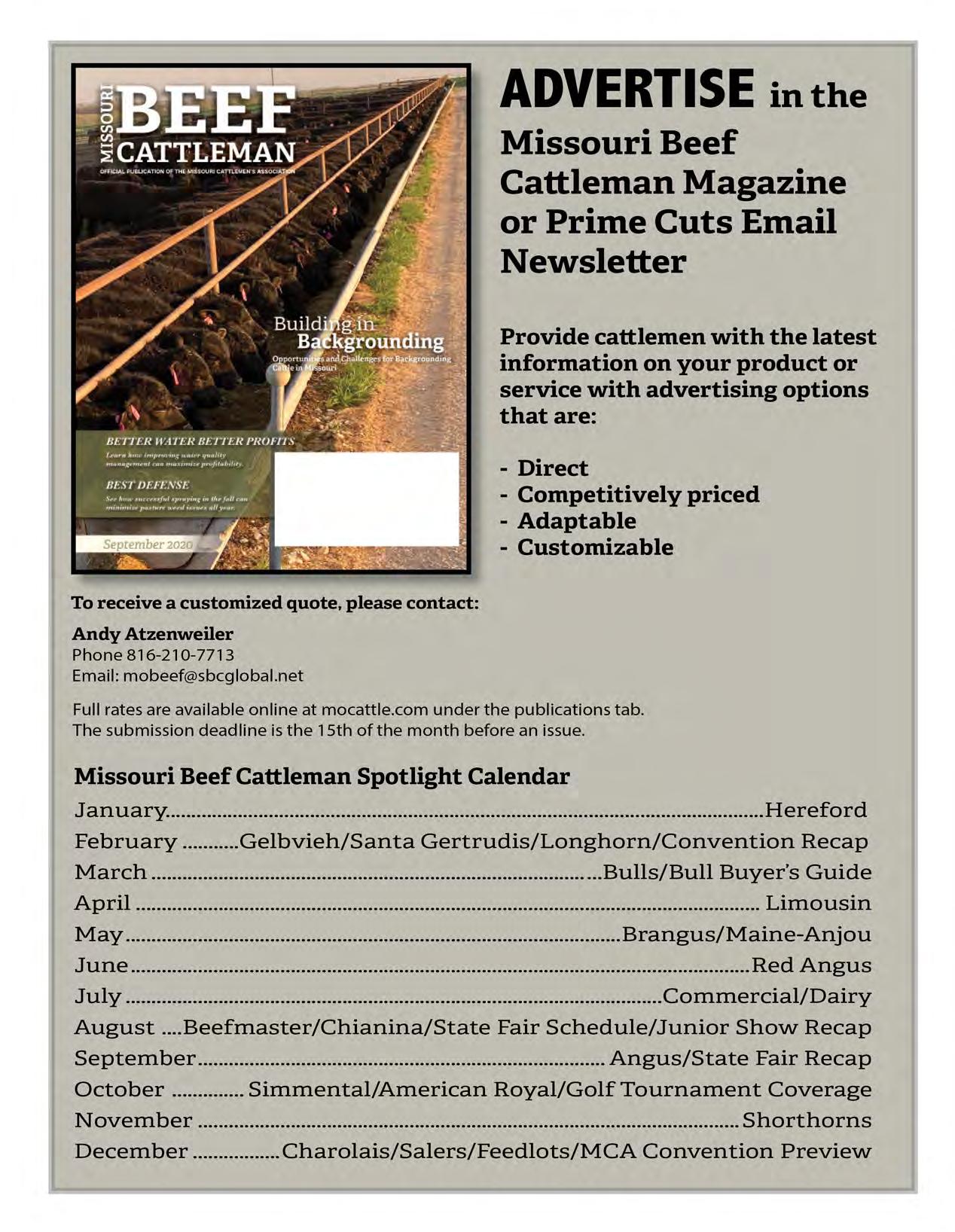



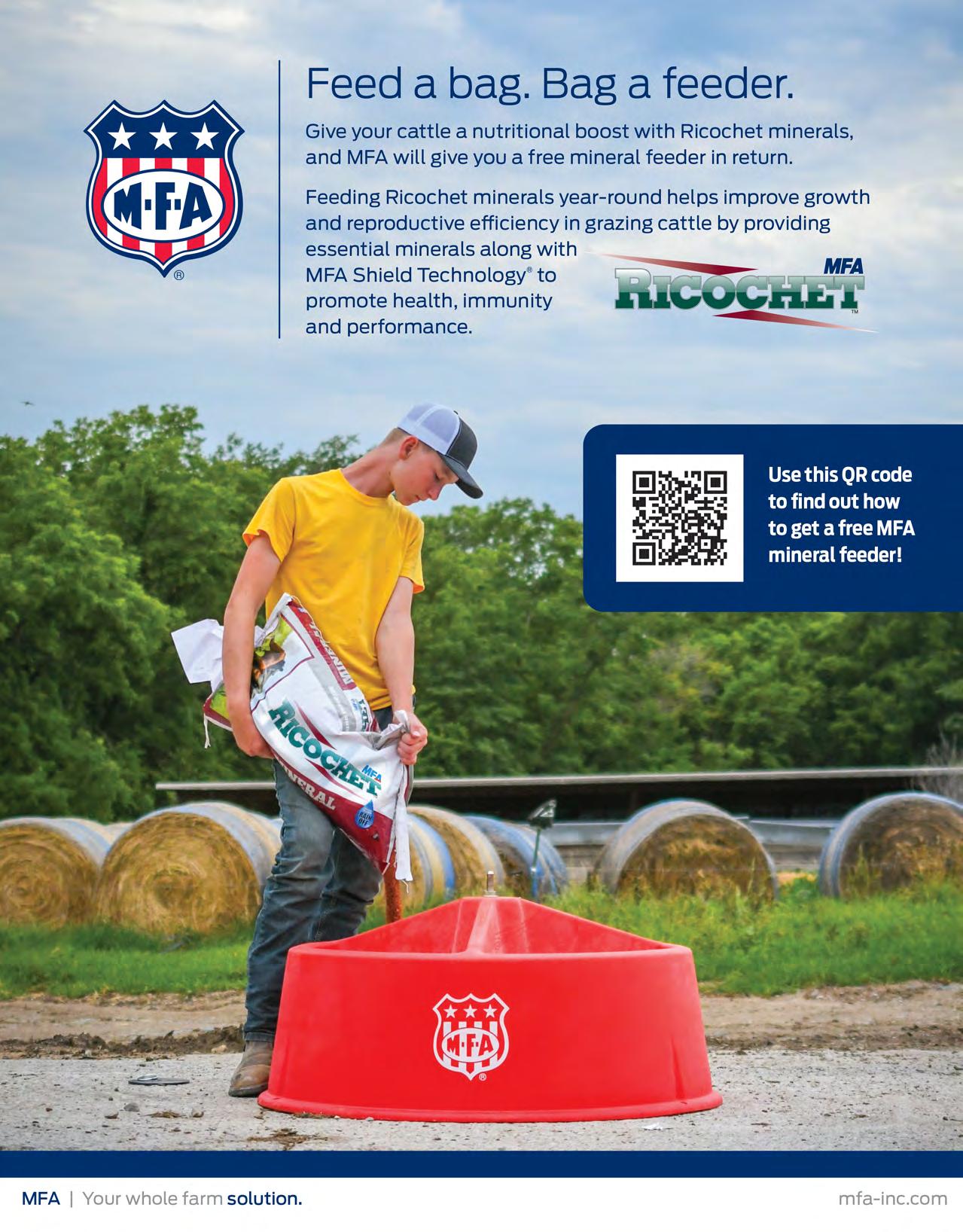

I once was an extrovert’s extrovert. I never met a stranger. I wouldn’t miss a party. I was the living embodiment of the saying, “the more the merrier!”
Whether my advancing age has dampened my excitement or 22 years in the Capitol working with people has cautioned me, I’m morphing into an introvert. It’s strange. I’m completely cool staying home by myself and prefer it. I’m discerning about people and parties and hide from most of them. In truth, I’m beginning to wonder if I’m safe for public consumption.
Cooper laughs at me and assures me that in most cases I am not safe for the public or normal civilians. “Good Time Charlie,” as I often call him, may be correct as evidenced by the inspiration for this article.
To counteract my newfound introverted preference, I chose to enjoy my morning coffee on my coffeeshop’s patio recently. The weather was nice for a summer morning, the birds were chirping, and I had a lovely conversation with my neighbor on my walk there. All signs pointed to a great morning.
It wasn’t. I found myself by a table of four discussing their summer travels. Their conversations ranged from excursions around Missouri to Minneapolis to northern Iowa. All was fine until I learned how they detested gravel alongside blacktop roads, smells of pig farms along some picturesque countryside, and how their shoes were dirtied walking down dirt roads looking for birds.
As bacon and eggs aligned their plates and they drank milk-filled specialty coffees, all of which must have magically appeared from Oz, they began discussing their next trip to an all-inclusive in Puerto Vallarta so they could focus on nice food. The dissonance within me was too much to bear – this foursome complaining about the environment that filled their mouths at the exact same moment.
I often talk about MCA’s incredible values - the authenticity of its people, the loyalty of the organization, the focus of its leadership.
We also have problems we must address. We oftentimes spend too much time with one another or those who think like we do or understand from where we come and how we function.
Folks, we have a lot of work ahead of us. There’s much education that needs to take place. The disconnect between producers and consumers is wide. It’s easy to ignore or forget how vast it truly is. My breakfast neighbors weren’t dumb. They were ignorant. It’s part their fault and part ours. It must be a priority for each of us to bridge the ever-growing gap that exists between rural America and those it feeds.
It isn’t always easy. I communicate for a living and yet I failed that morning in my charge to you. I let my disgusted introverted self return home to peace. That was the wrong response. I didn’t share with them that the landscape that was so offensive to them was one that I find my sanctuary. I didn’t share that the food they were eating comes from that exact place. I didn’t do so much.
But I can do better next time, and I will. I ask you to join me.
In the meantime, enjoy those dirt roads and country smells, Nancy and Cooper


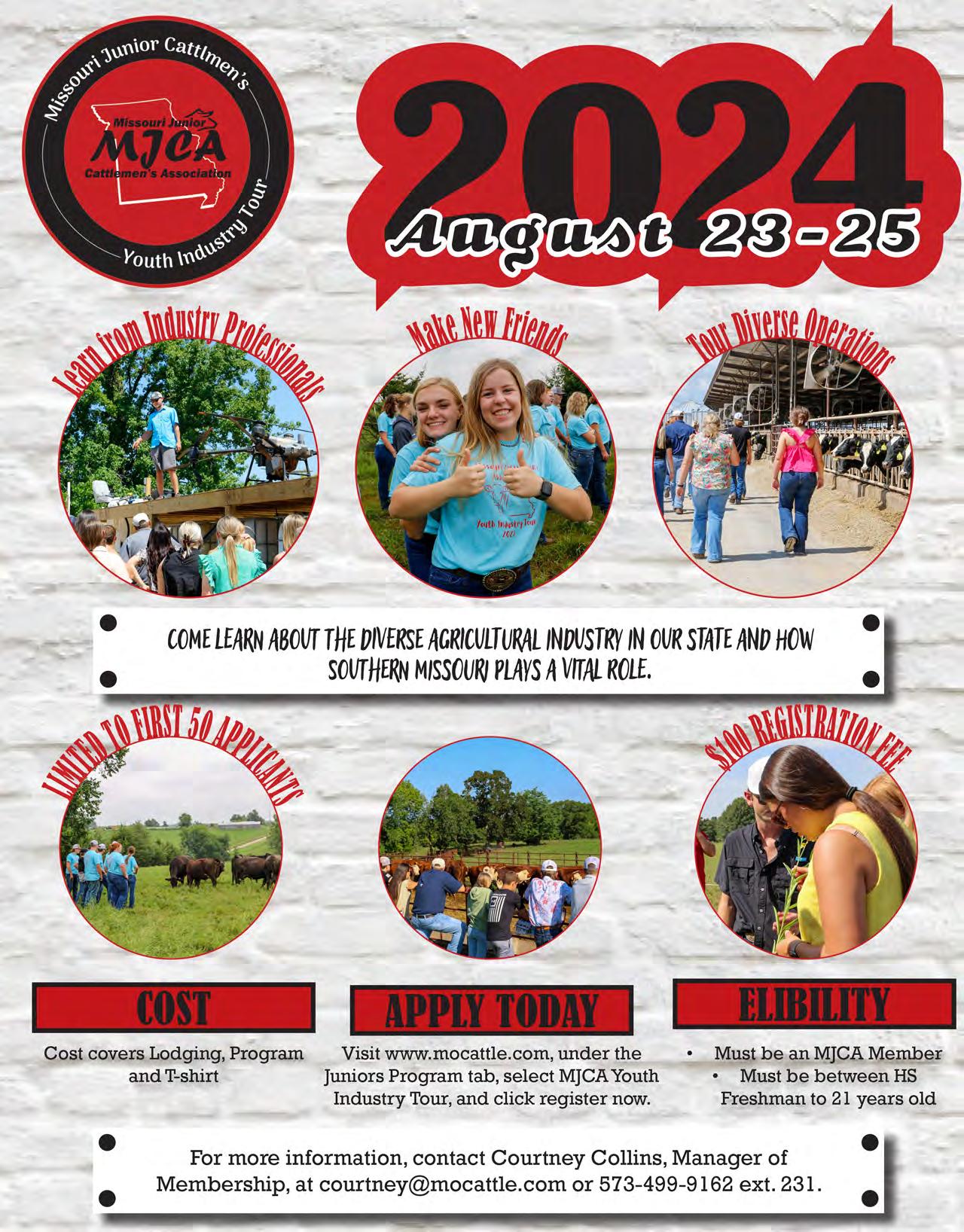
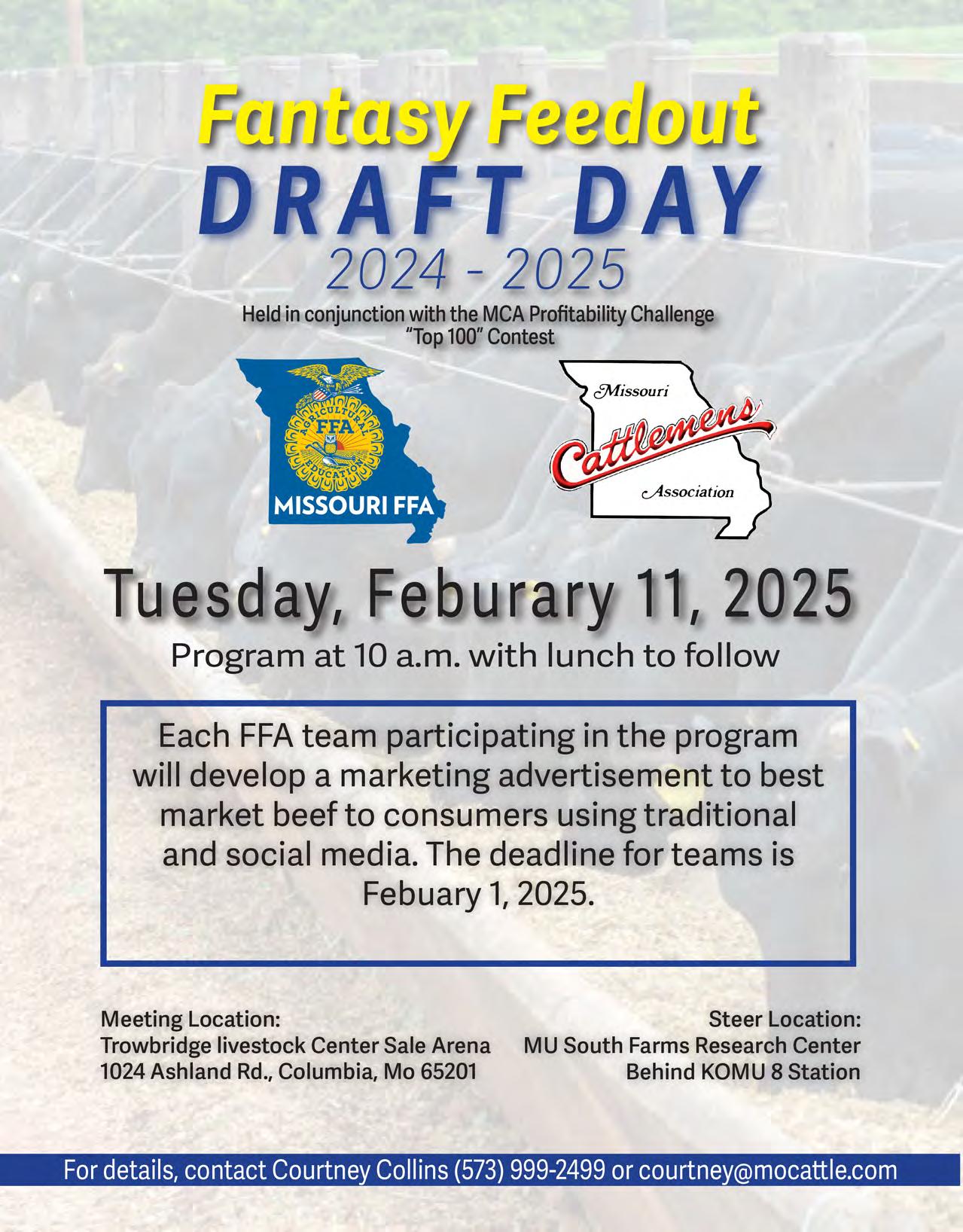
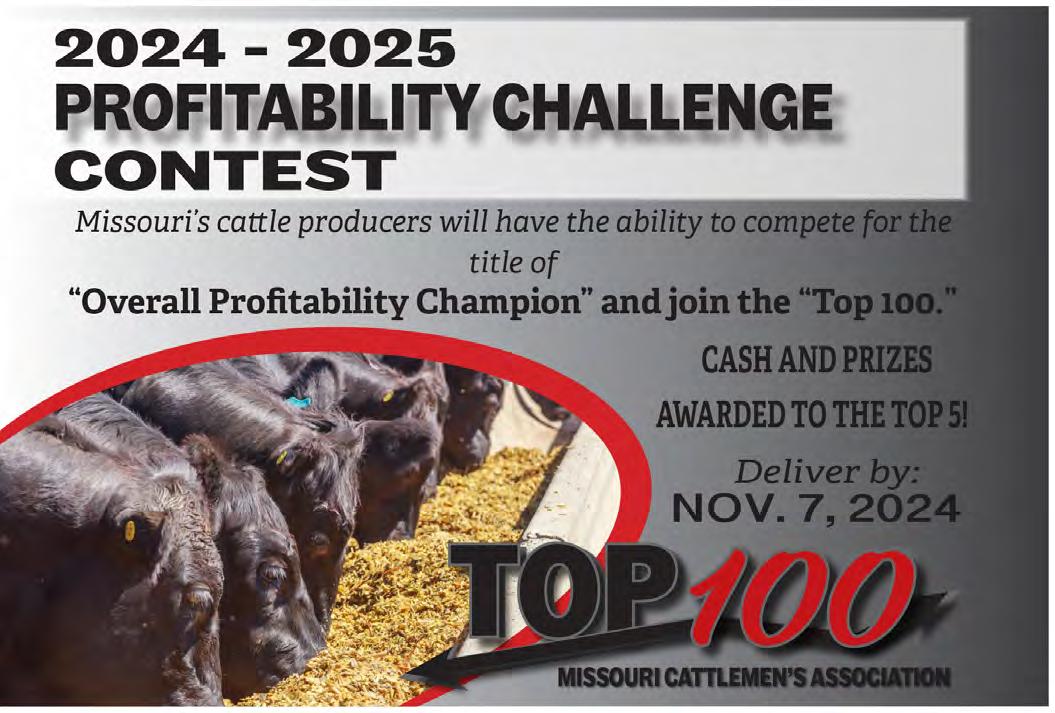
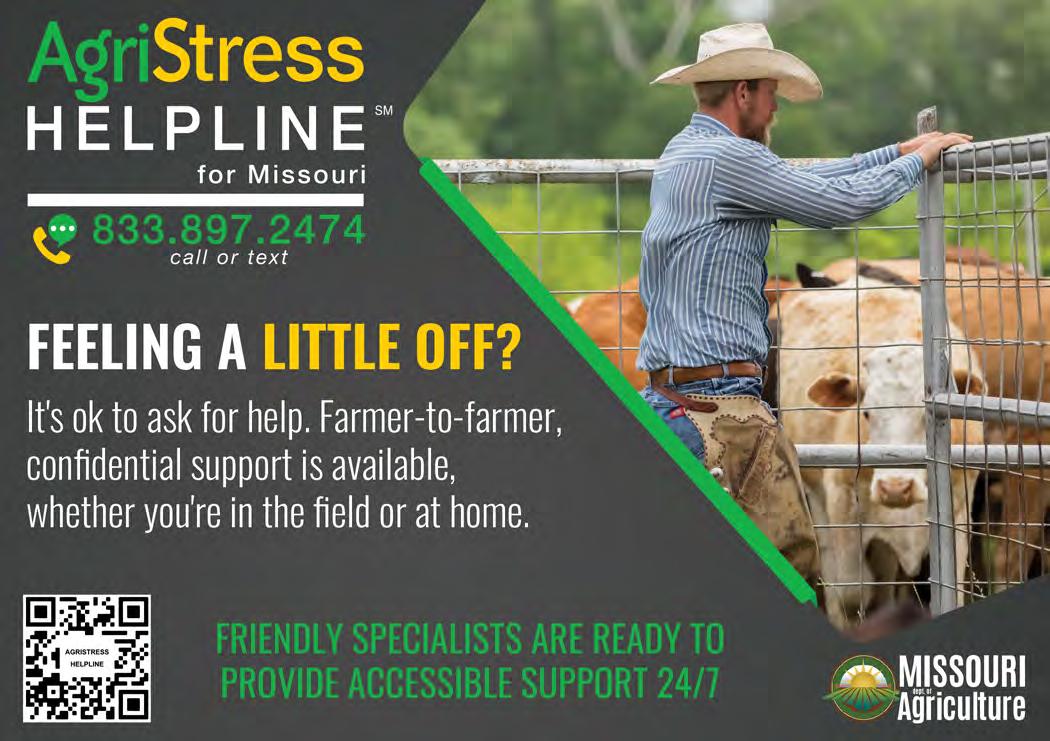
by Jeff Reed, MCA President-Elect, Governance Taskforce Chair
The members of Missouri Cattlemen’s Association are dedicated to fulfilling the mission of “Advancing Missouri’s Beef Industry.” Some of those members have been working on the governance taskforce committee to look through the bylaws and policies and procedures of this association.
“In order to continue the success of this association, it is vital our members have the opportunity to look into potential changes of our by-laws or policies and procedures,” said Jeff Reed, Chair of the MCA Governance Taskforce and President-Elect. “We have to be willing and open to change to keep moving our association forward.”
The following few pages include the changes the governance task force has been working on.
These changes will be voted on at the MCA Convention in January next year.
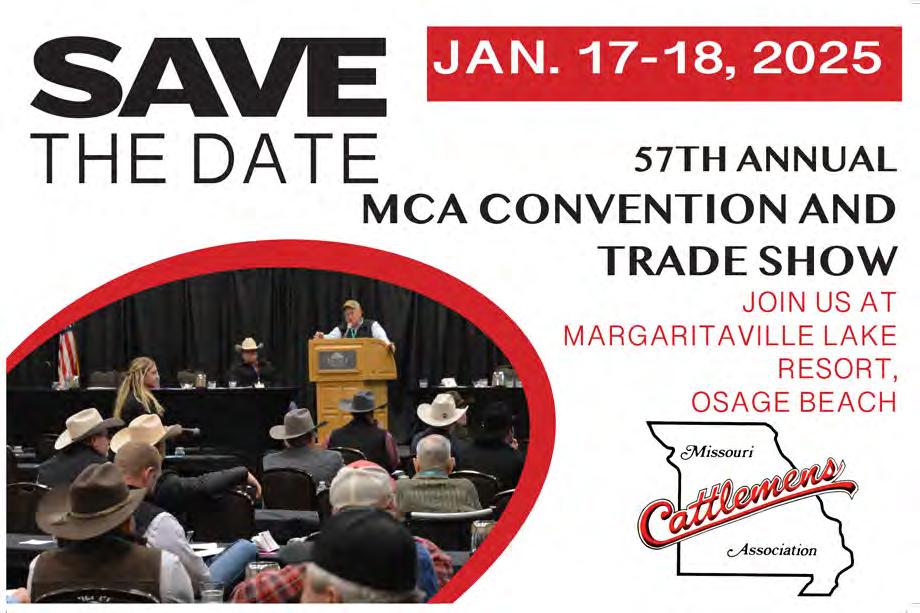
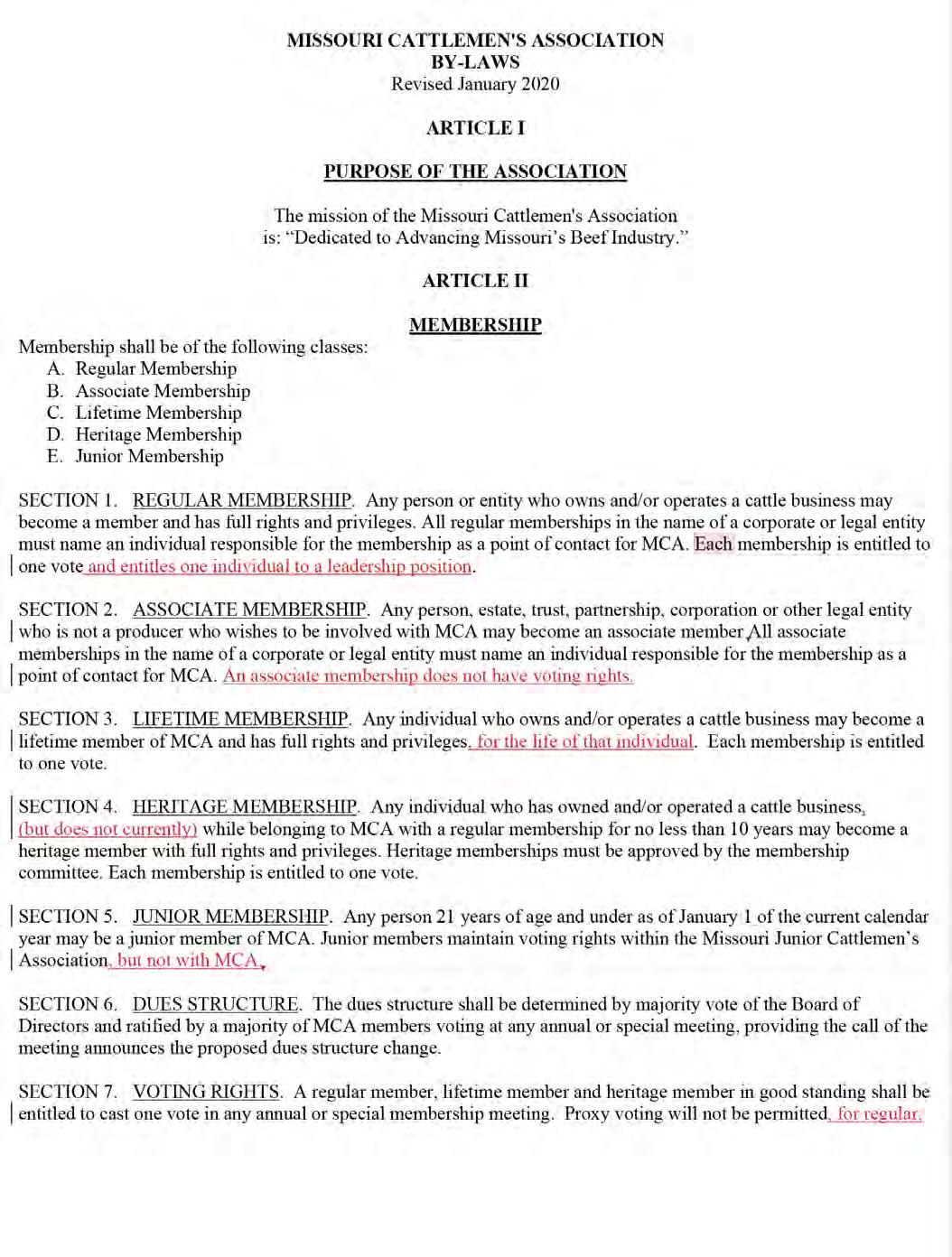
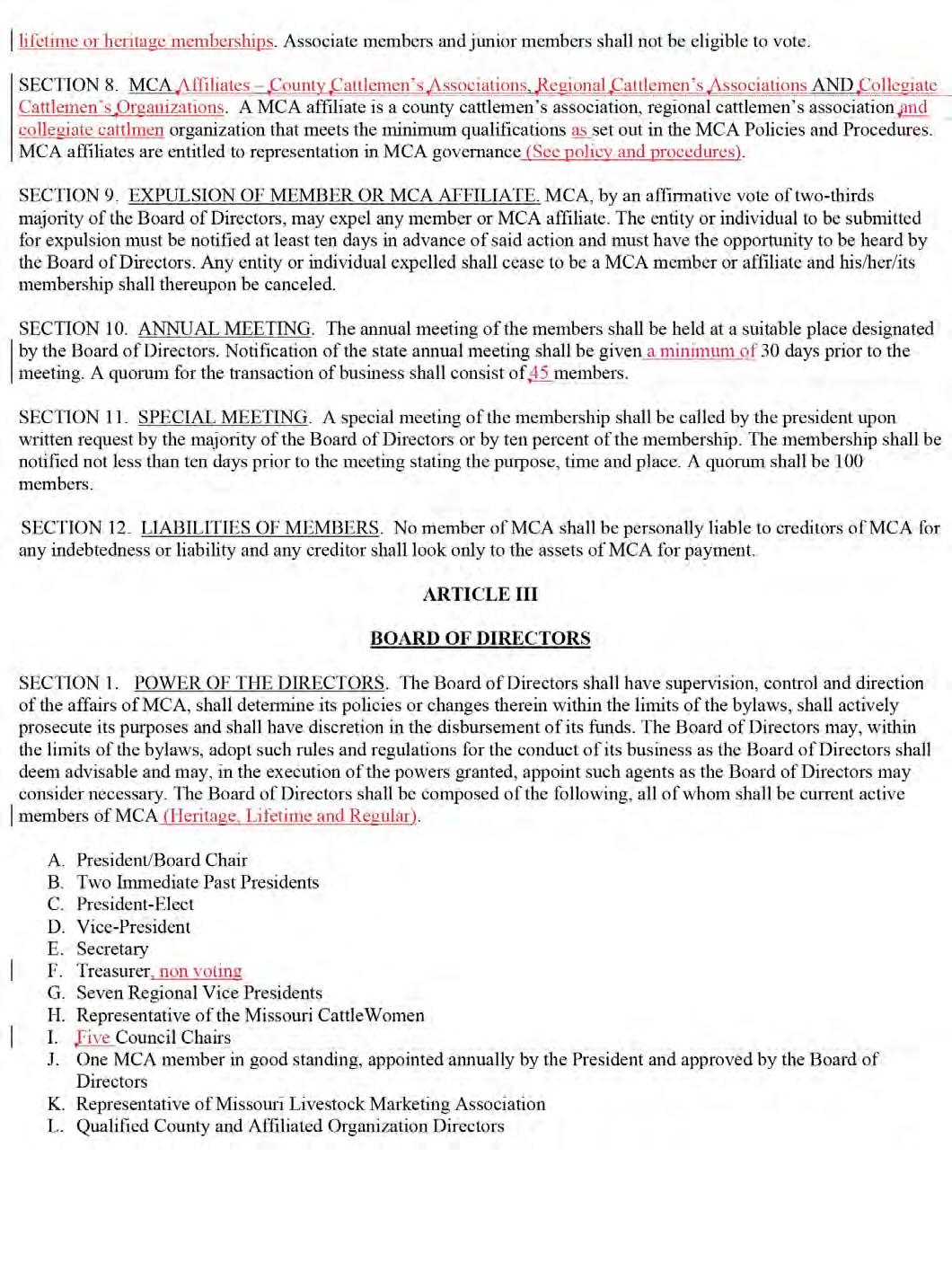
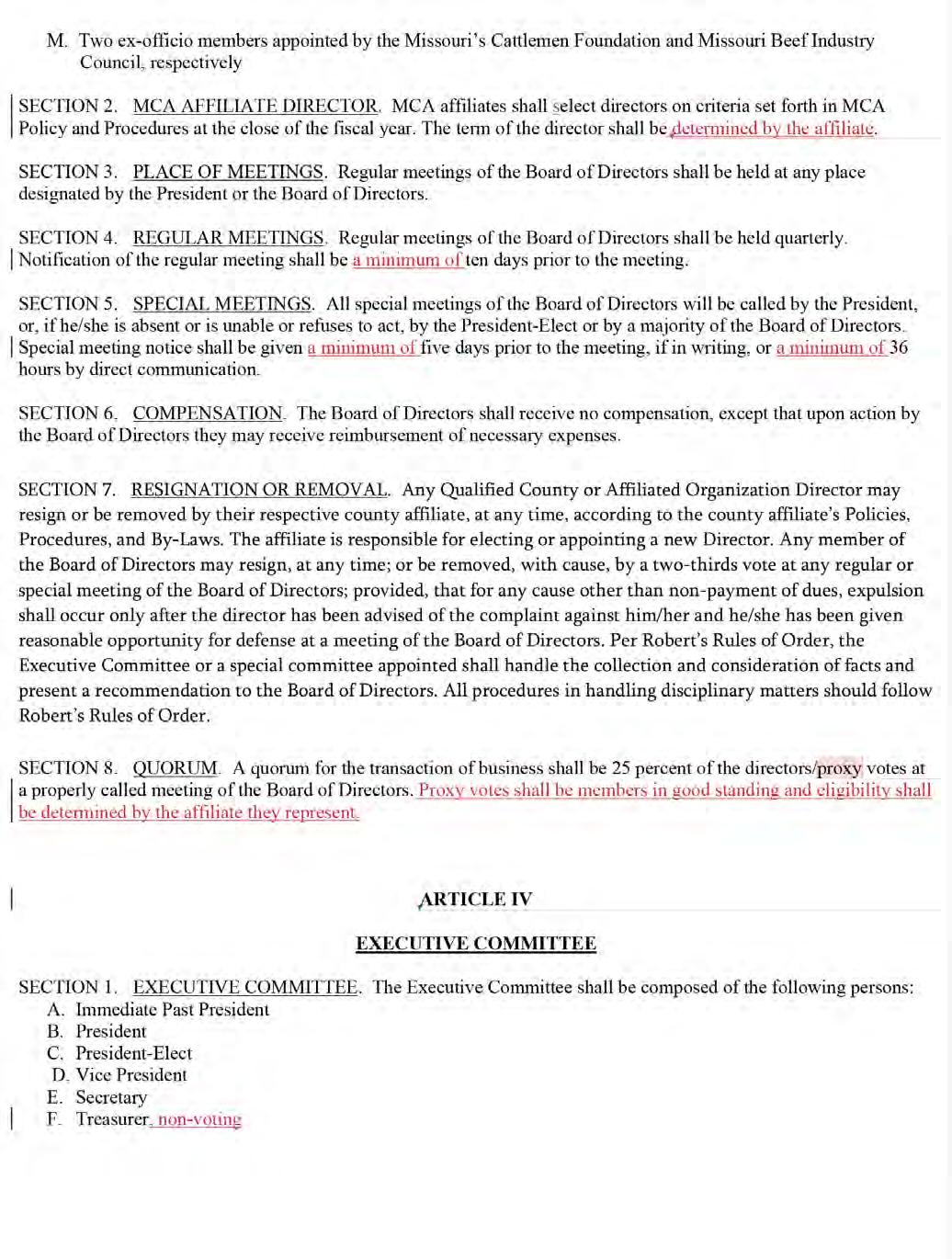
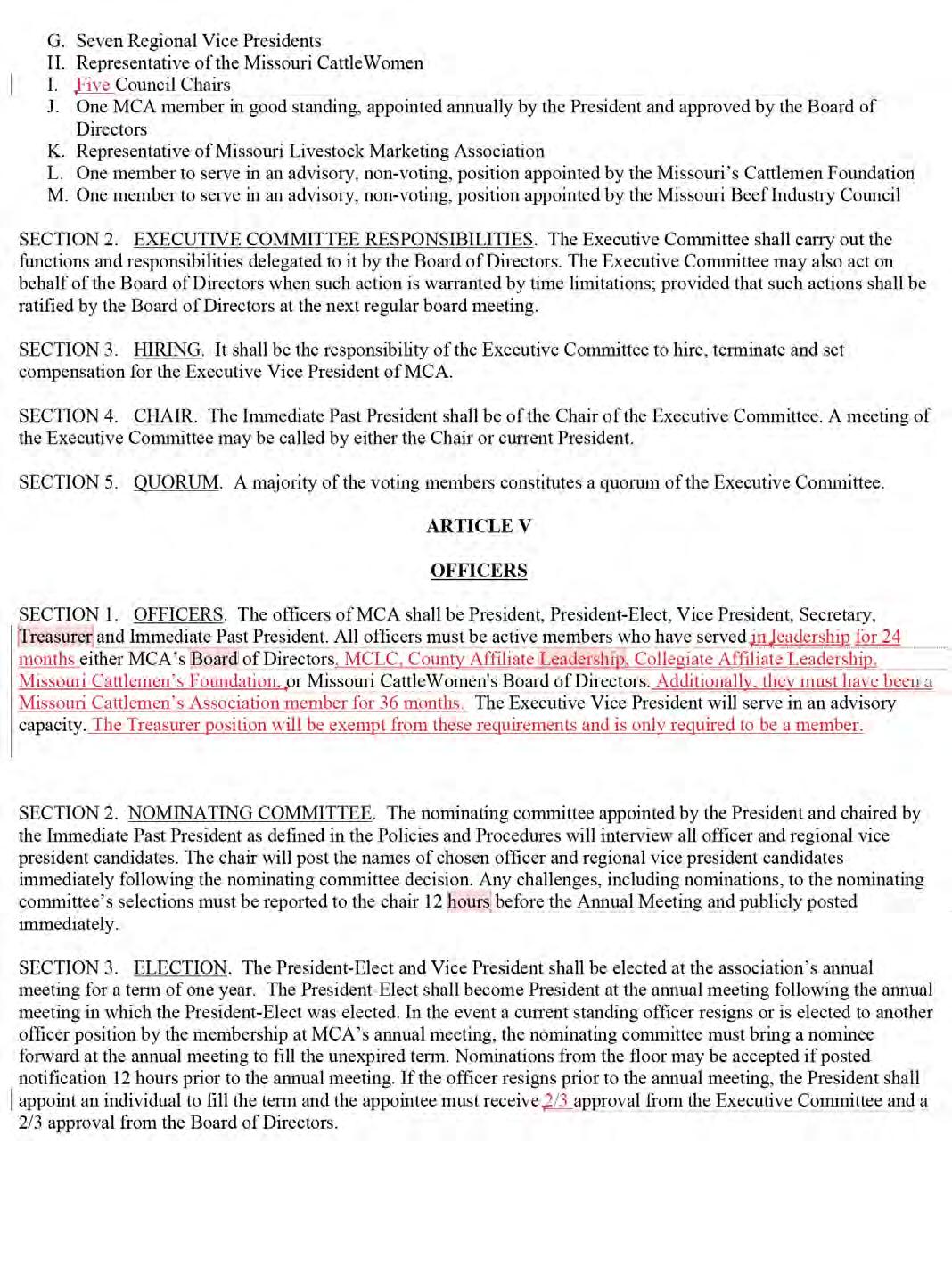
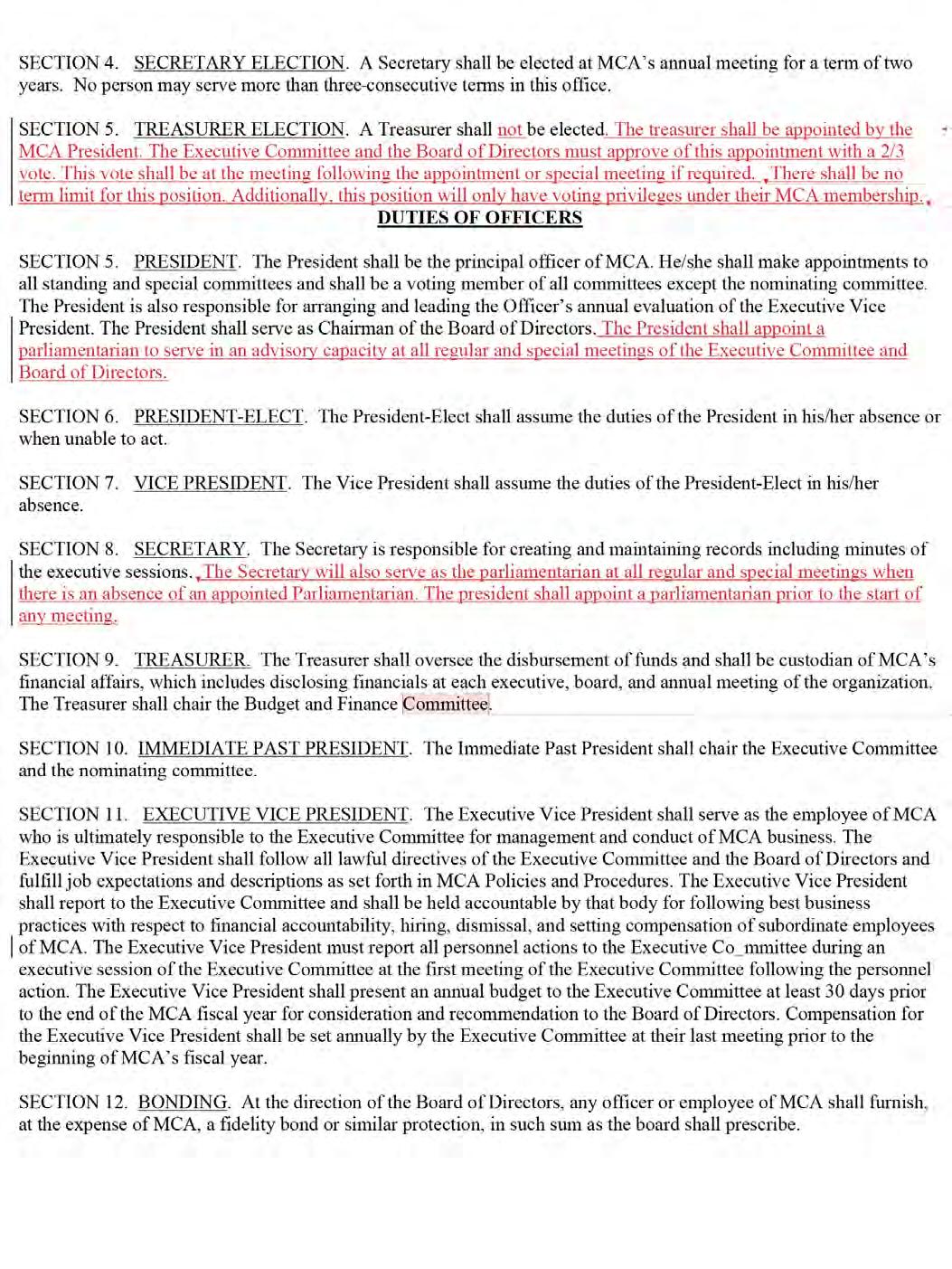
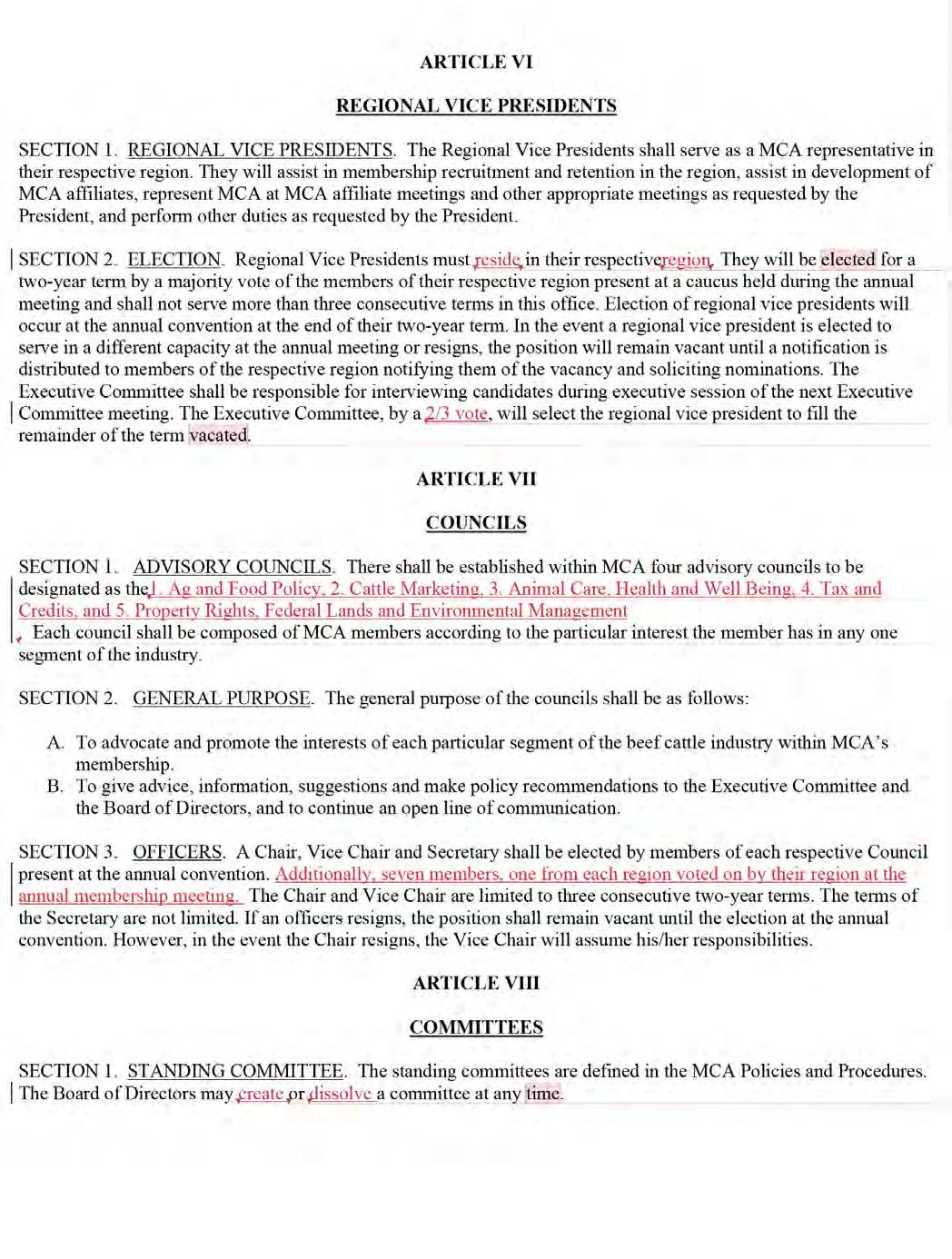
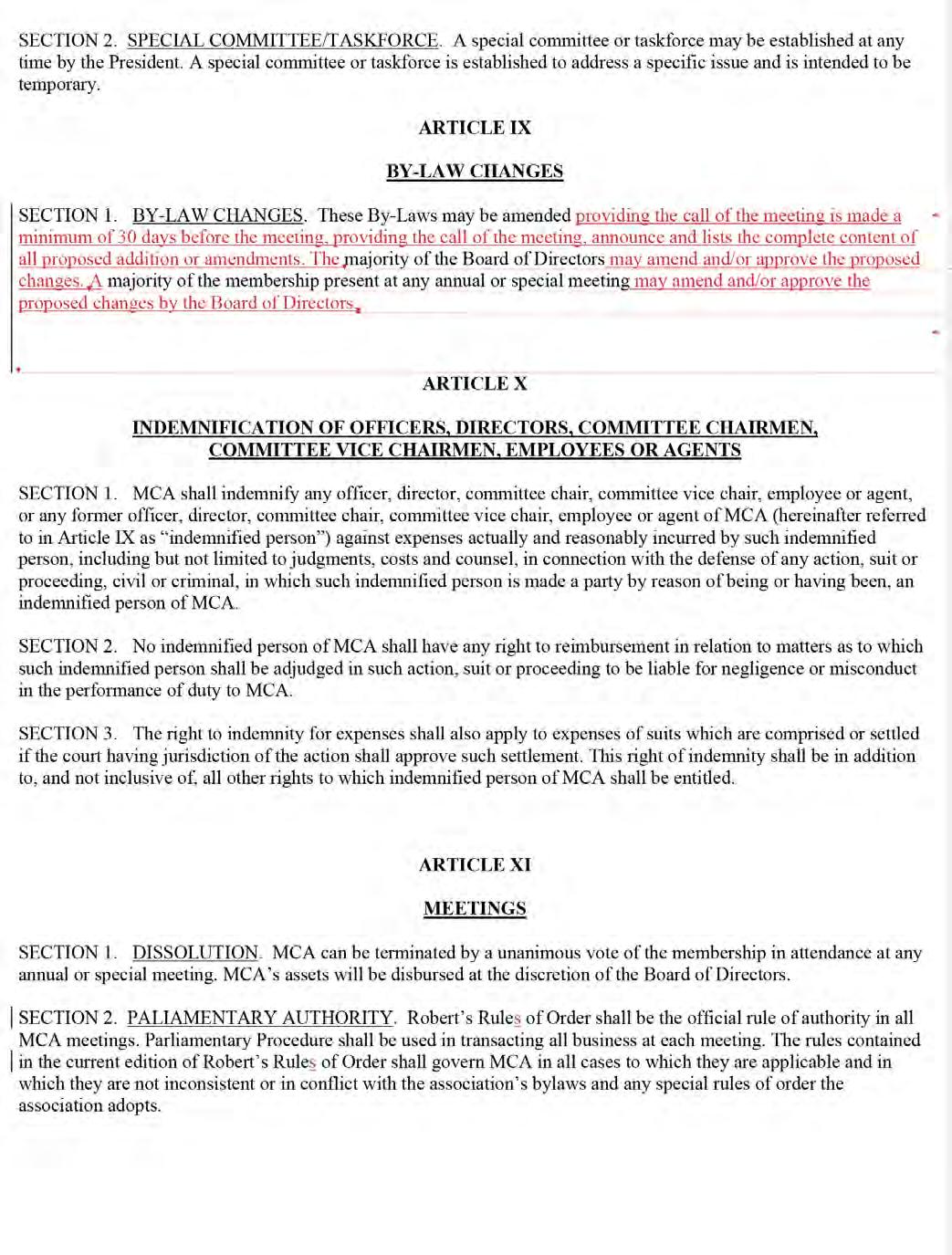

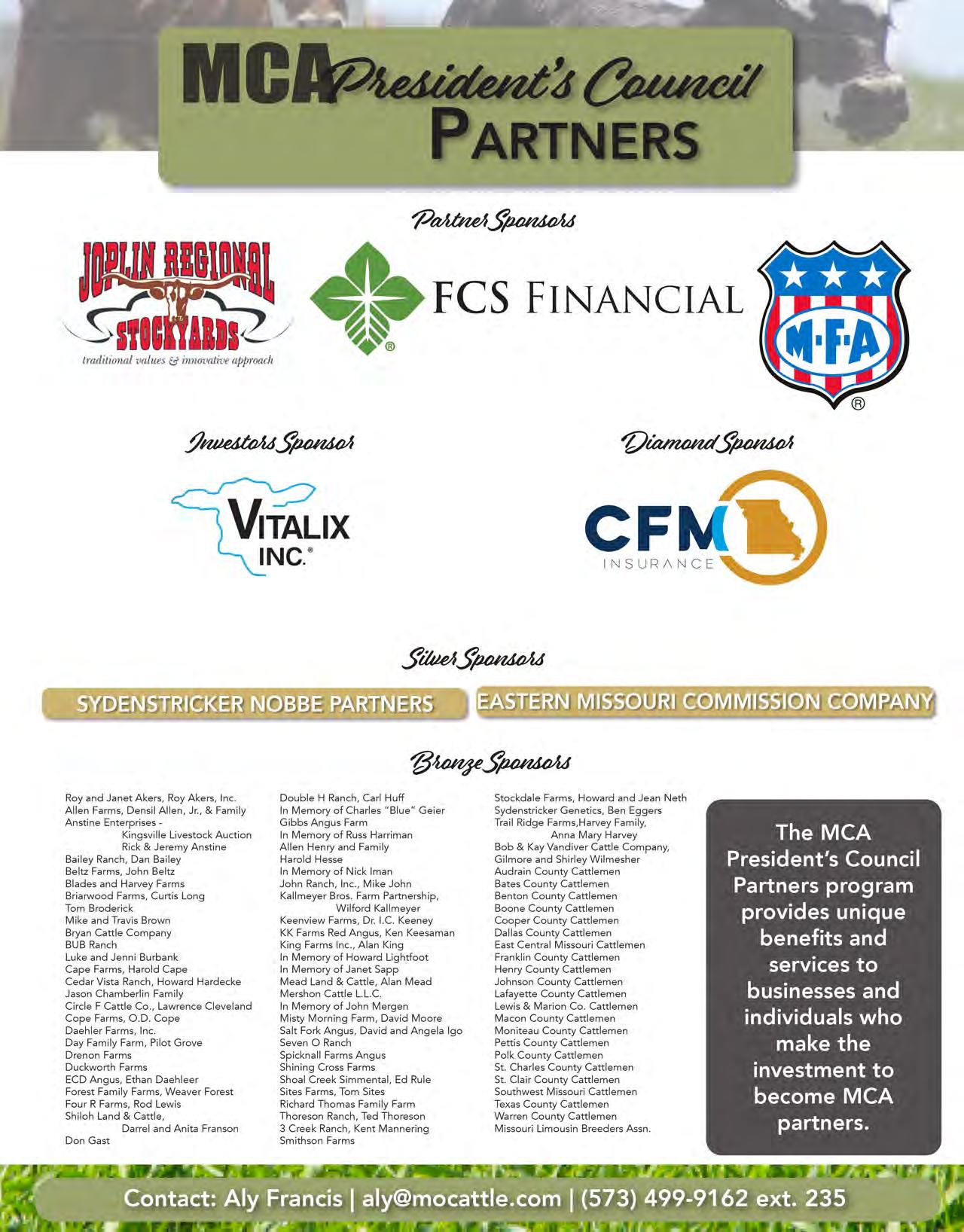
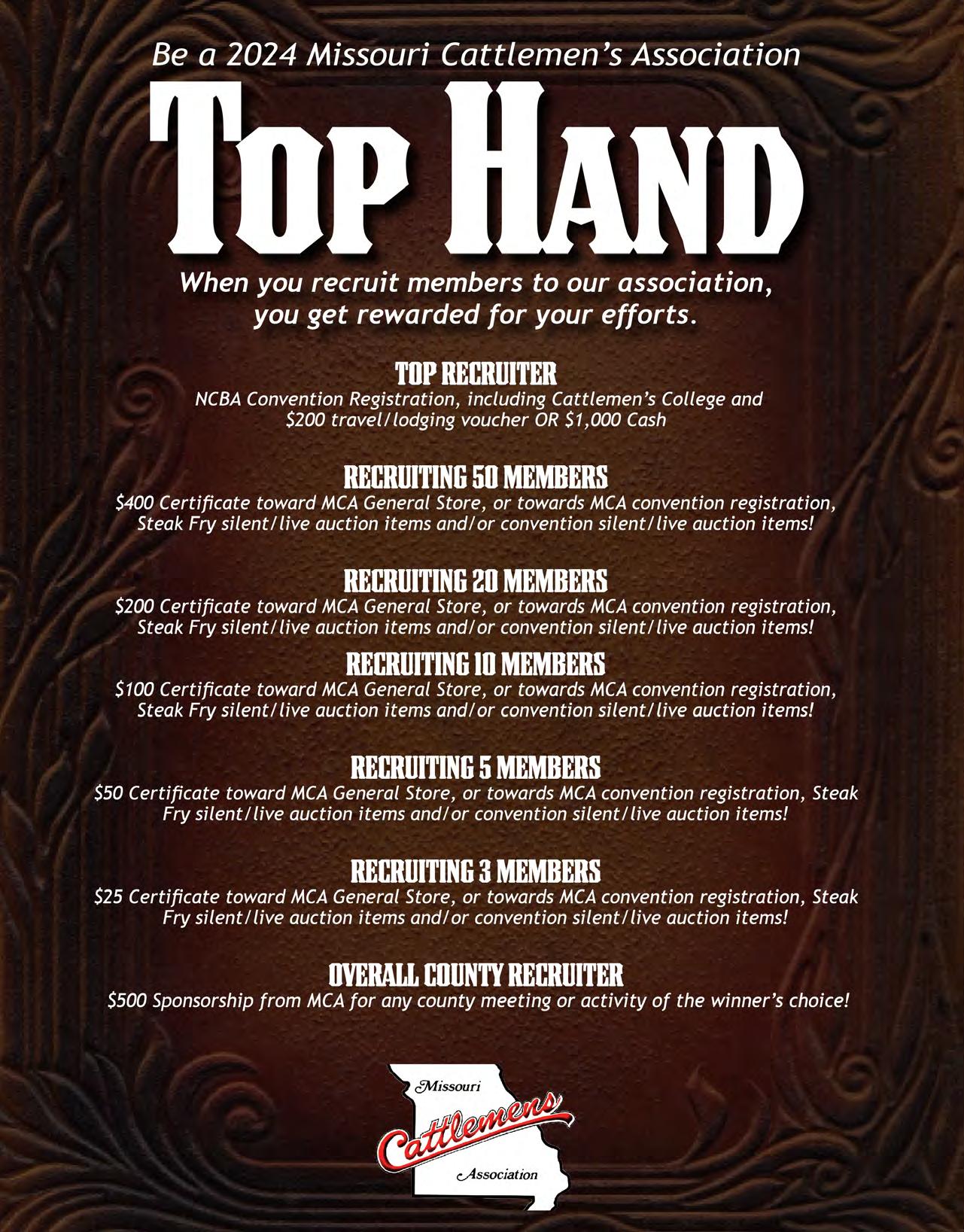
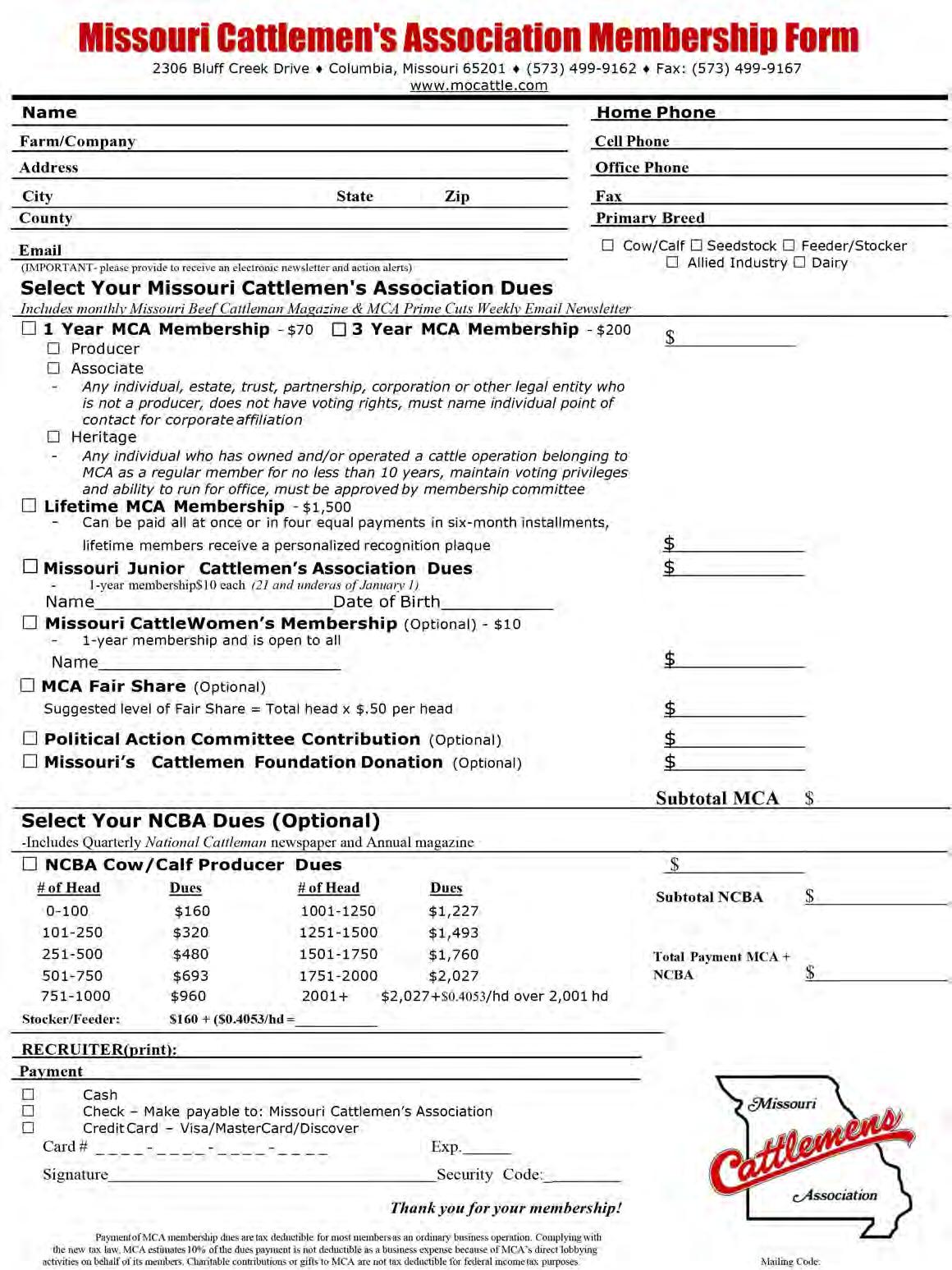

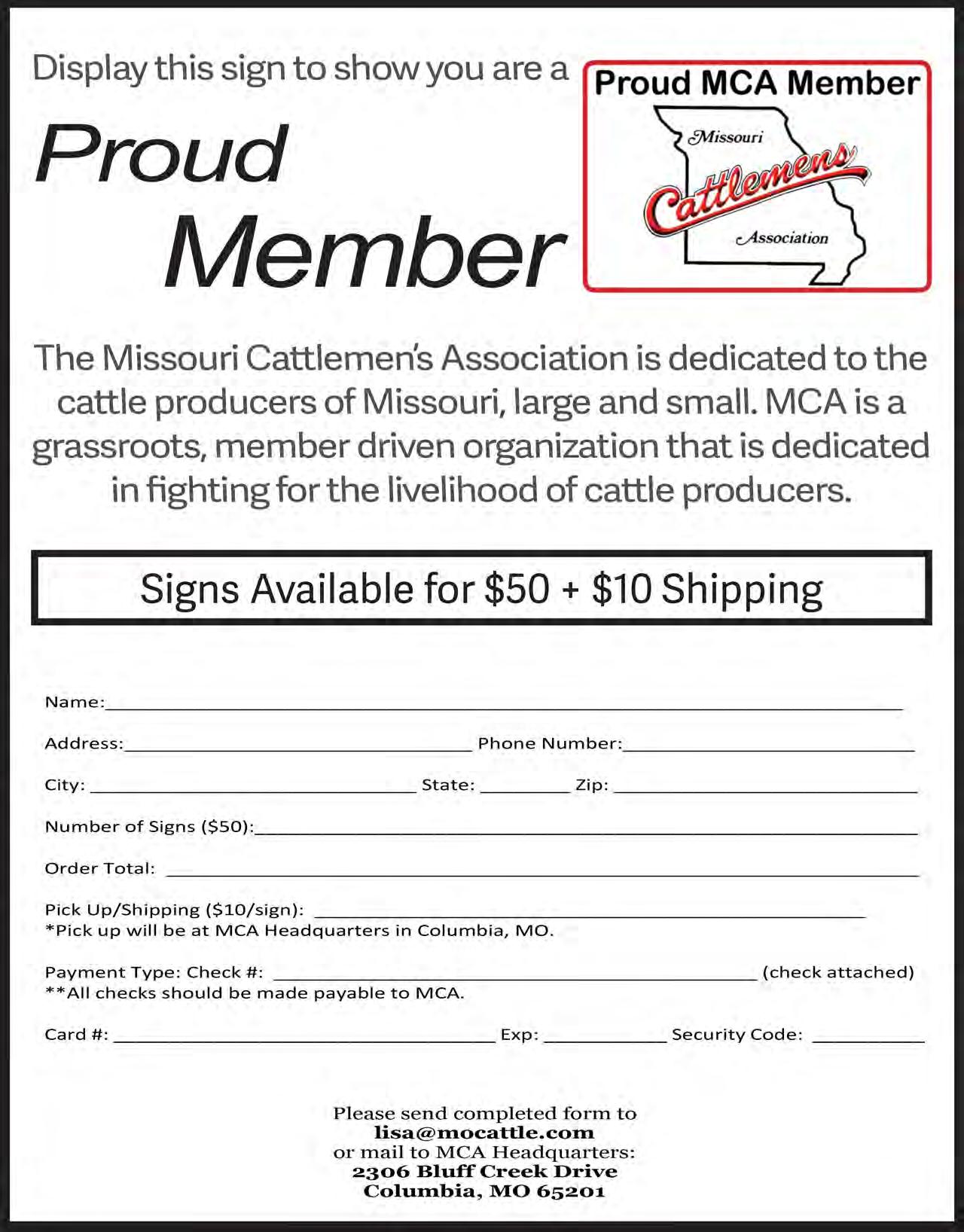
Aug. 16-17 E xpress Ranches Big Event Sale
Yu kon, OK
Aug. 17 S eedstock Plus Online Sale
Sept. 14
Soaring Eagle of the Ozarks Fall Female Sale, Springfield, MO
Sept. 16 S oaring Eagle of the Ozarks Bull Sale
A rdmore, OK
Sept. 17 Heartbrand Cattle - Fall Kickoff Event, A kaushi Bull and Female Sale, Online
Sept. 20-21 South Poll 16th Annual Field Day, W indy Acres Farm, Appomattox, VA
Sept. 23 Gardiner Angus Ranch Fall Bull Sale
A shland, KS
Sept. 27 K L3 Female Sale, Poplar Bluff, MO
Sept. 28 Heart of the Ozarks Angus Association Bull & Female Sale, West Plains, MO
Sept. 28 Terry Little’s TL Angus, Monticello, MO
Oct. 4 Bi rk Genetics, Jackson, MO
Oct. 4-6
Ozark Farm Fall Festival, Springfield, MO
Oct. 5 Bradley Cattle Co. Annual Fall Colors Female Sale, Springfield, MO
Oct. 5 JAC’s Ranch, Bentonville, AR
Oct. 5 M SU/Journagan Ranch Genetically Yours Production Sale, Springfield, MO
Oct. 7 E xpress Ranches Fall Bull Sale, Yu kon, OK
Oct. 8 Cantrell Creek Angus, Marshfield, MO
Oct. 11 Sm ith Valley Angus Sale, Salem, MO
Oct. 11 J&N Ranch Black Hereford Fall P roduction Sale, Leavenworth, KS
Oct. 12 East Central Missouri Angus Ass’n Sale, Cuba, MO
Oct. 12 J.D. Bellis Family Herefords Partners in Performance Sale, Aurora, MO
Oct. 12 Glendenning’s J Bar J Heart Of The Herd P roduction Sale, Lebanon, MO
Oct. 12 A ngus Alliance Sale, Carthage, MO
Oct. 12 Byergo Angus Sale, Savannah, MO
Oct. 12 Power Performance Pedigree Angus Sale Mountain Grove, MO
Oct. 13 Weiker Angus Sale, Fayette, MO
Oct. 15 T he Girls On Film Sale, SC Online Sales
Oct. 16 Peterson Prime Angus, New Boston, MO
Oct. 19 G erloff Angus Bull Fest, Bland, MO
Oct. 19 3C Cattle Sale, Carrollton, MO
Oct. 19 Fink Beef Genetics Bull Sale, R andolph, KS
Oct. 19 Shaver Angus Bull Sale, Norwood, MO
Oct. 19 S eedstock Plus Sale, JRS, Carthage, MO
Oct. 19 L inhart Limousin Fall Harvest Elite Female Sale, Leon, IA
Oct. 20 Frank/Hazelrigg Angus Sale, Fulton, MO
Oct. 21 H inkle’s Prime Cut Angus Fall Sale, Nevada, MO
Oct. 25 Hartley Creek Ranch, Vinita, OK
Oct. 26 Mead Farms Sale, Versailles, MO
Oct. 26 L acy’s Red Angus and MC Livestock A nnual Production Sale, Drexel, MO
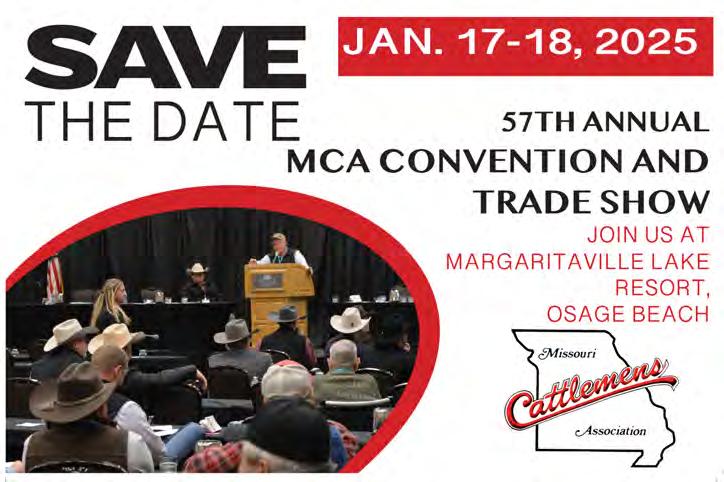
Oct. 27 L adies of Autumn Sale at the Wall Street Cattle Co., L ebanon, MO
Oct. 28 Buck Ridge Cattle Co. Fall Production Sale, Seymour, MO
Oct. 29 M issouri Shorthorn A ssociation Annual Fall Sale, Online
Nov. 1-2 G enePlus Brangus and U ltrablack Bull a nd Female Sale at Chimney Rock, Concord, AR
Nov. 1 Meyer Cattle Co. Sale, B owling Green, MO
Nov. 2 Henke Angus Sale, Salisbury, MO
Nov. 2 Ward Bros.Sale, Plattsburg, MO
Nov. 2 S eedstock Plus Sale, Osceola, MO
Nov. 2
Moriondo Farms & MM Cattle Co Fall P roduction Sale, Mt. Vernon, MO
Nov. 2 Worthington Angus Sale, Dadeville, MO
Nov. 7 E dwards Limousin Annual Online Sale, SC Online Sales
Nov. 9 Valley Oaks Female Sale, Warsaw, MO
Nov. 14 M isty Morning Limousin Inaugural Online Sale, L365 Auctions
Nov. 14 Valley View Angus Female Sale Nelson, MO
Nov. 16 P itts Angus Farms Sale, Hermitage, MO
Nov. 20 H inkle’s Prime Cut Angus Embryo Sale Nevada, MO
Nov. 21 B enoit Angus Female Sale, Esbon, KS
Nov. 23 Sydenstricker Genetics 46th Annual P roduction Sale, Mexico, MO
Nov. 23 Dalebanks Ranch Bull Sale, Eureka, KS
Nov. 30 Galaxy Beef Sale, Macon, MO
Dec. 2 B oyce-Dill Cattle Cyber Monday Online Sale, L365 Auctions
Dec. 19 Glendenning J Bar J Holiday Classic Sale, L 365 Auctions
The MBC Classified column appears monthly Classified advertising is only 50¢ per word. Send your check with your ad to Missouri Beef Cattleman, P.O. Box 480977, Kansas City, MO 64148. Deadline 15th of month before an issue.
“REESE” DISC MOWERS, CADDY V-RAKES, “REESE” TUBE-LINE BALE WRAPPER, AITCHISON DRILLS, SELF-UNLOADING HAY TRAILERS, HEAVY DUTY BALE AND MINERAL FEEDERS, FEED BUNKS, BALE SPIKES, CONTINUOUS FENCING, COMPLETE CORRAL SYSTEMS, INSTALLATION AVAILABLE: Tigerco Distributing Co. 660-645-2212, 800-432-4020 or www.tigercoinc.com.
BLACK SIMMENTAL BULLS SINCE 1993: Calving Ease, Attractive, Athletic, Sound Footed and Docile. We Deliver. Mike Williams, Higginsville, 816-797-5450
SYCAMORE CREEK SIMANGUS BULLS & BRED HEIFERS FOR SALE. Great EPDs. Wayne and Anita Vanderwert -15 minutes from Columbia. 573-808-3000 or 303-506-3508
